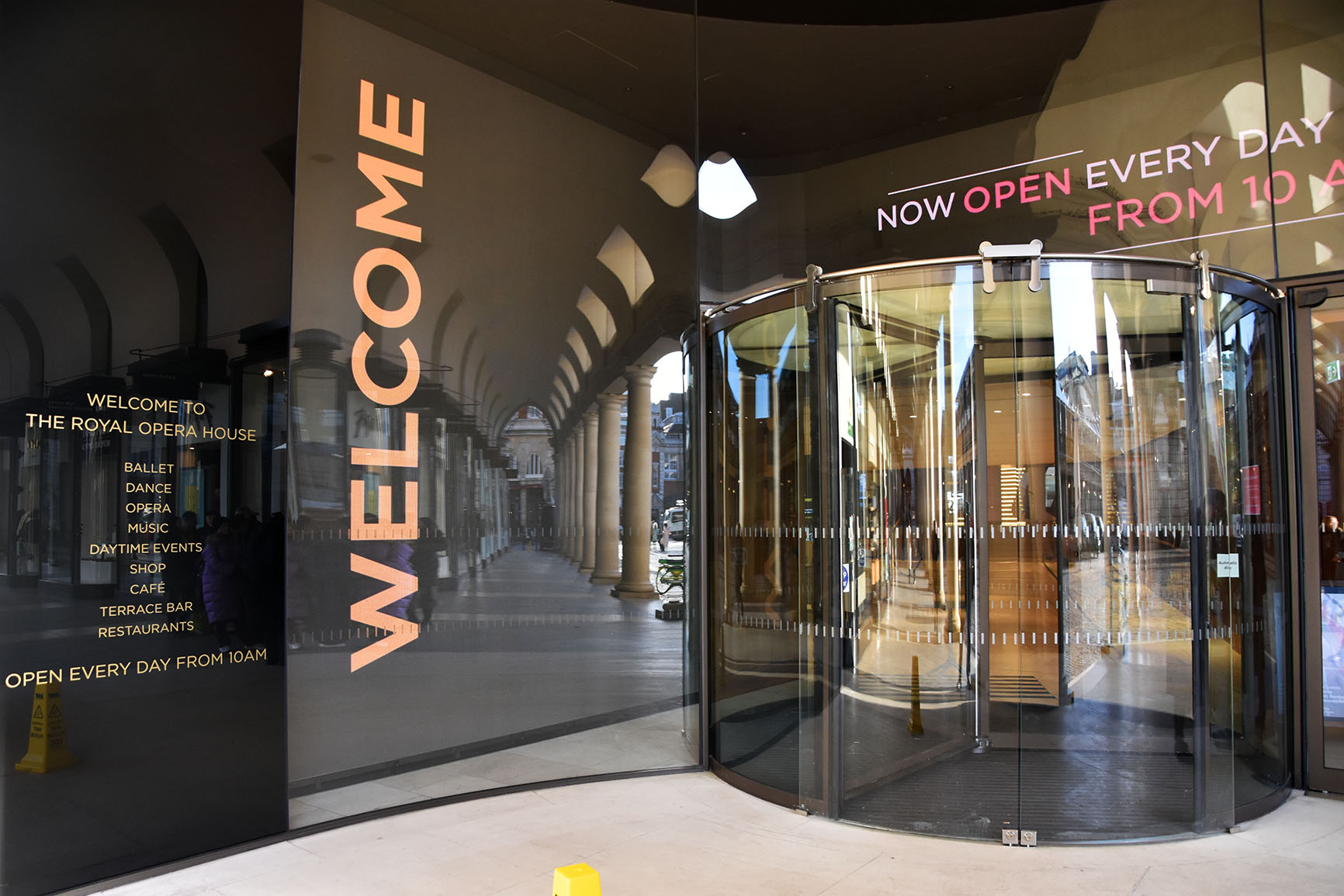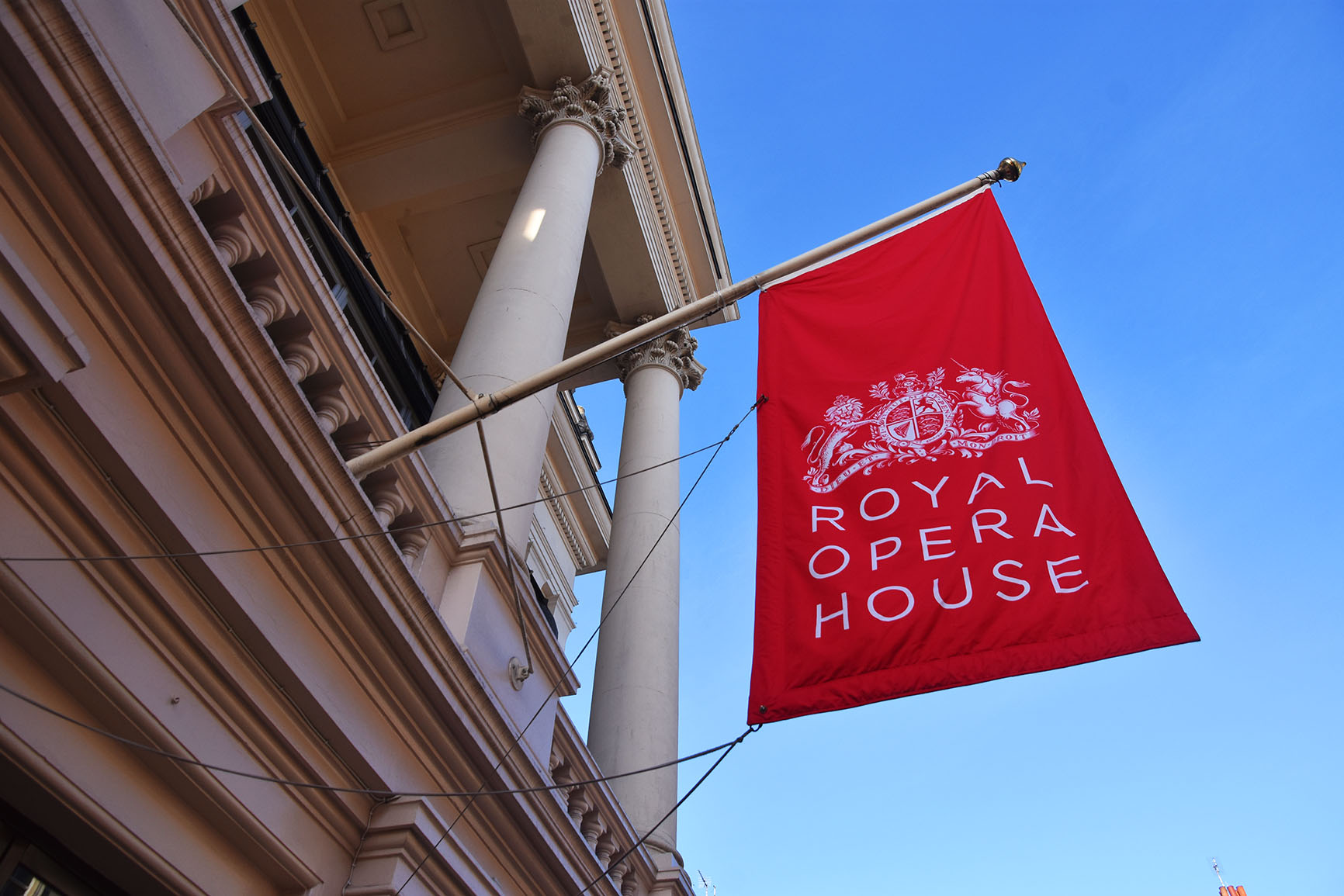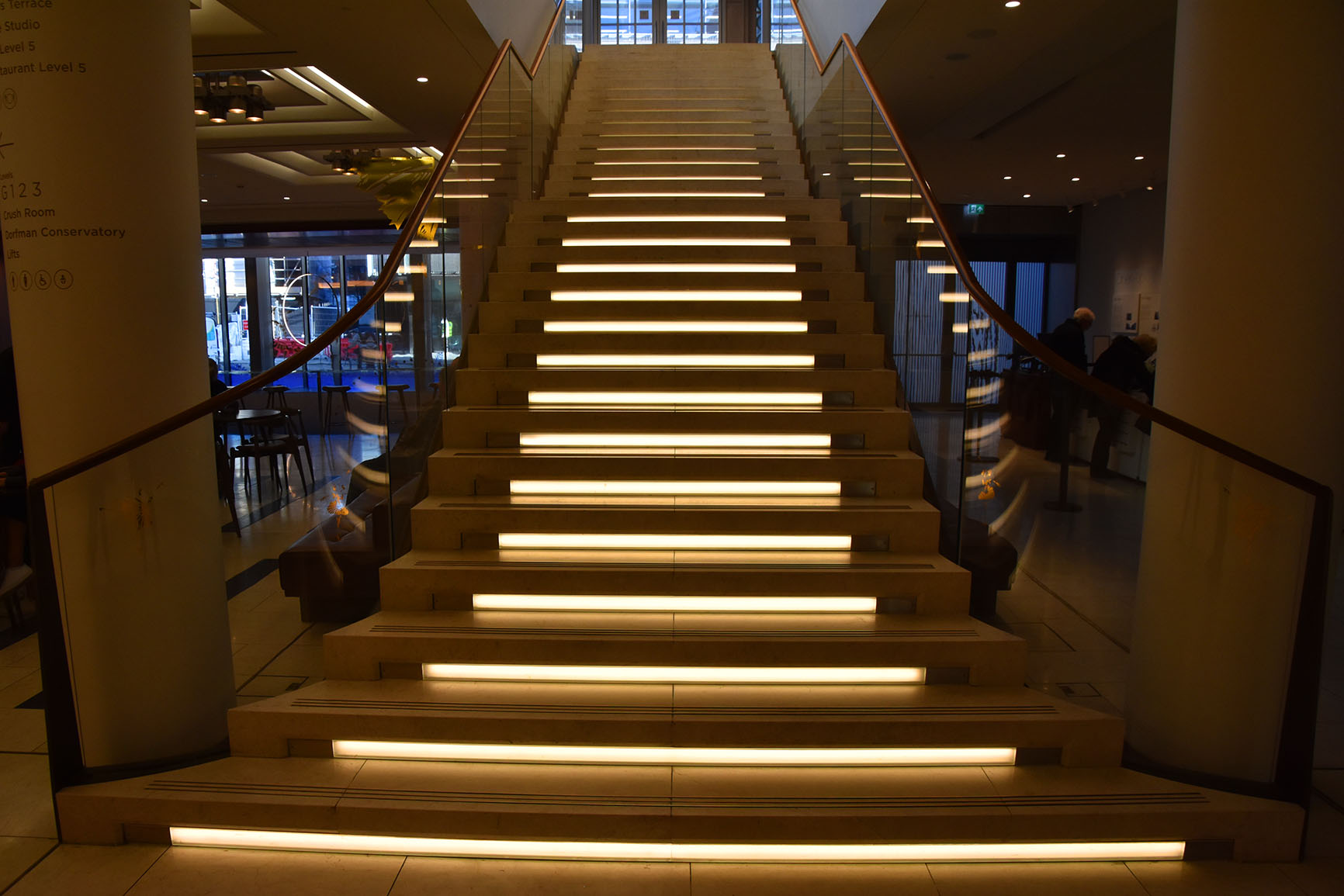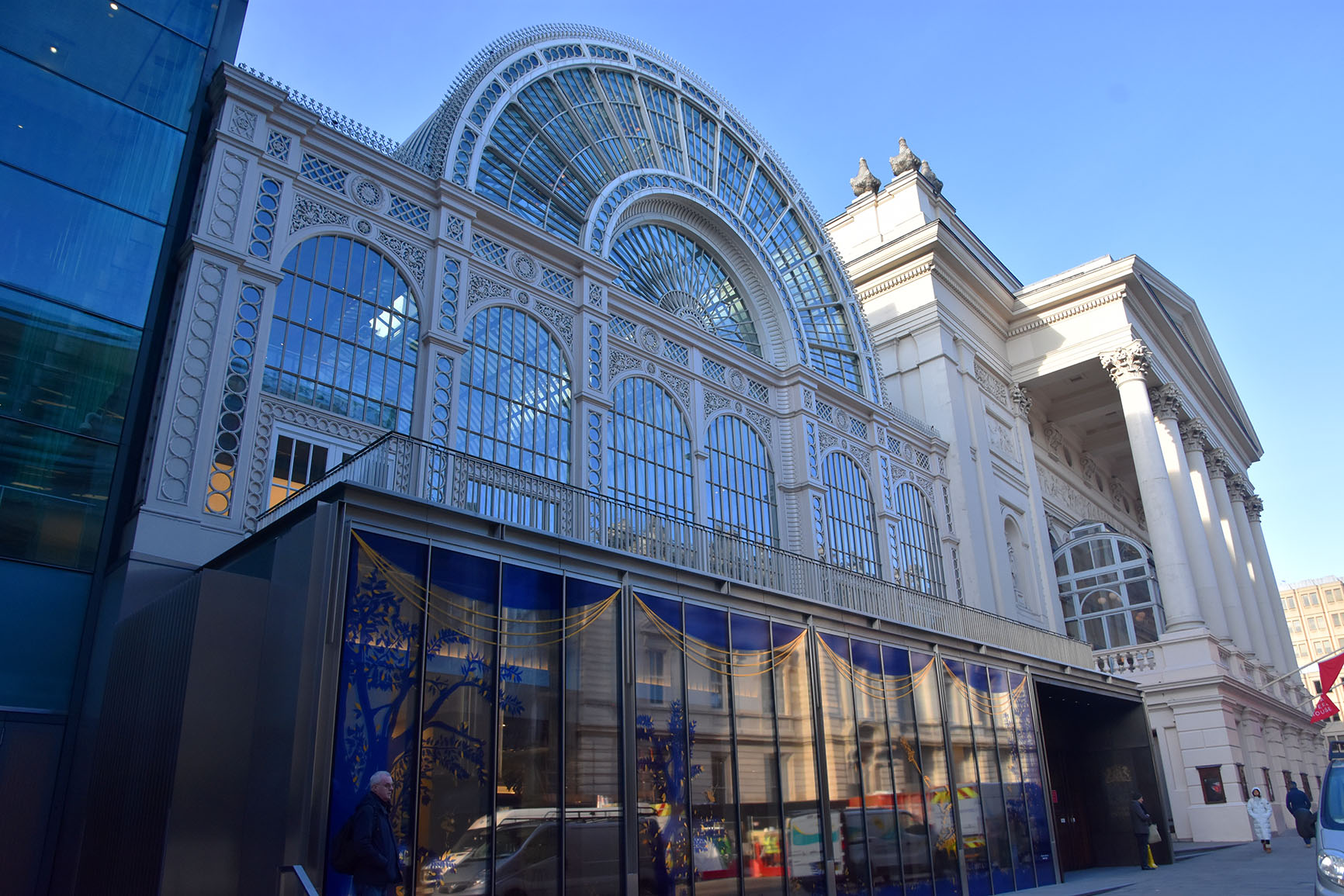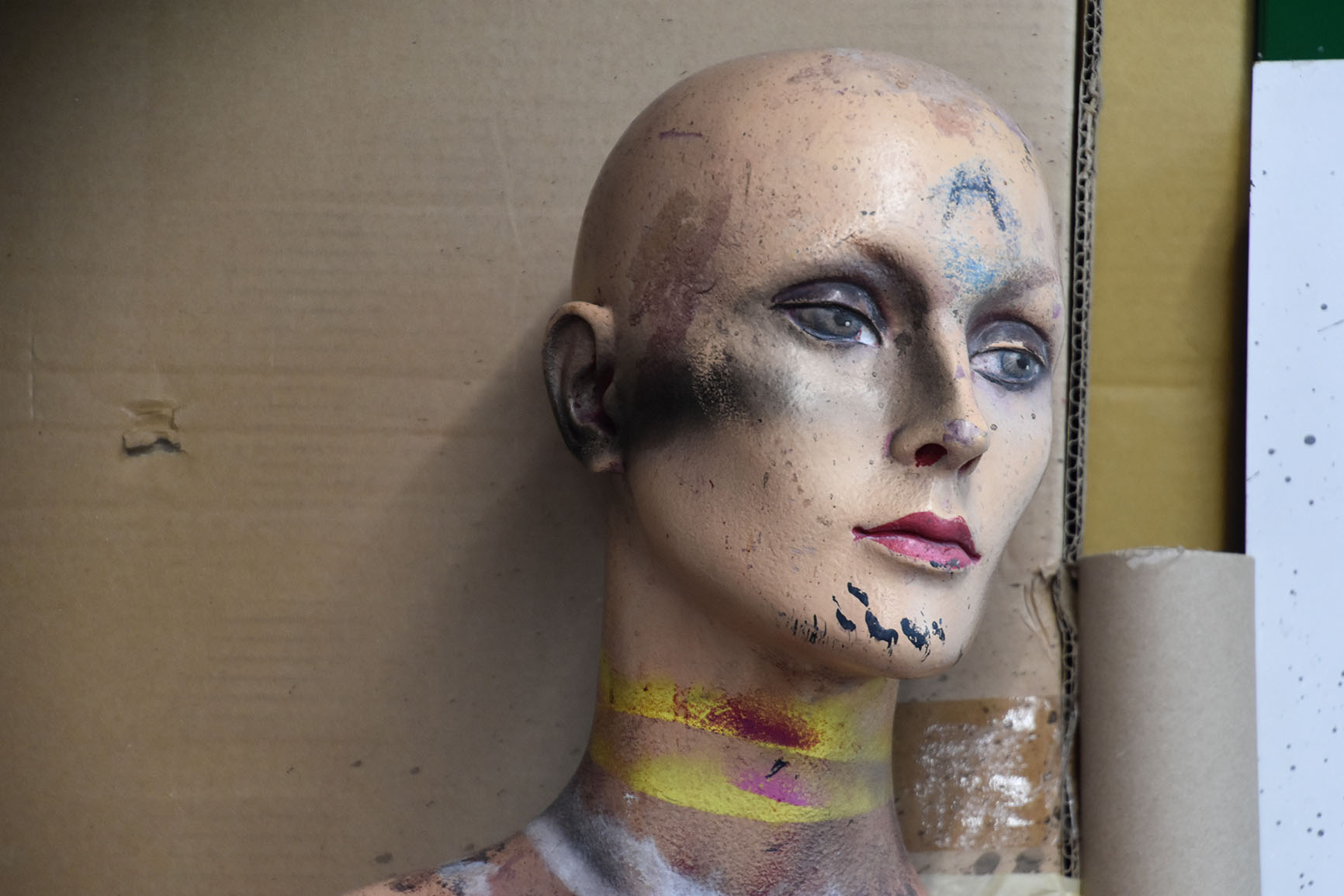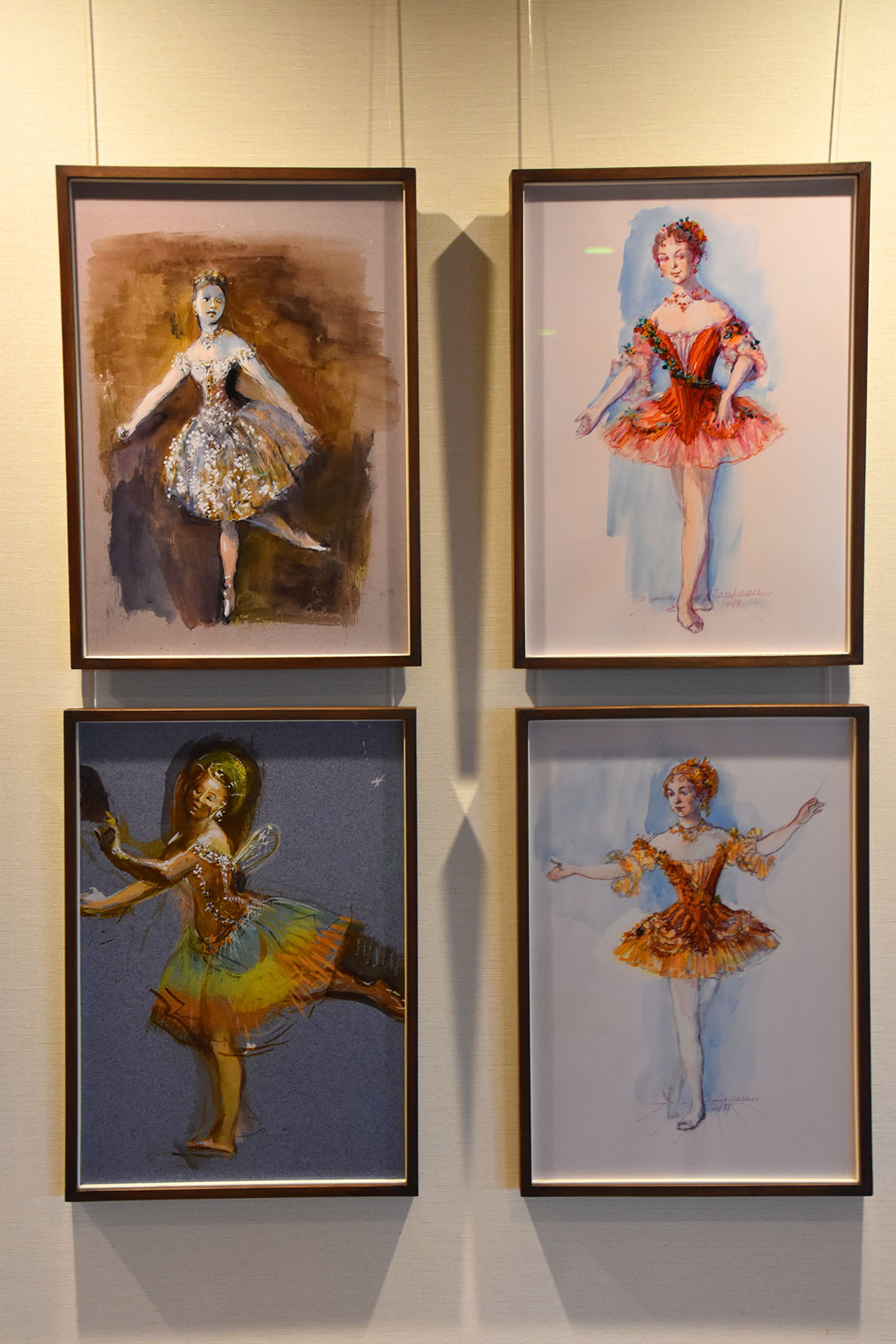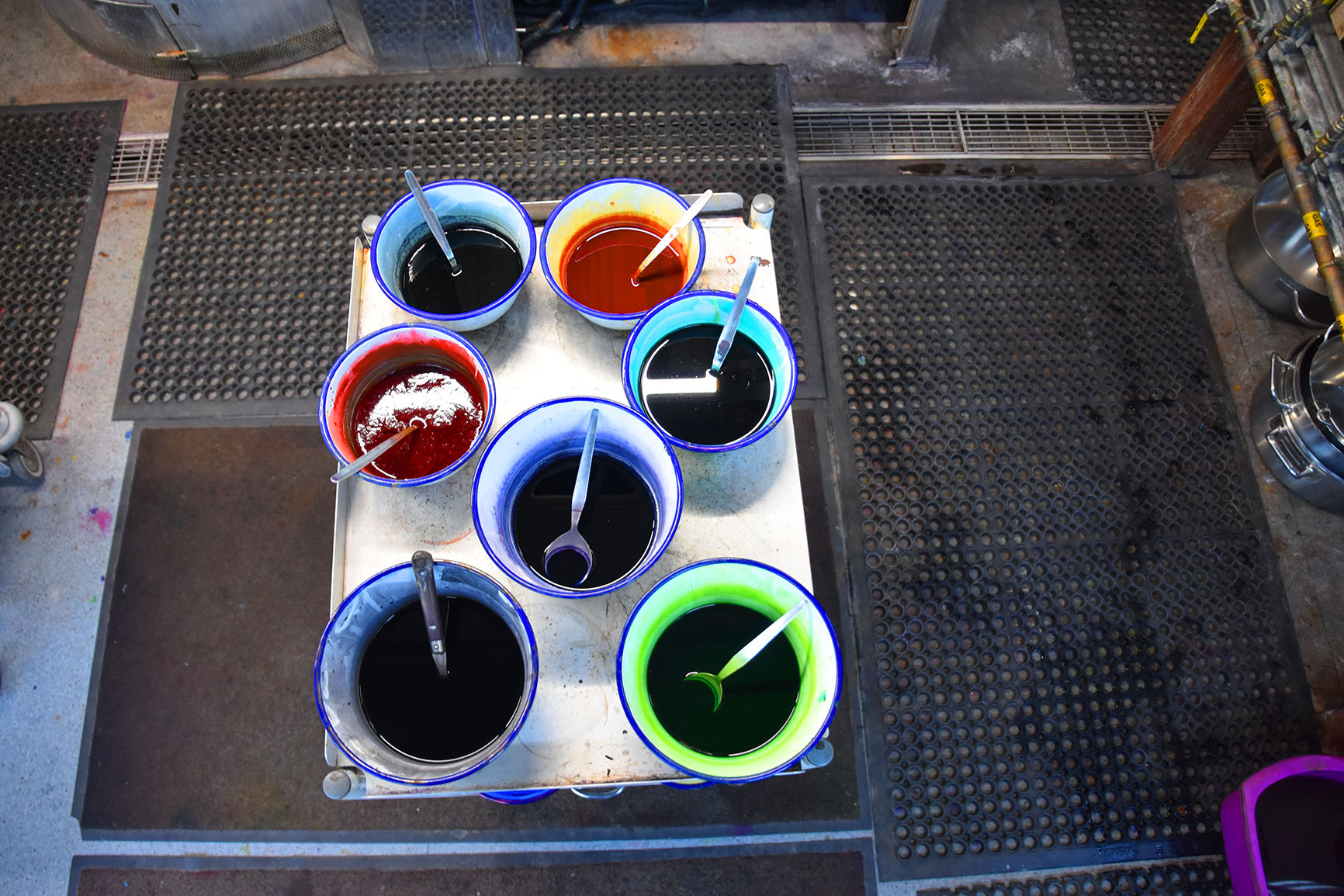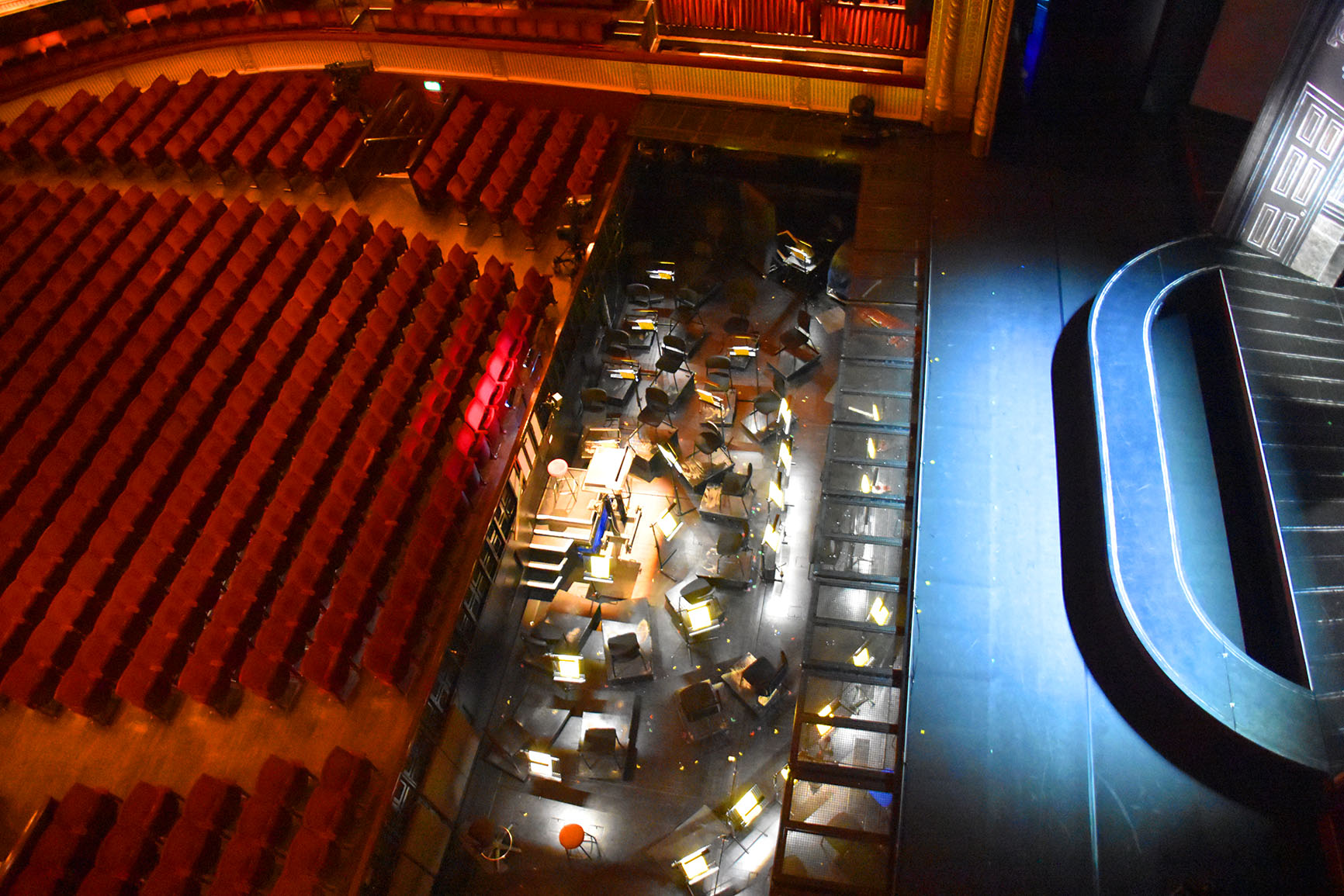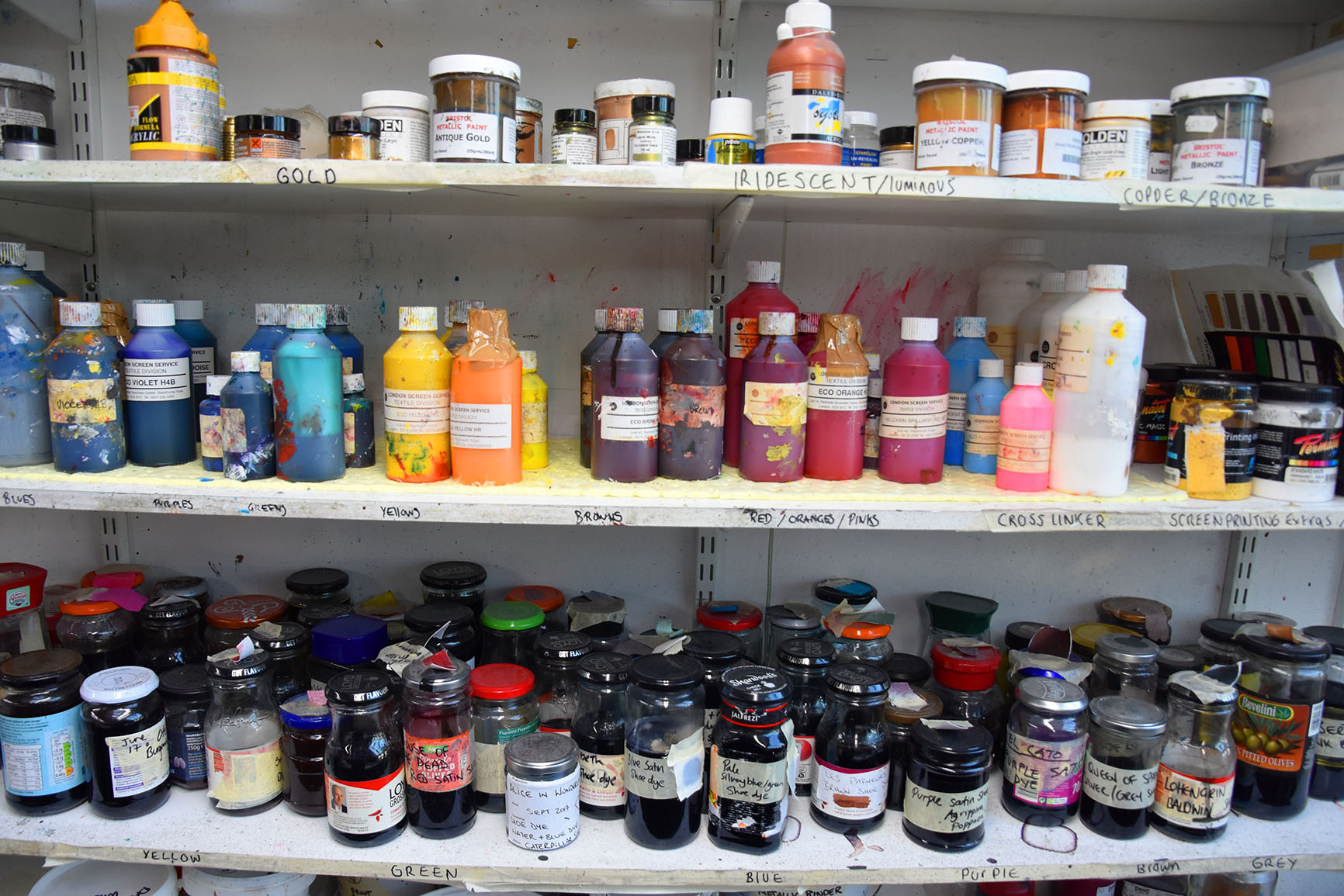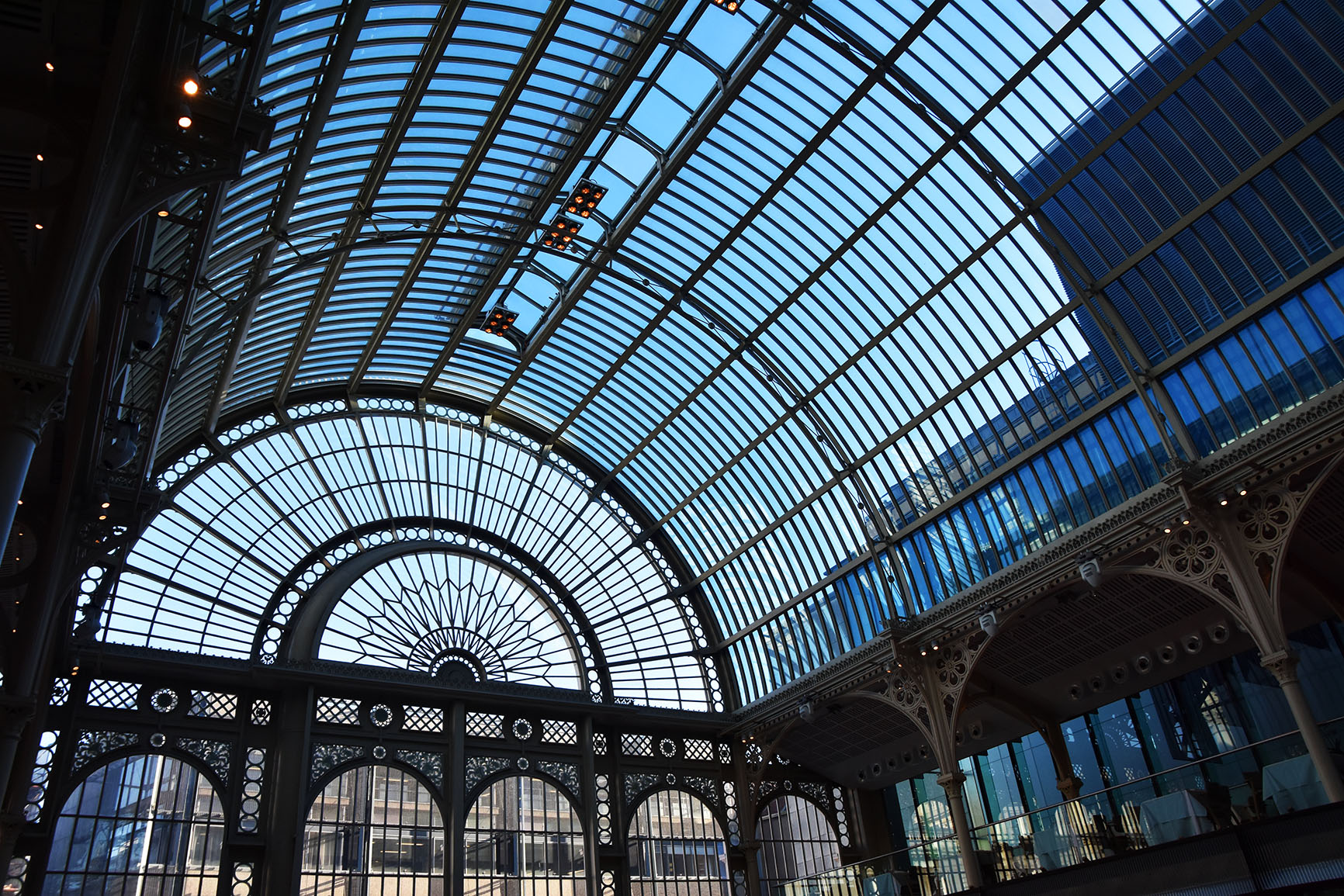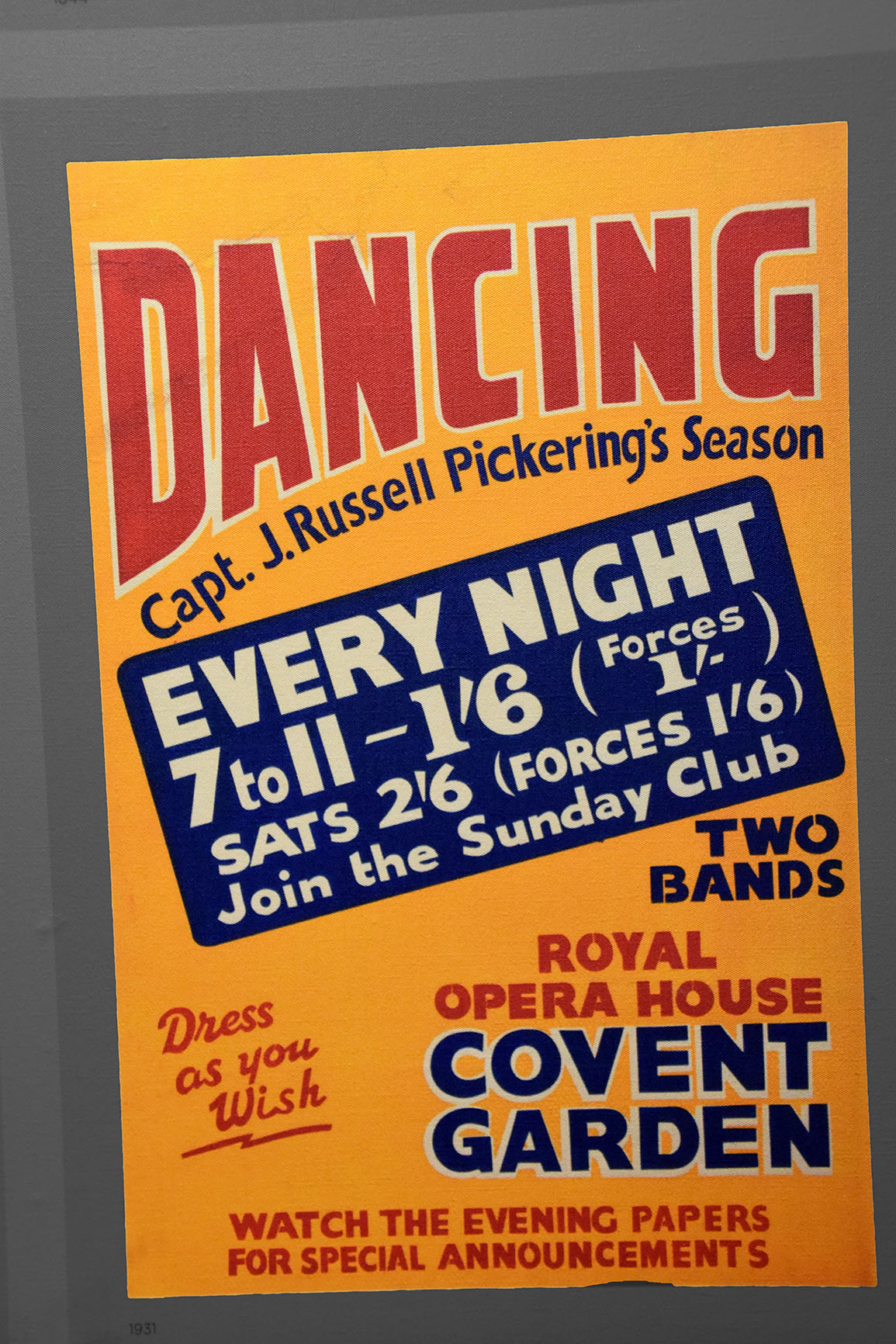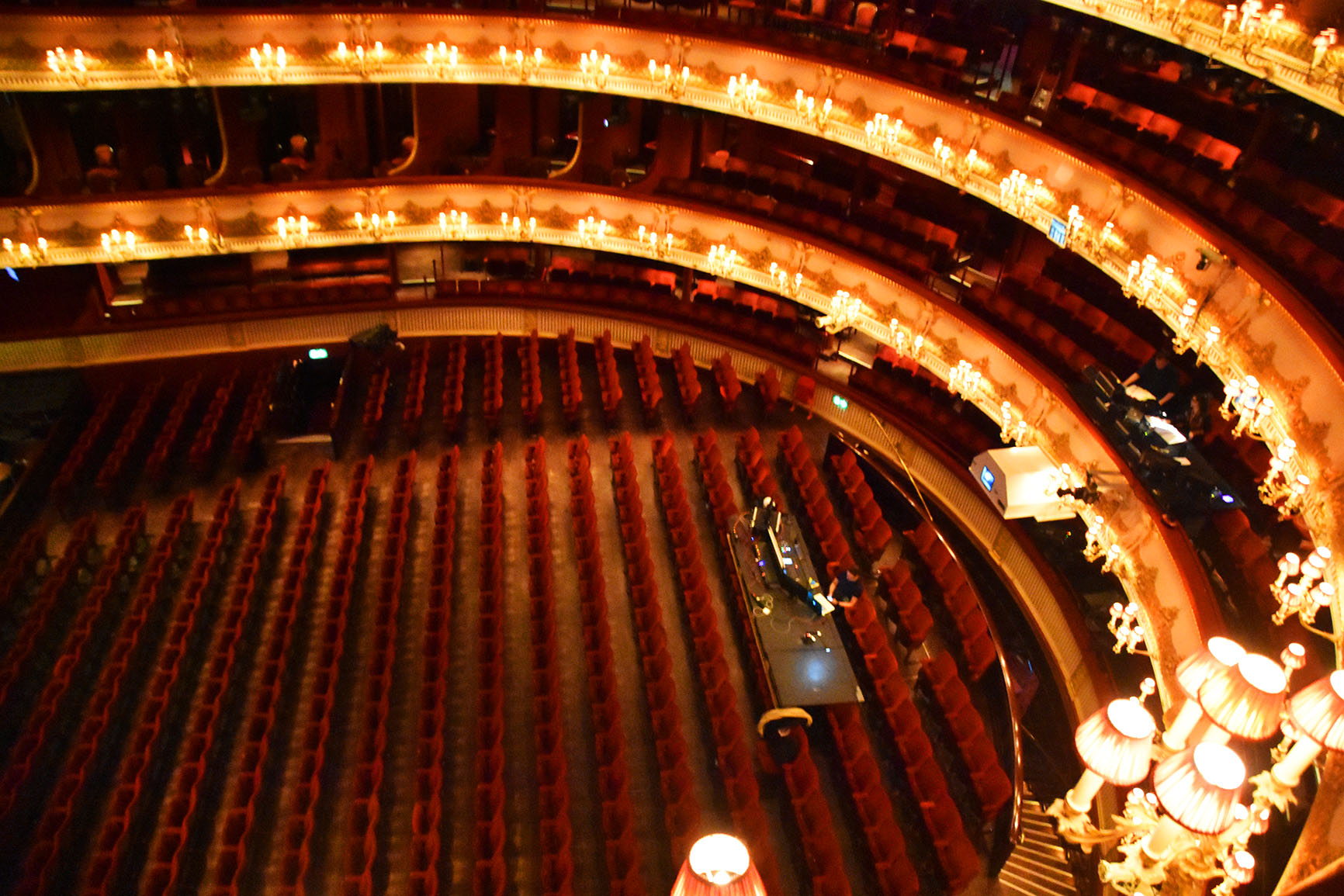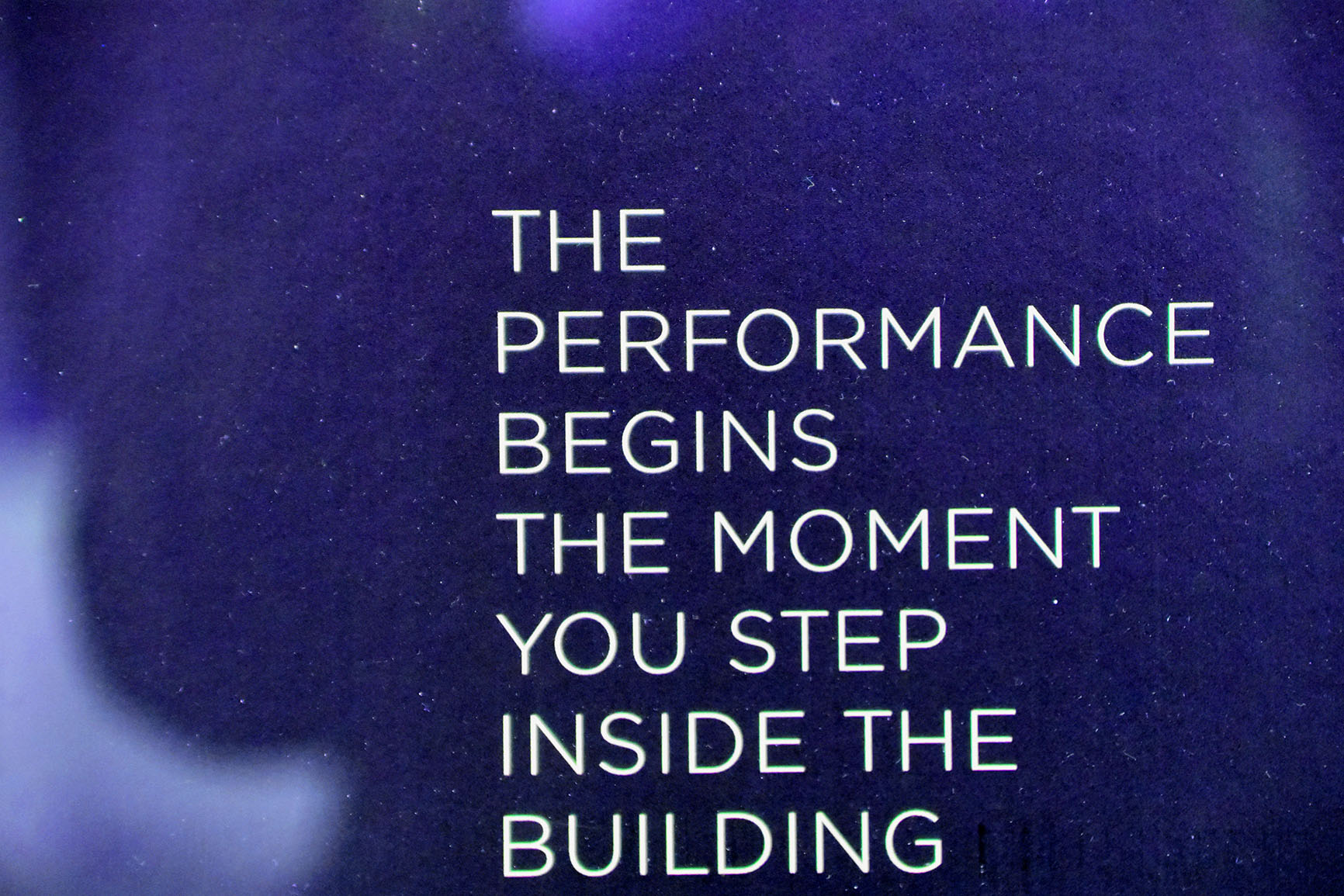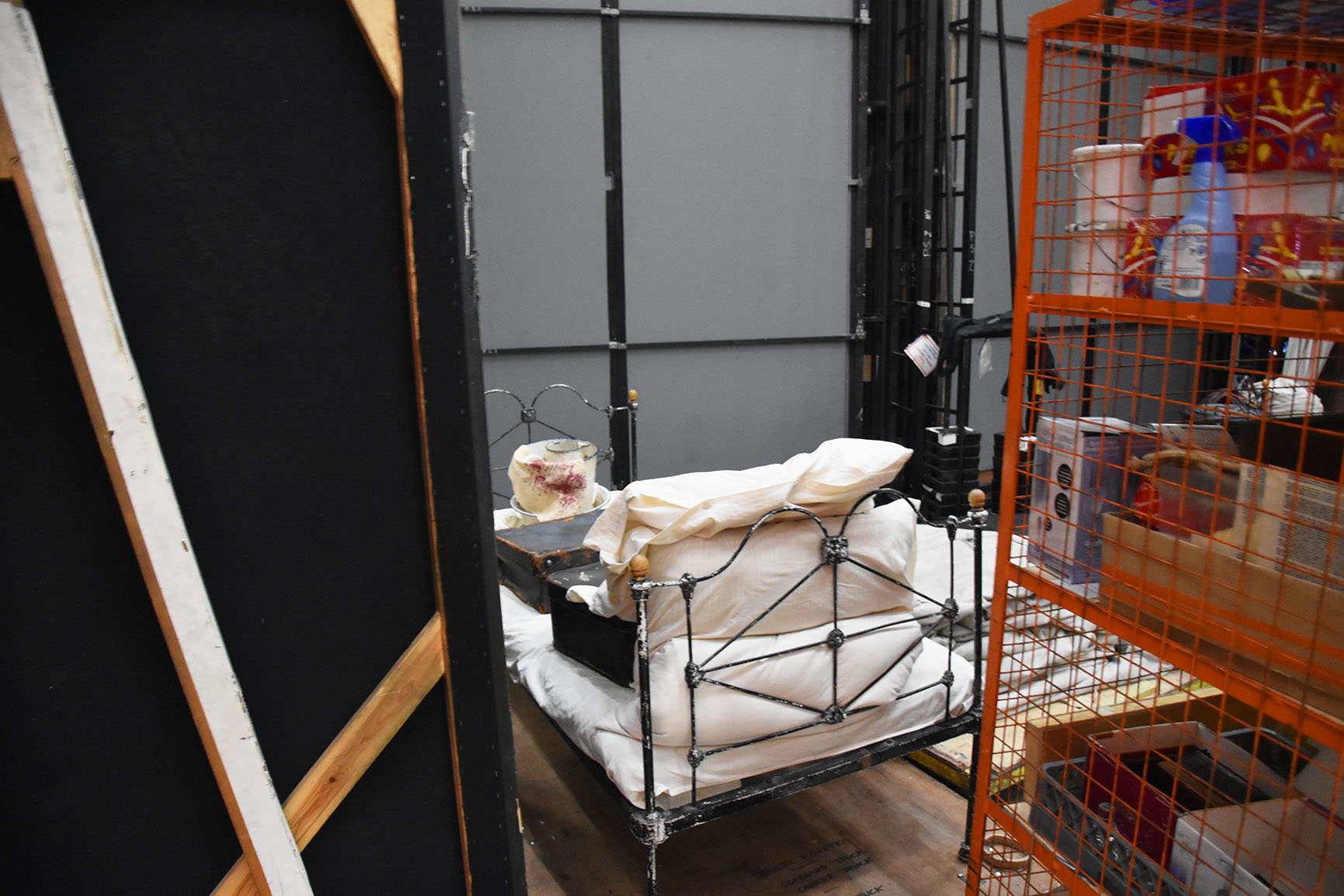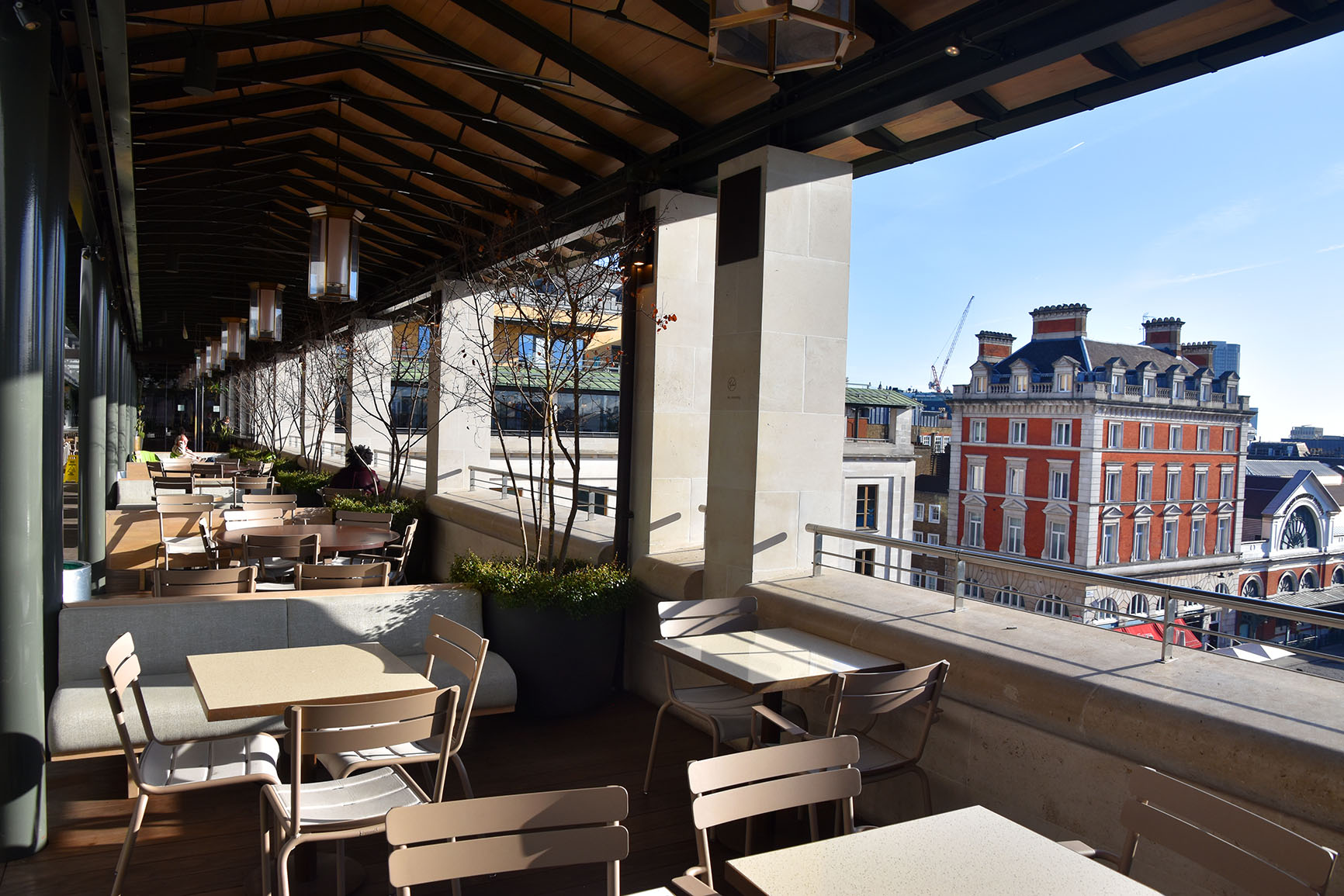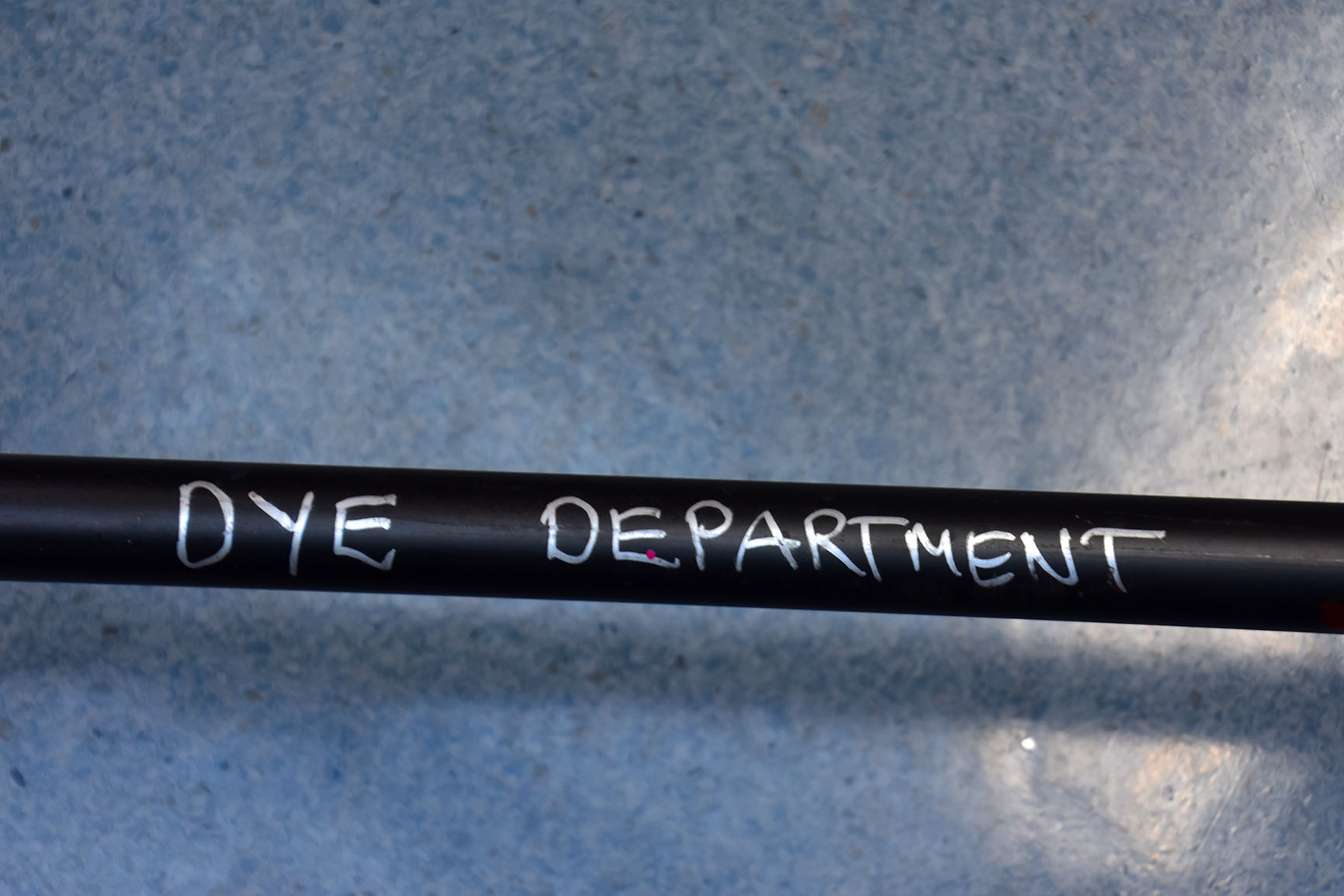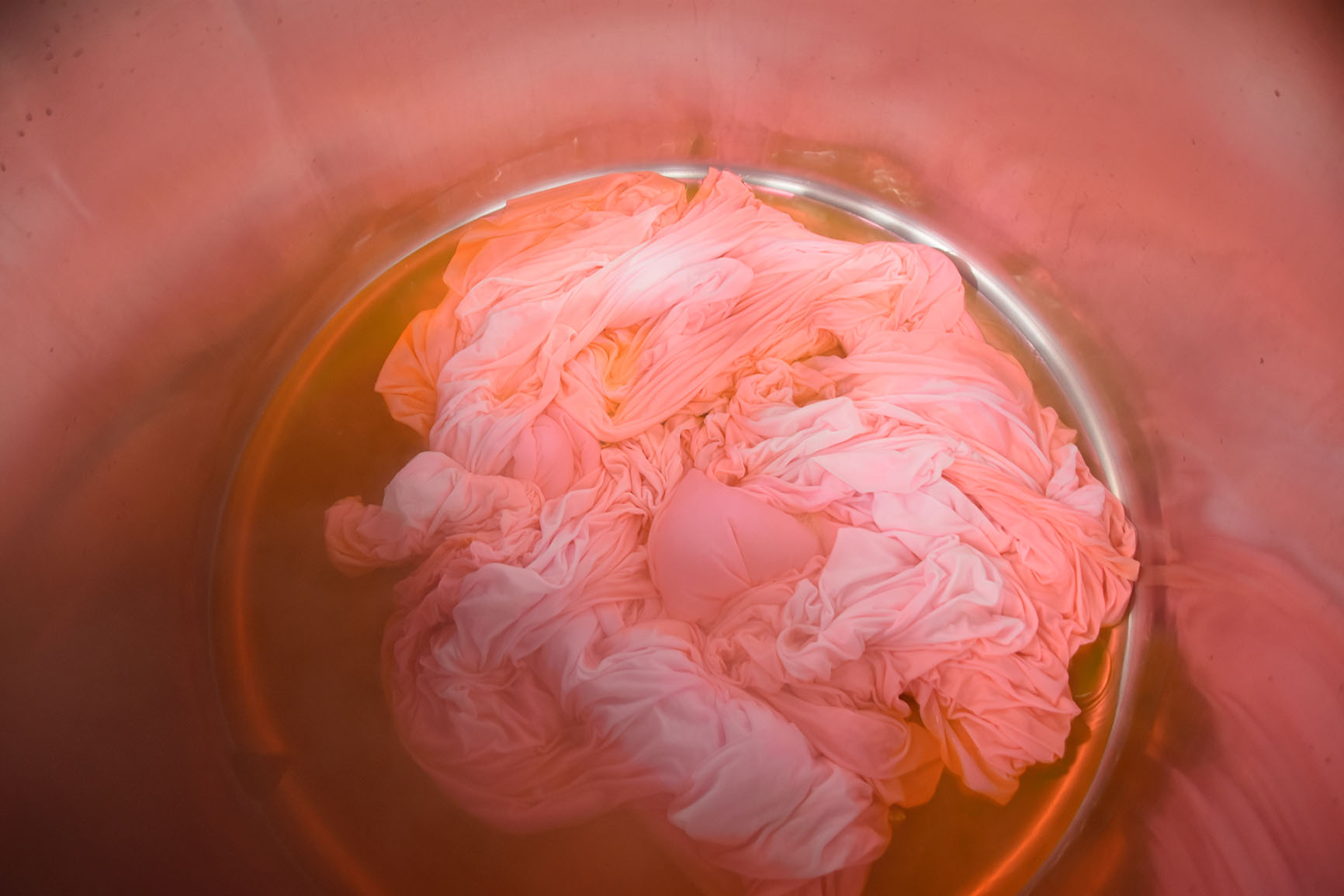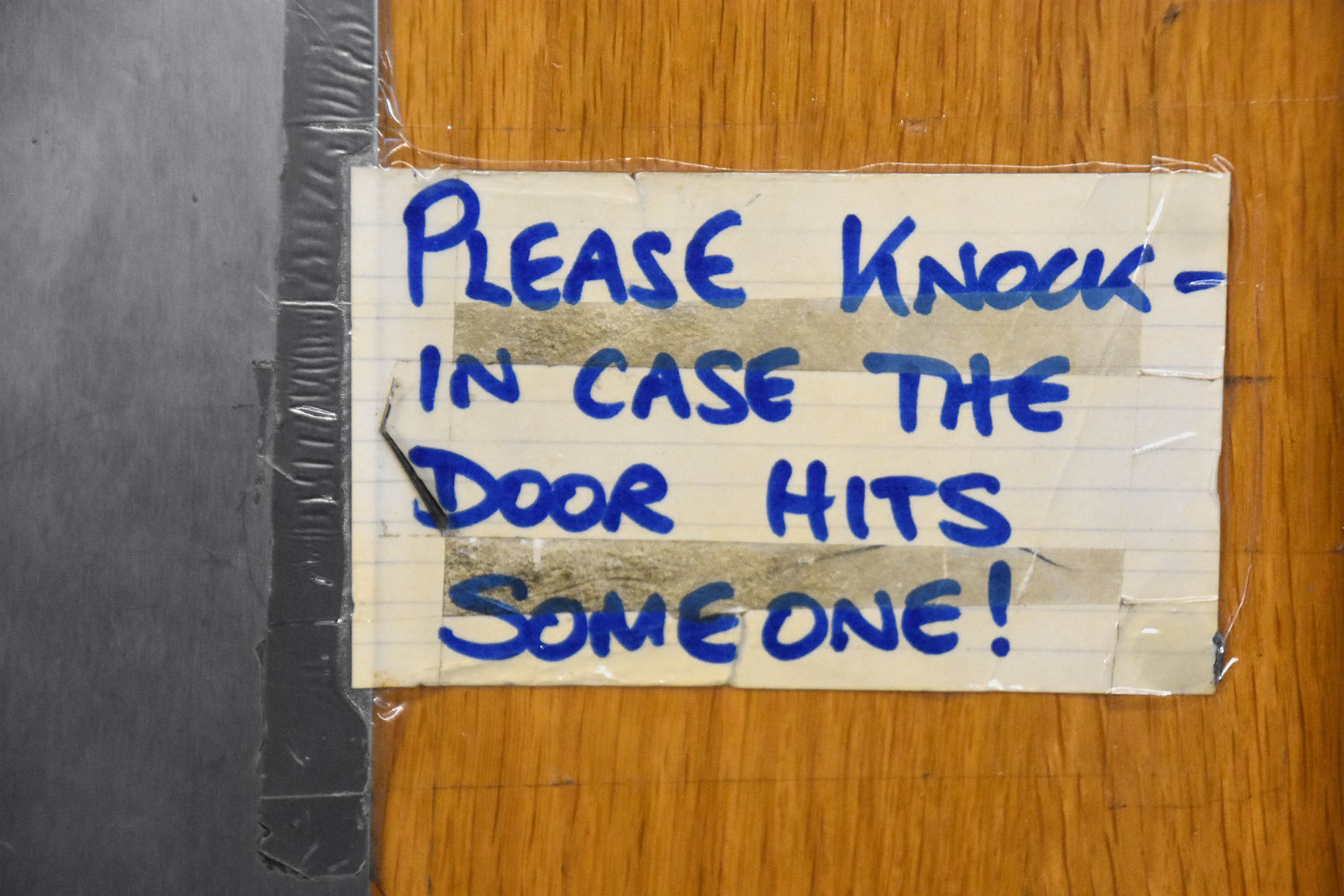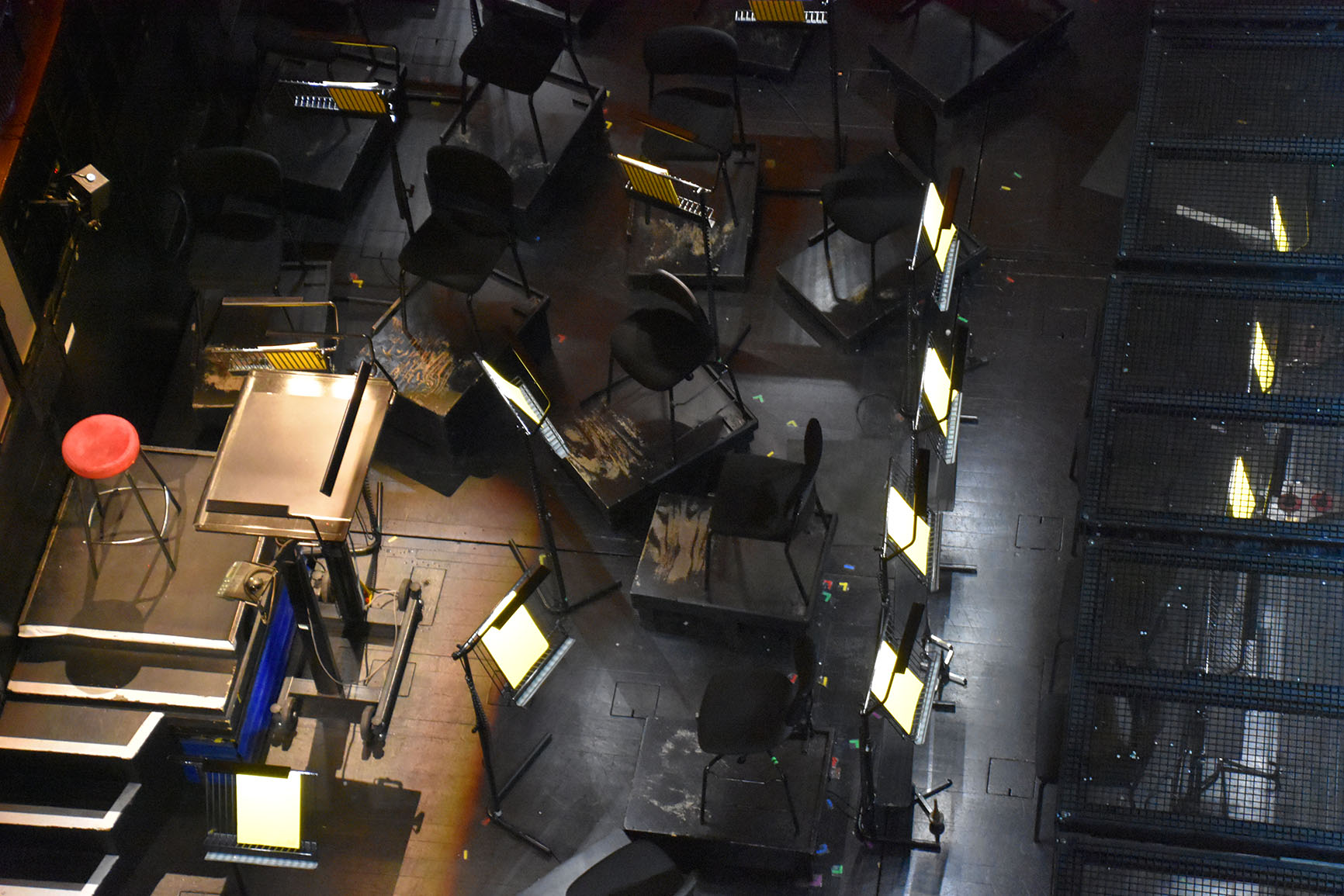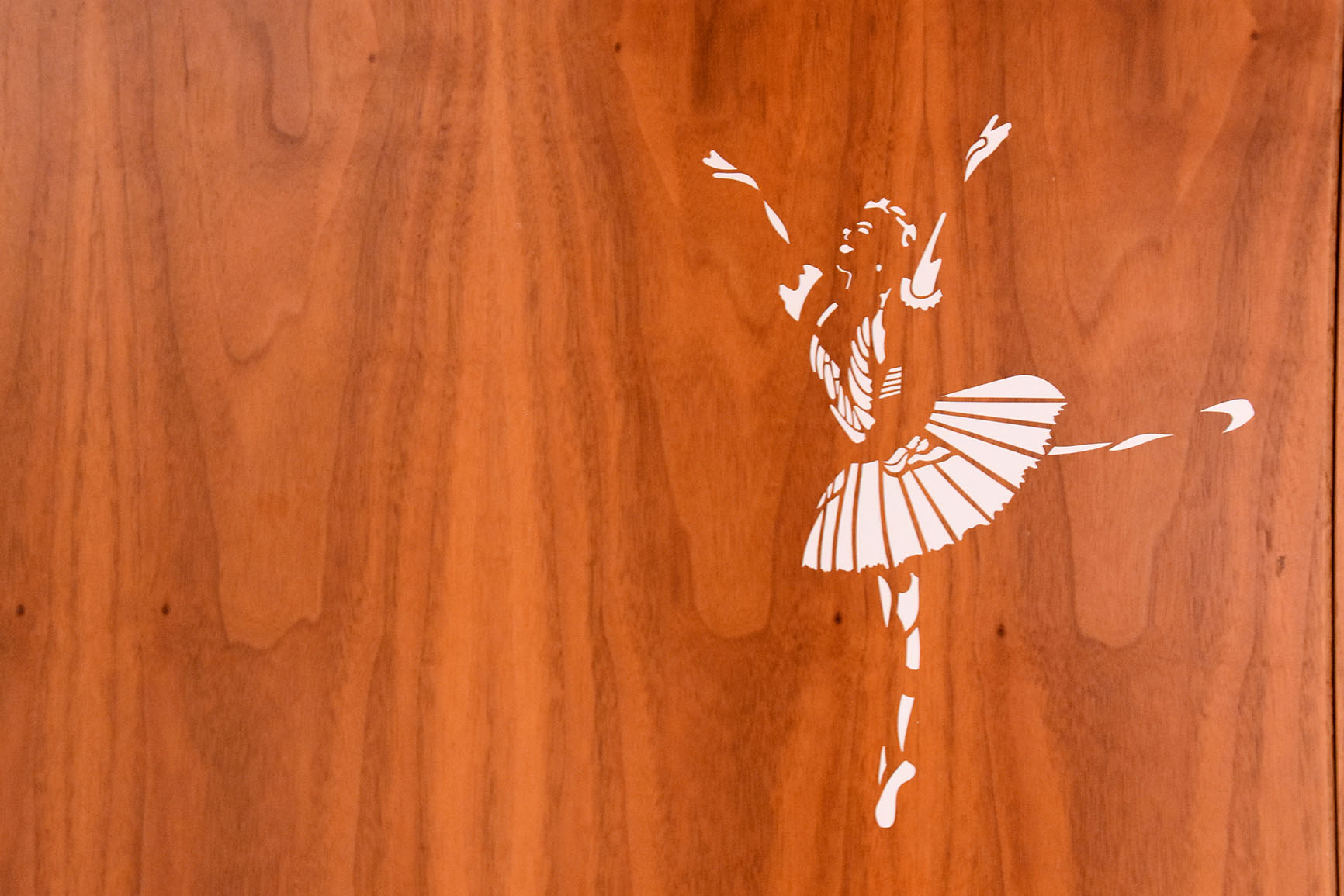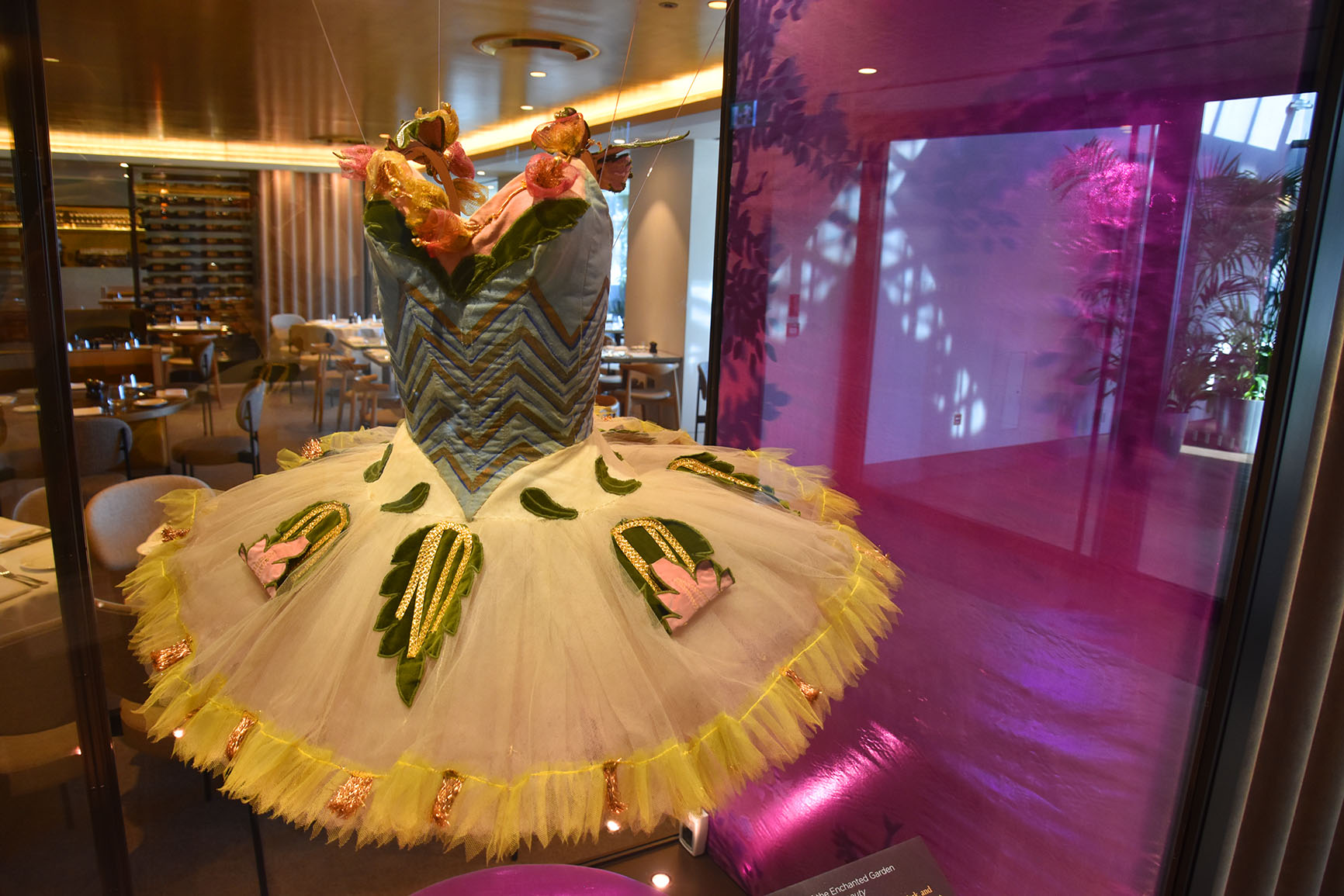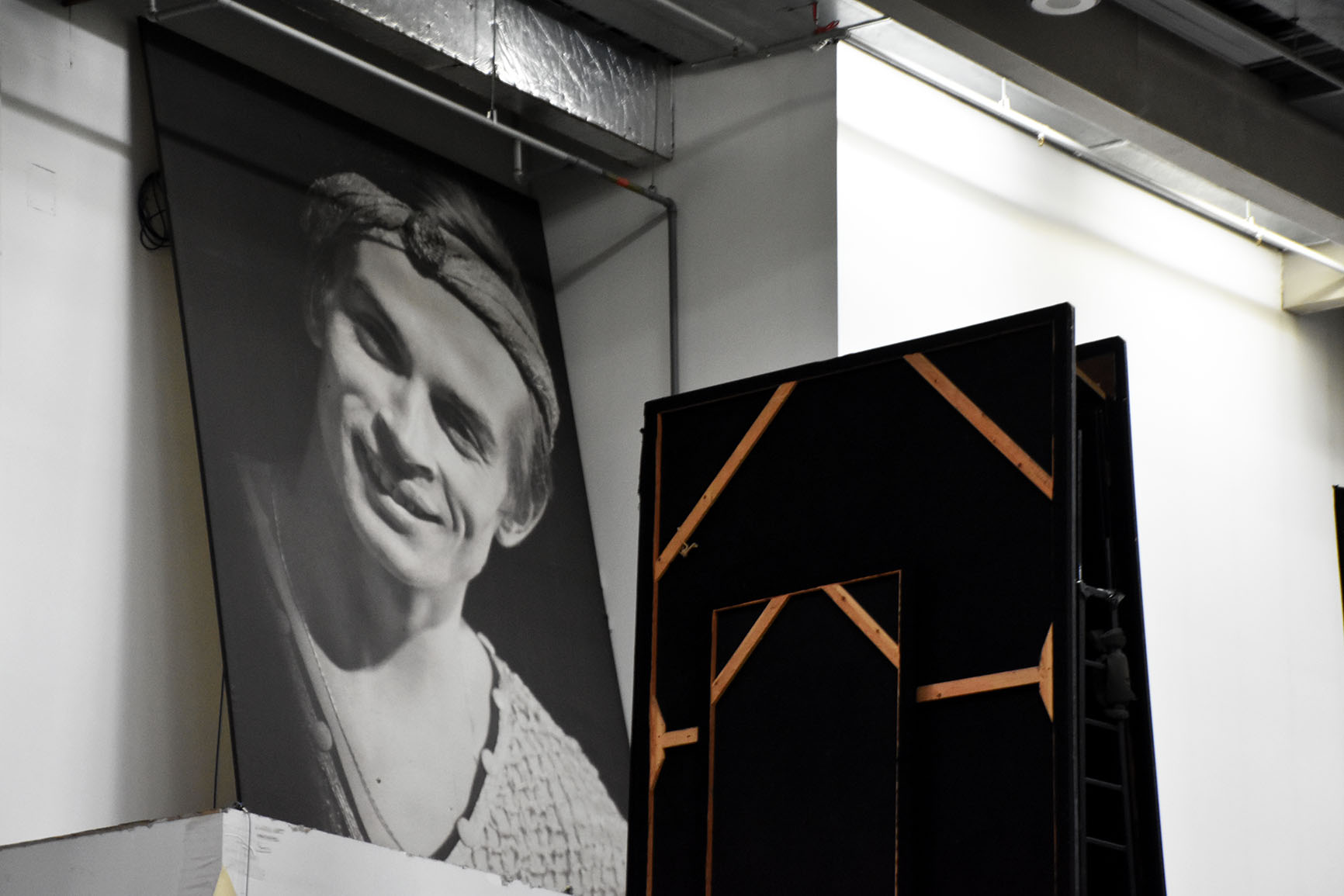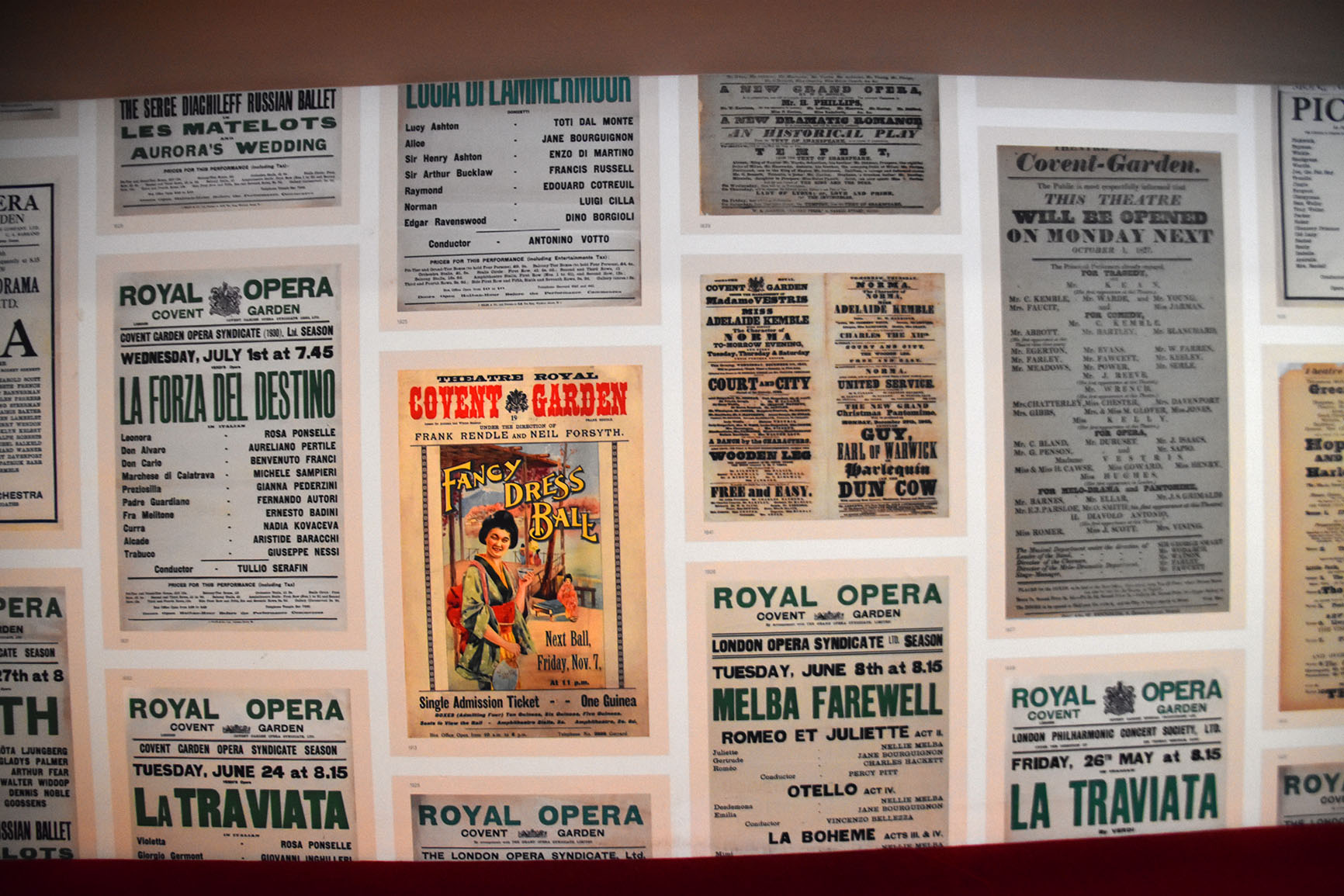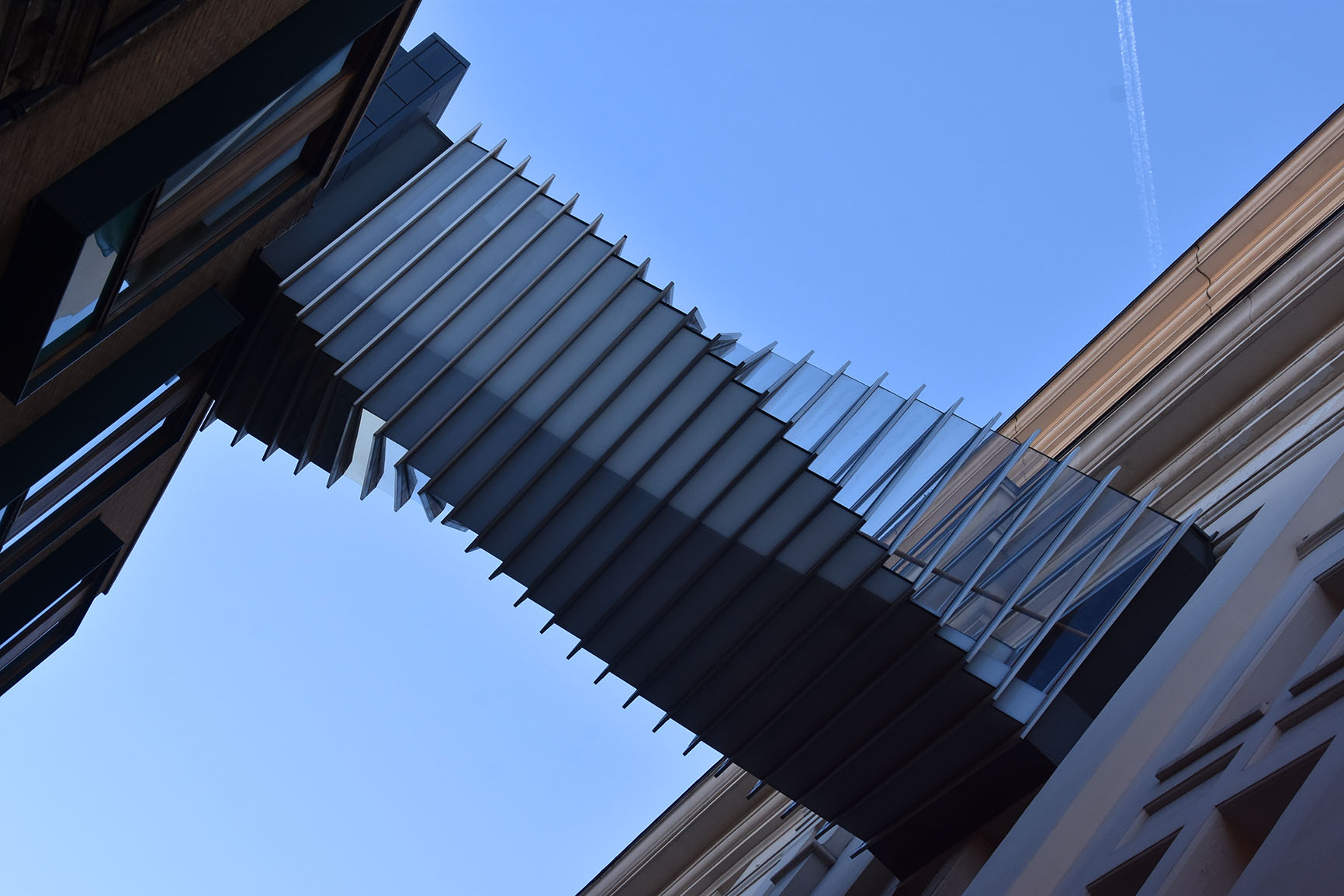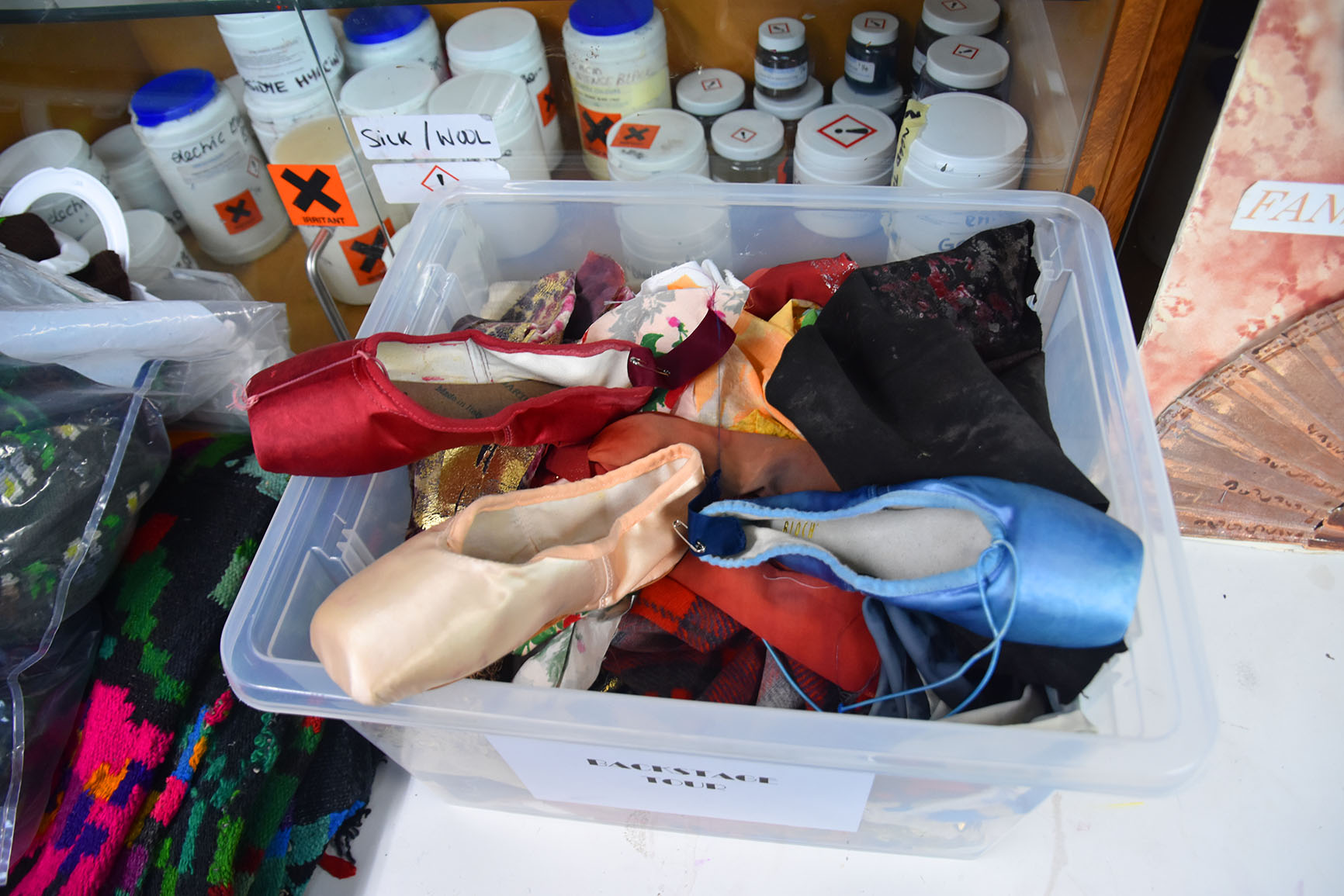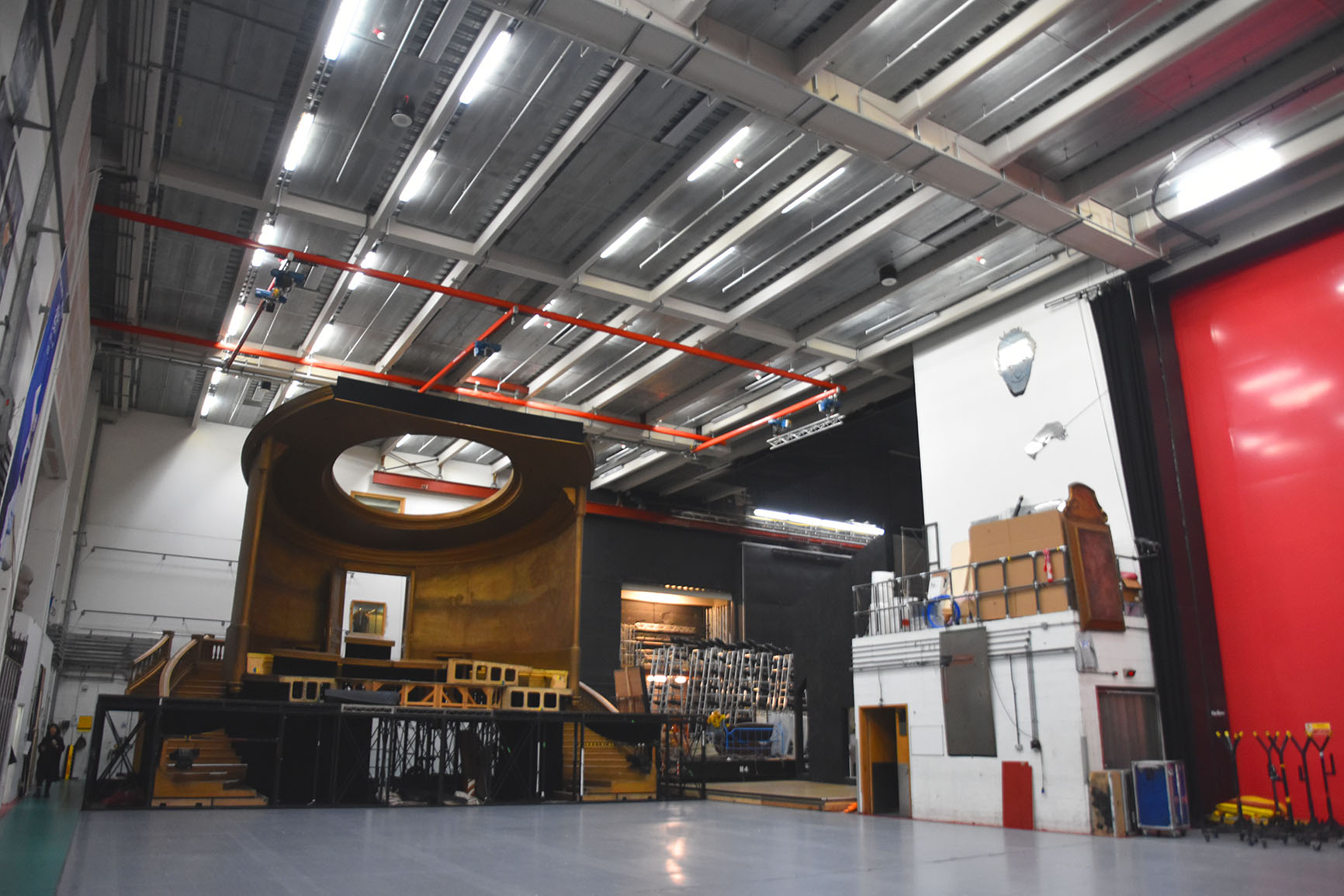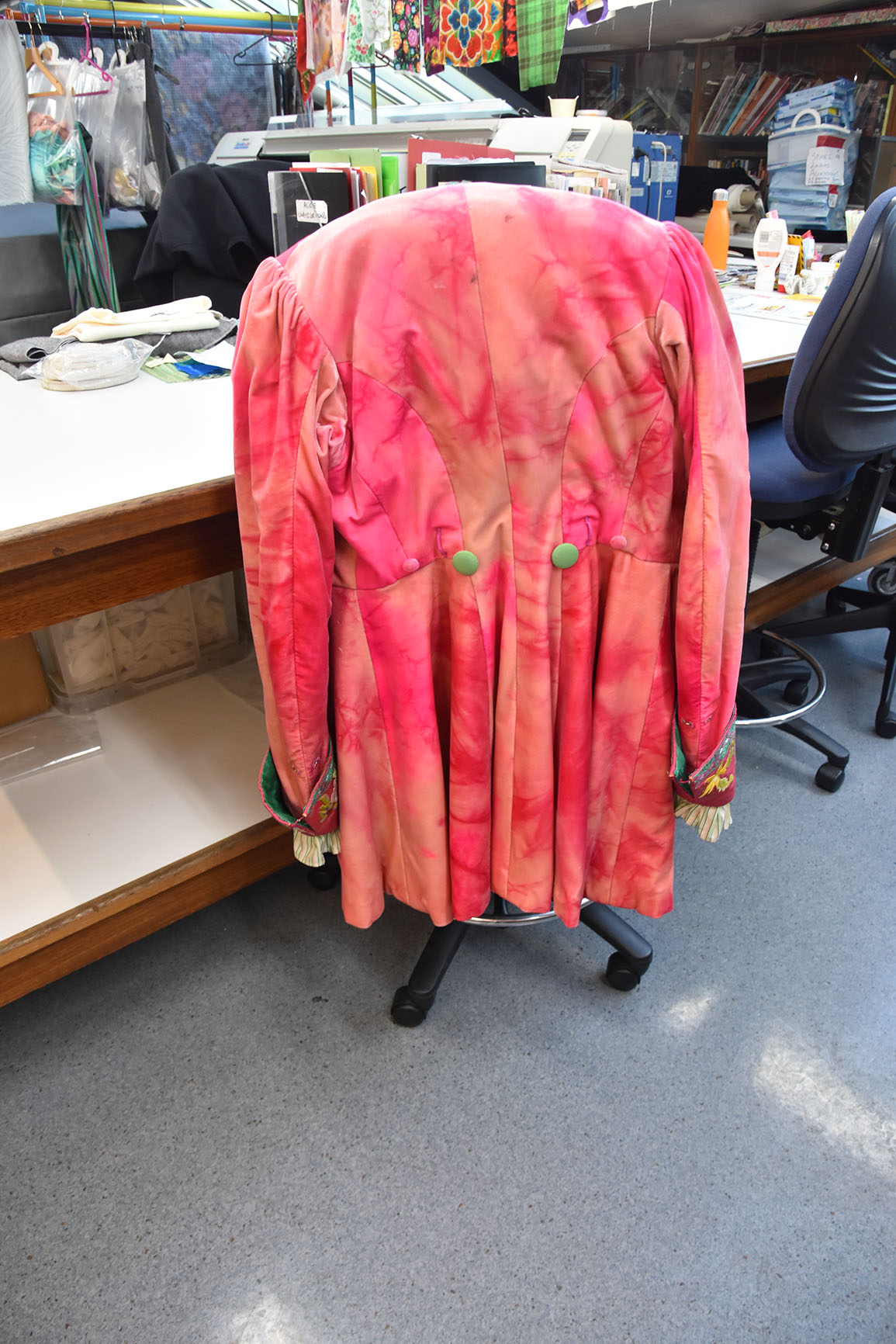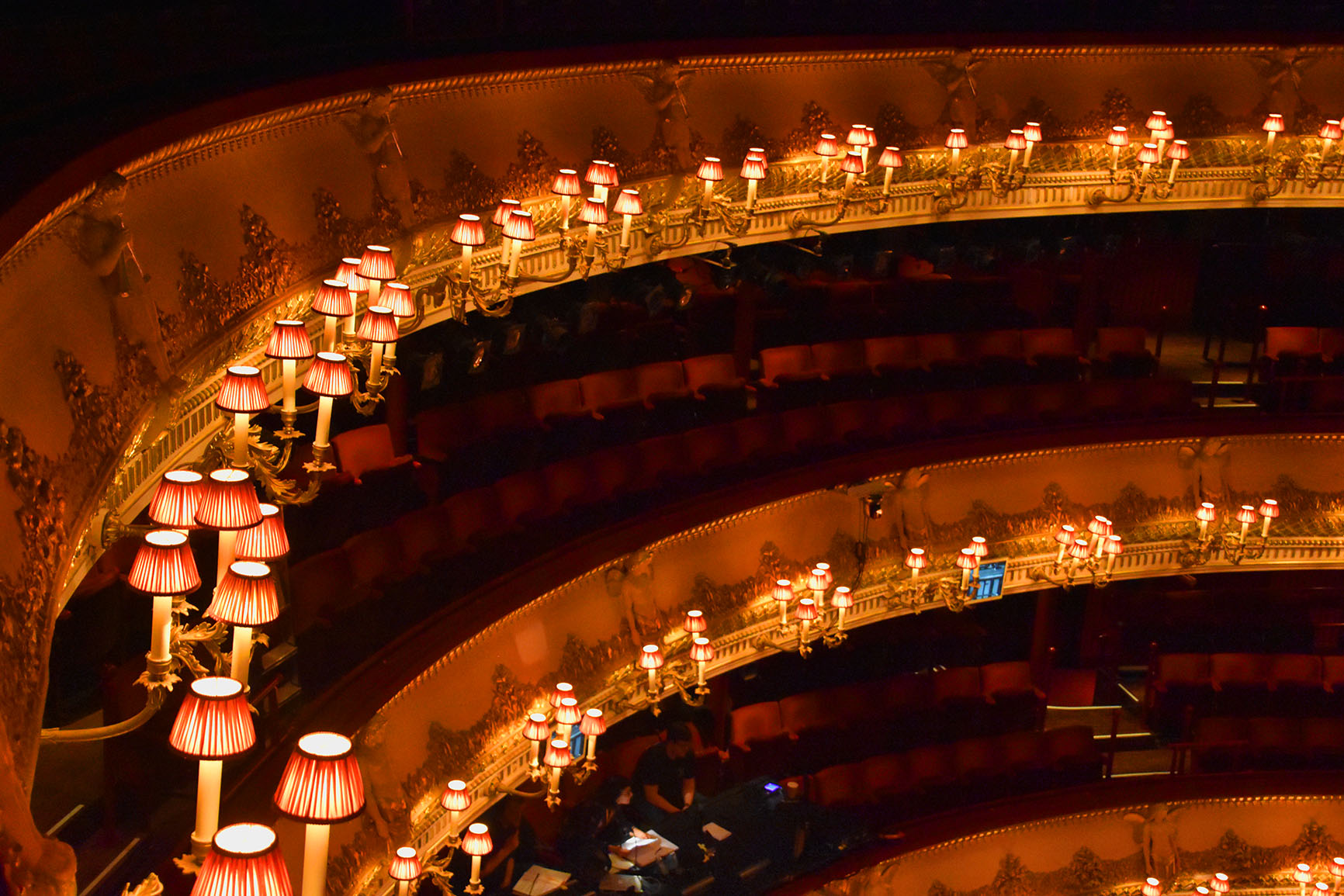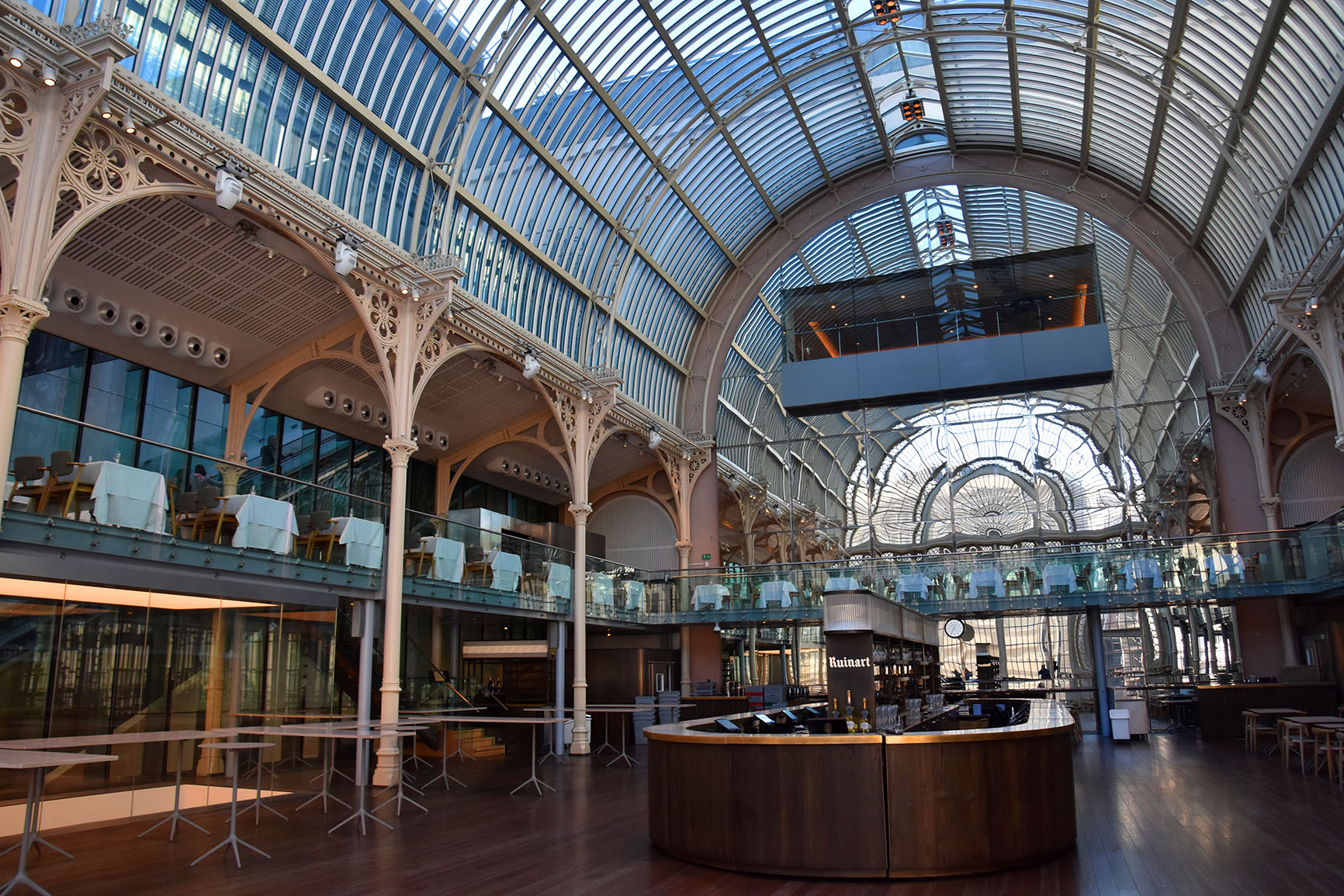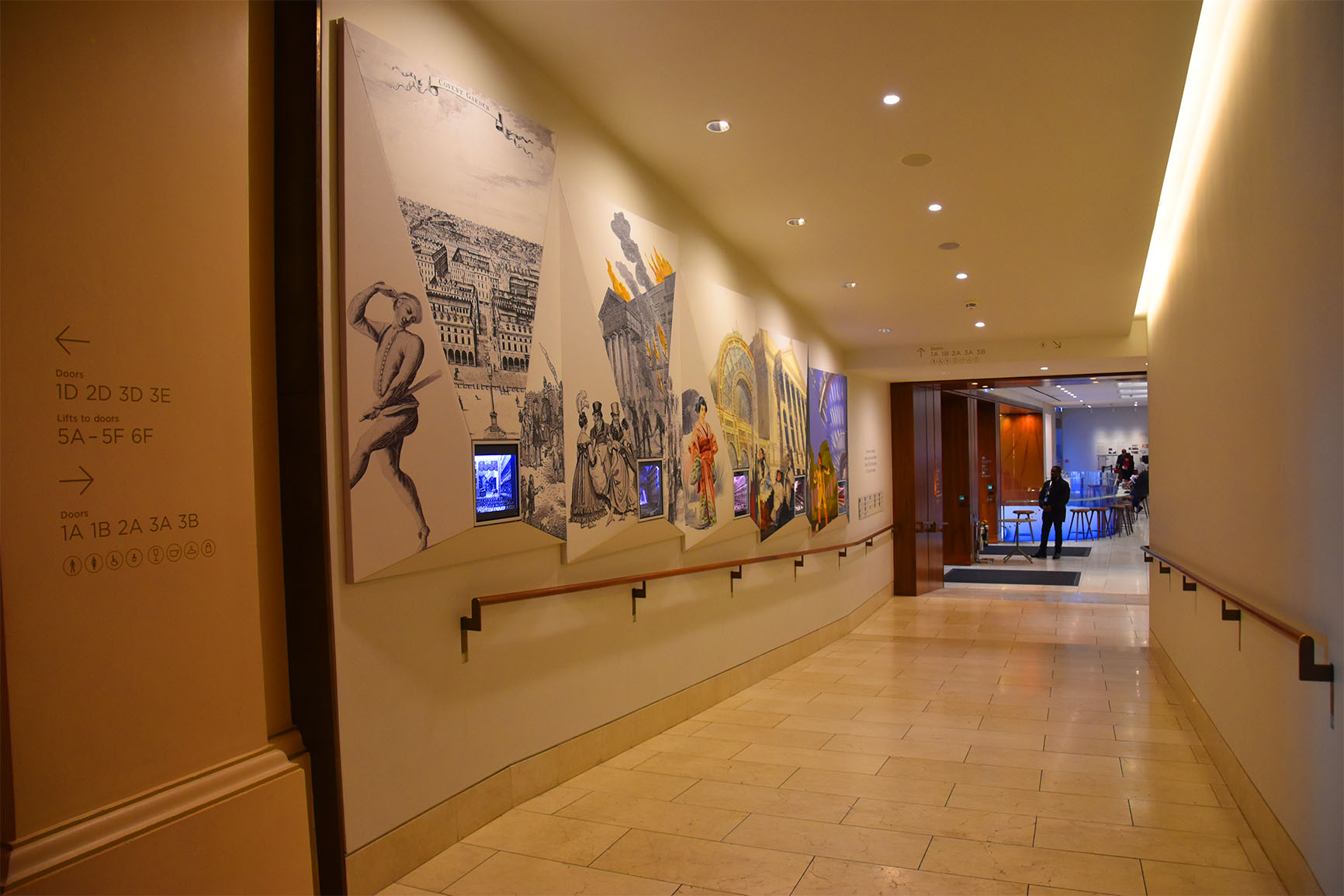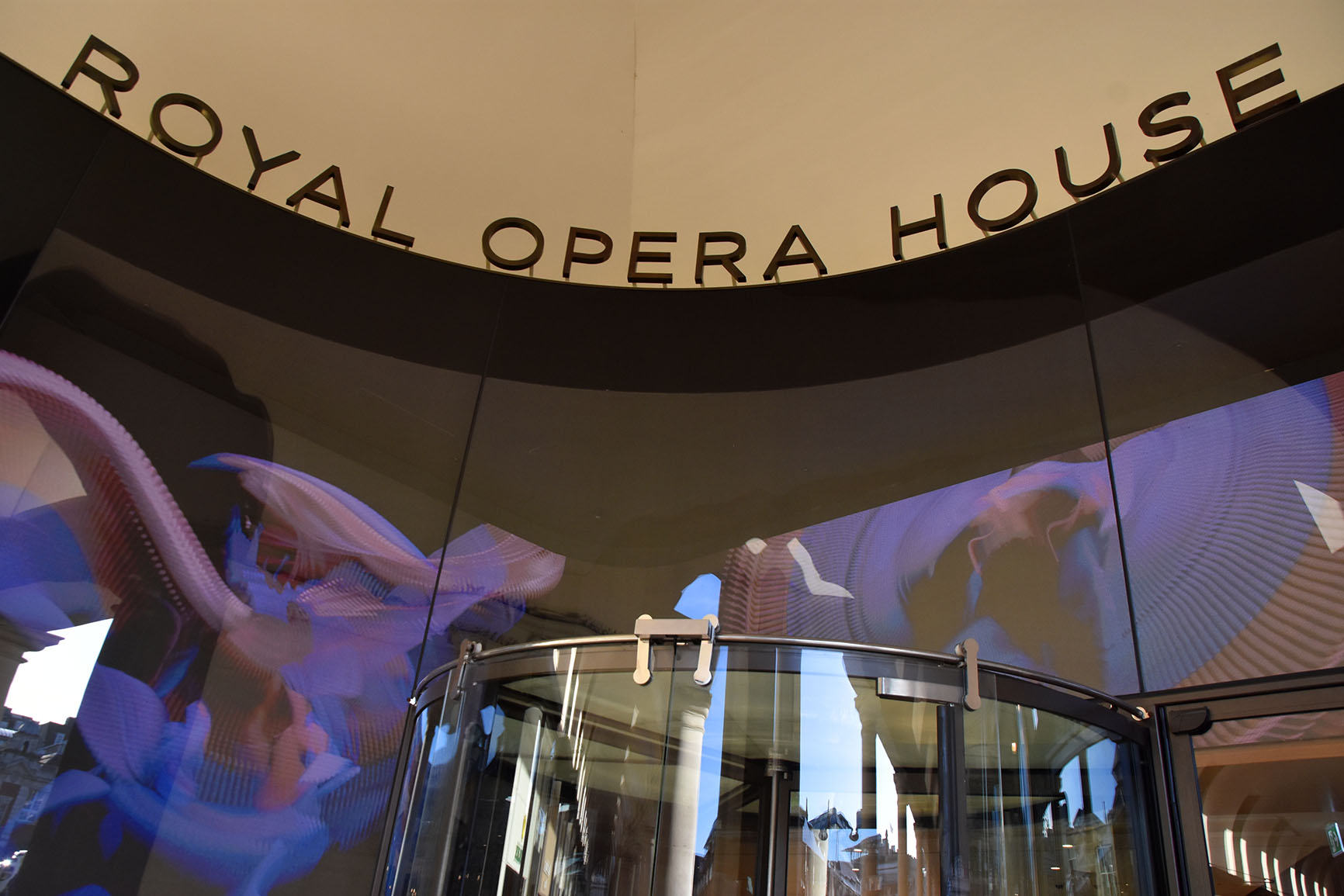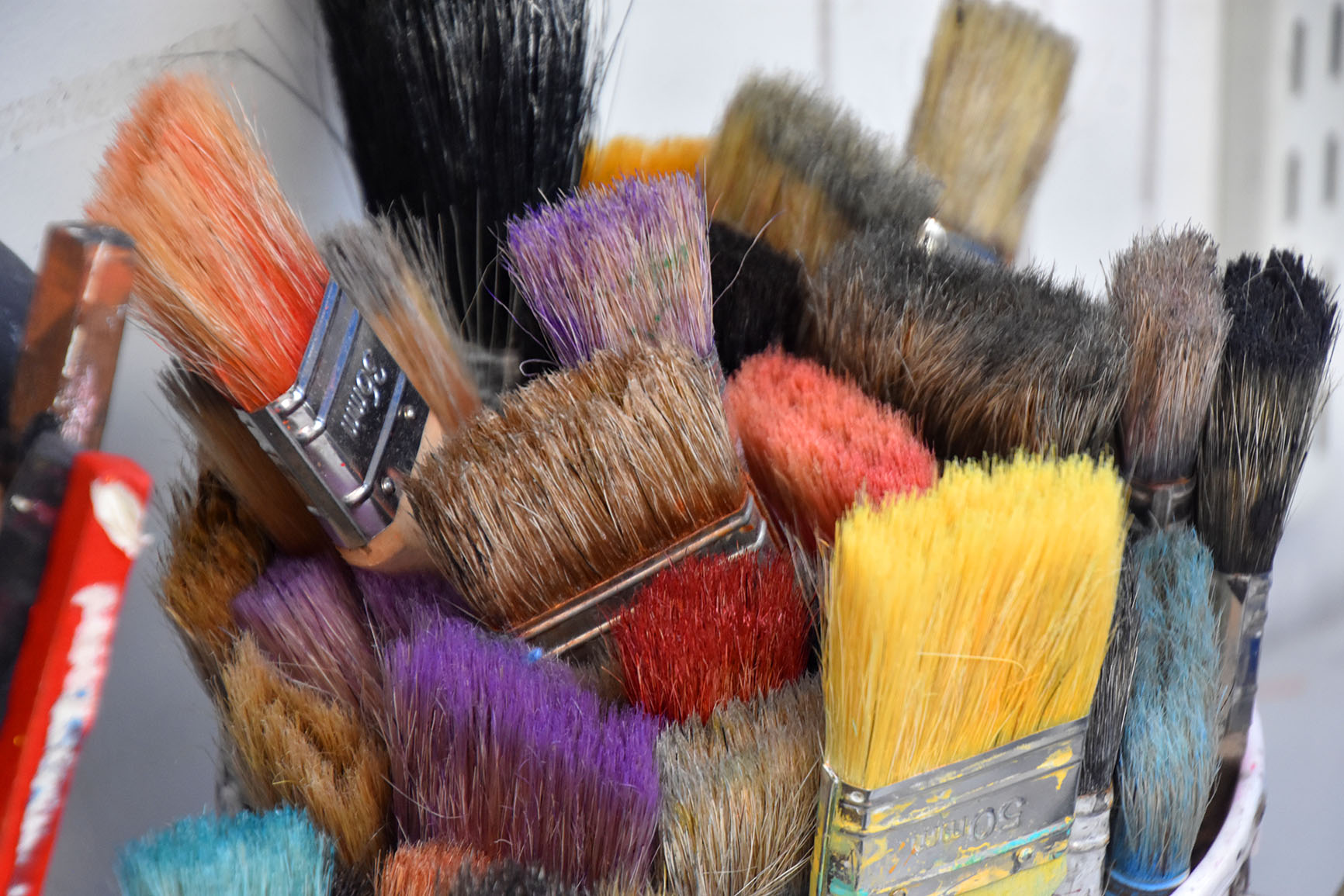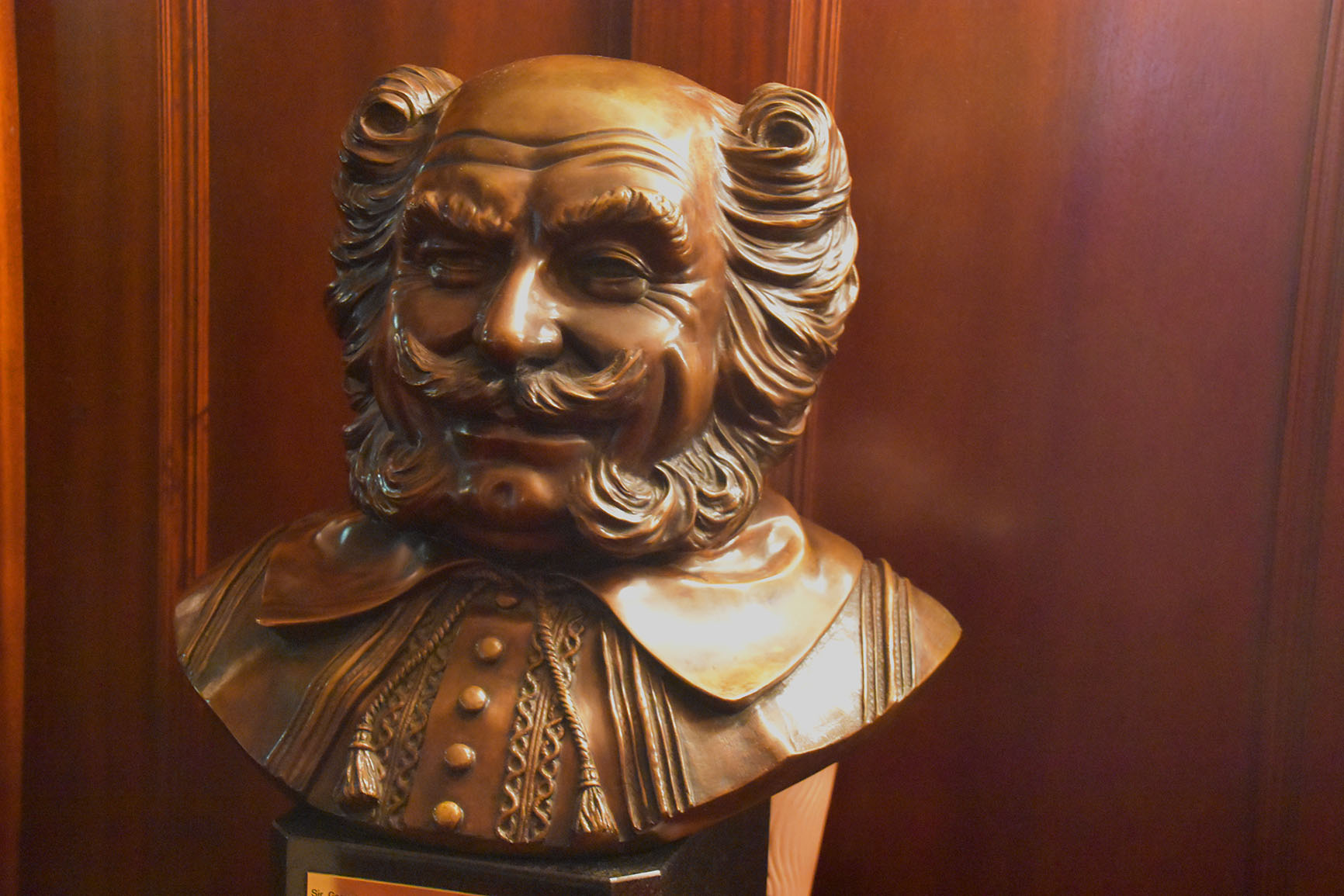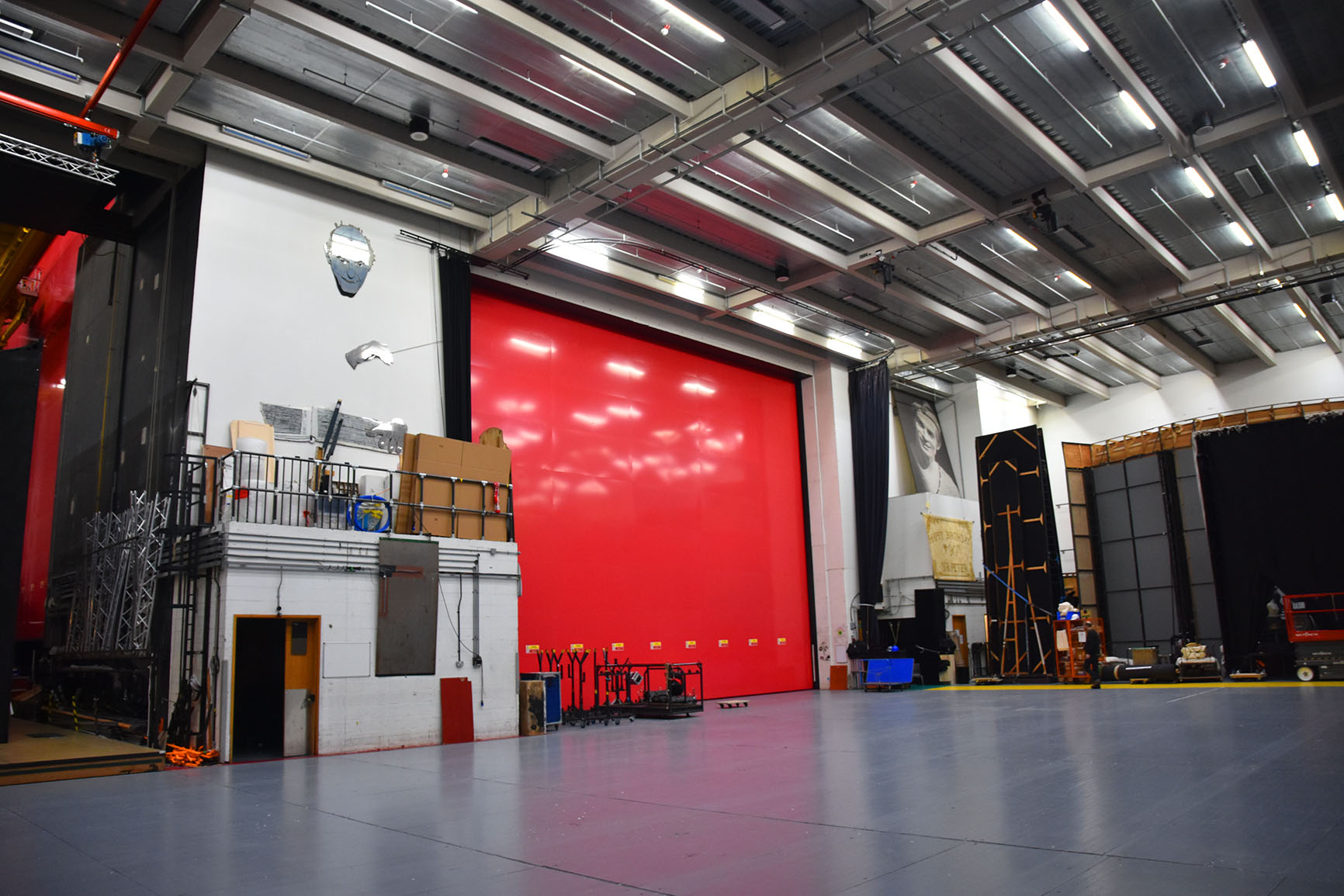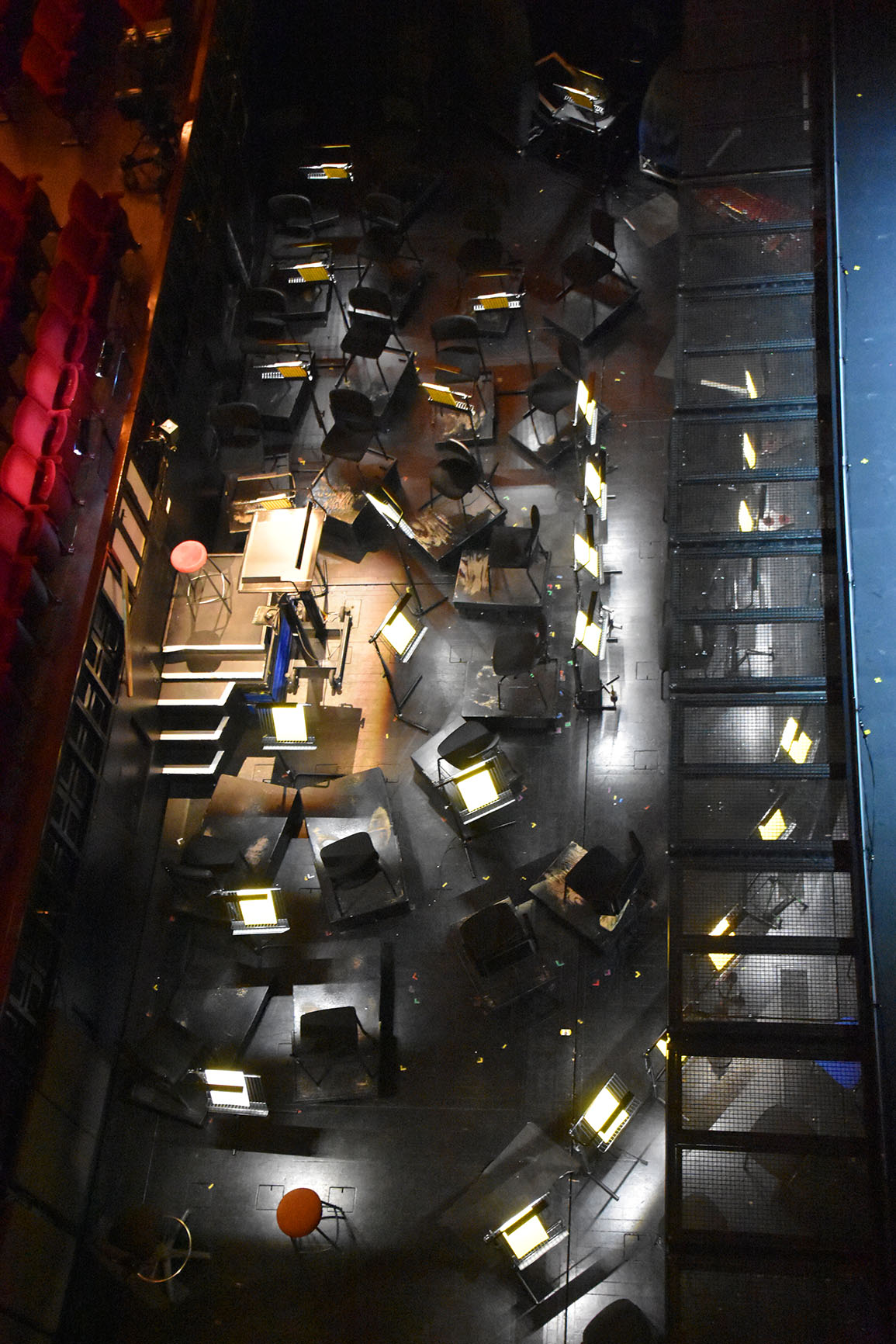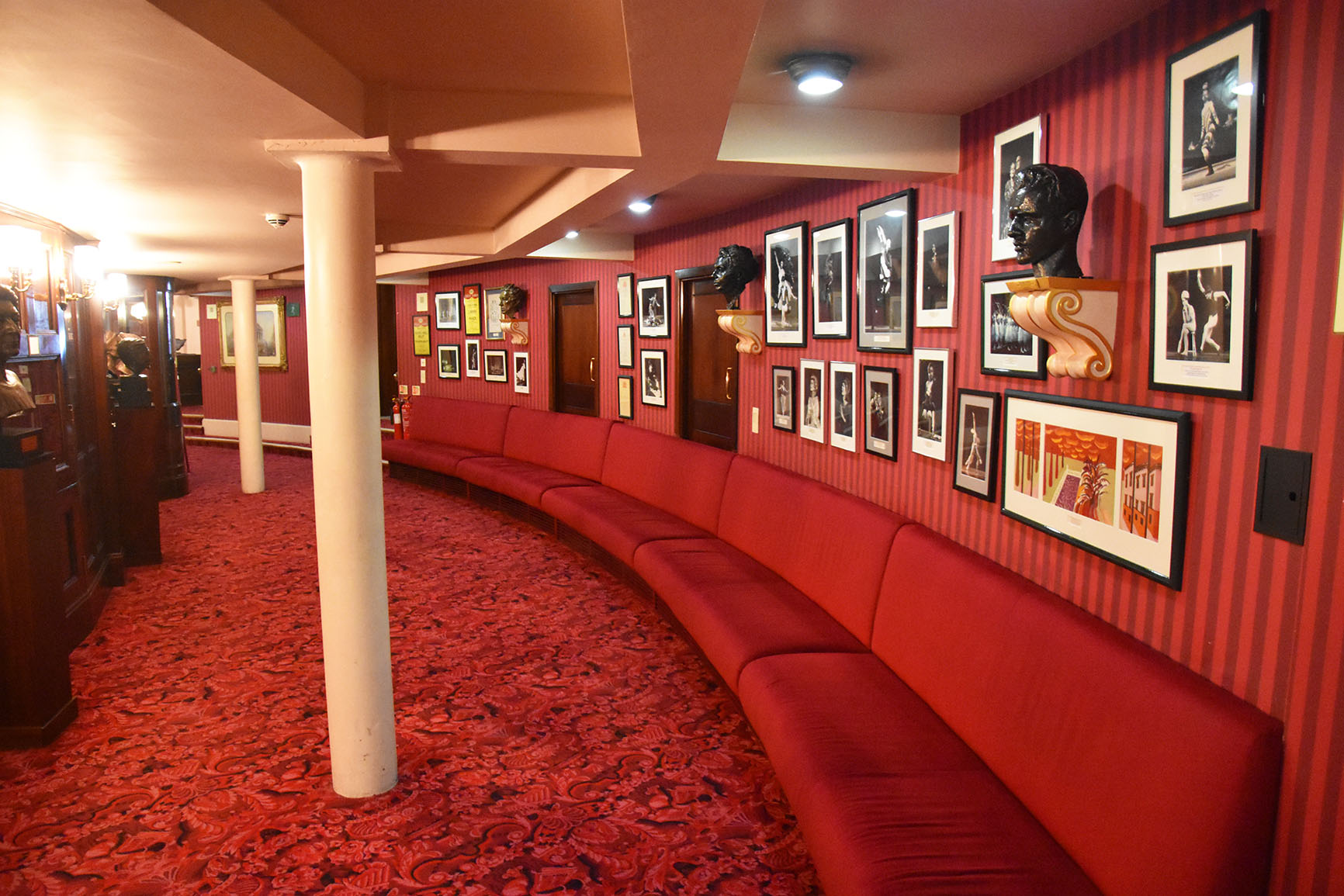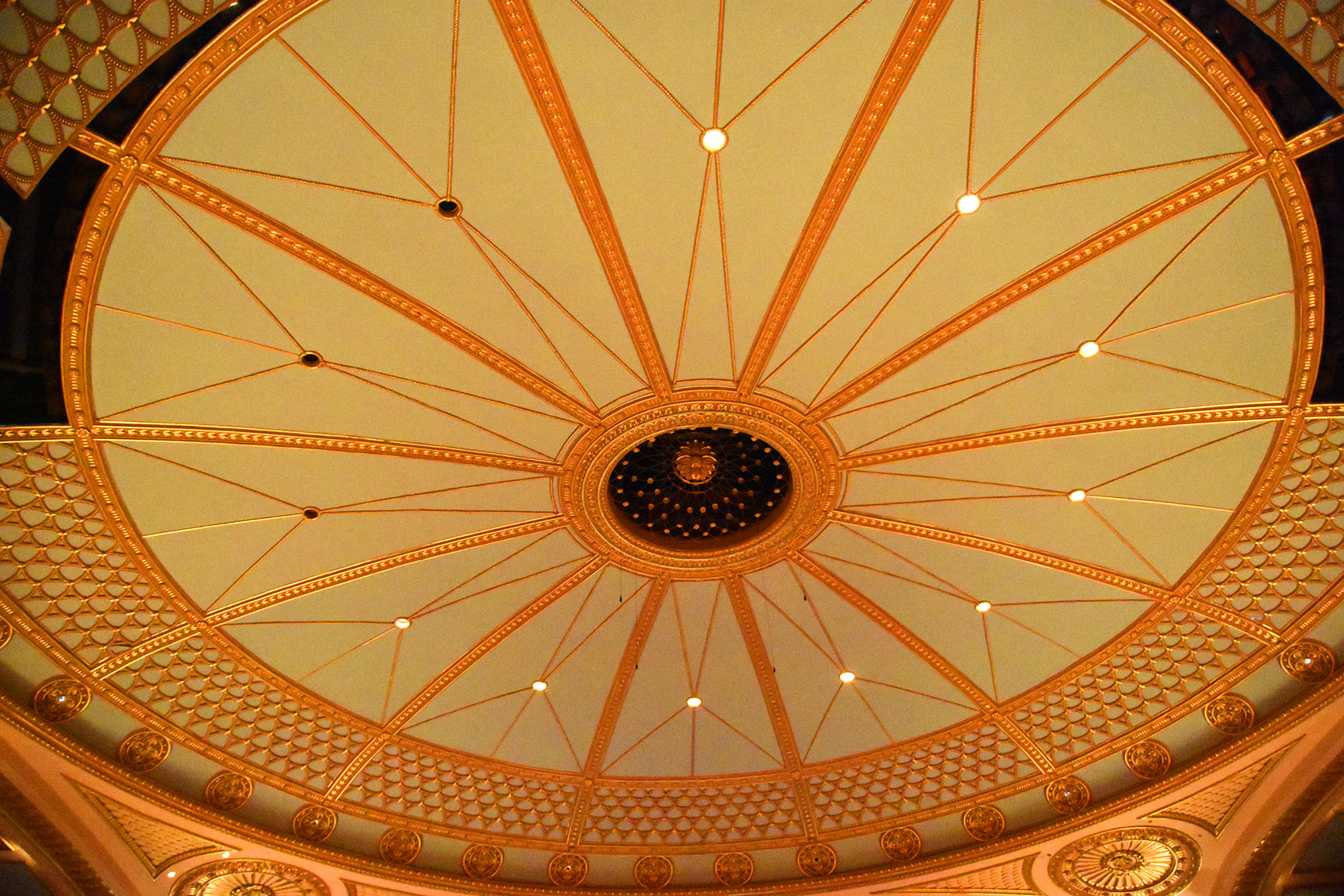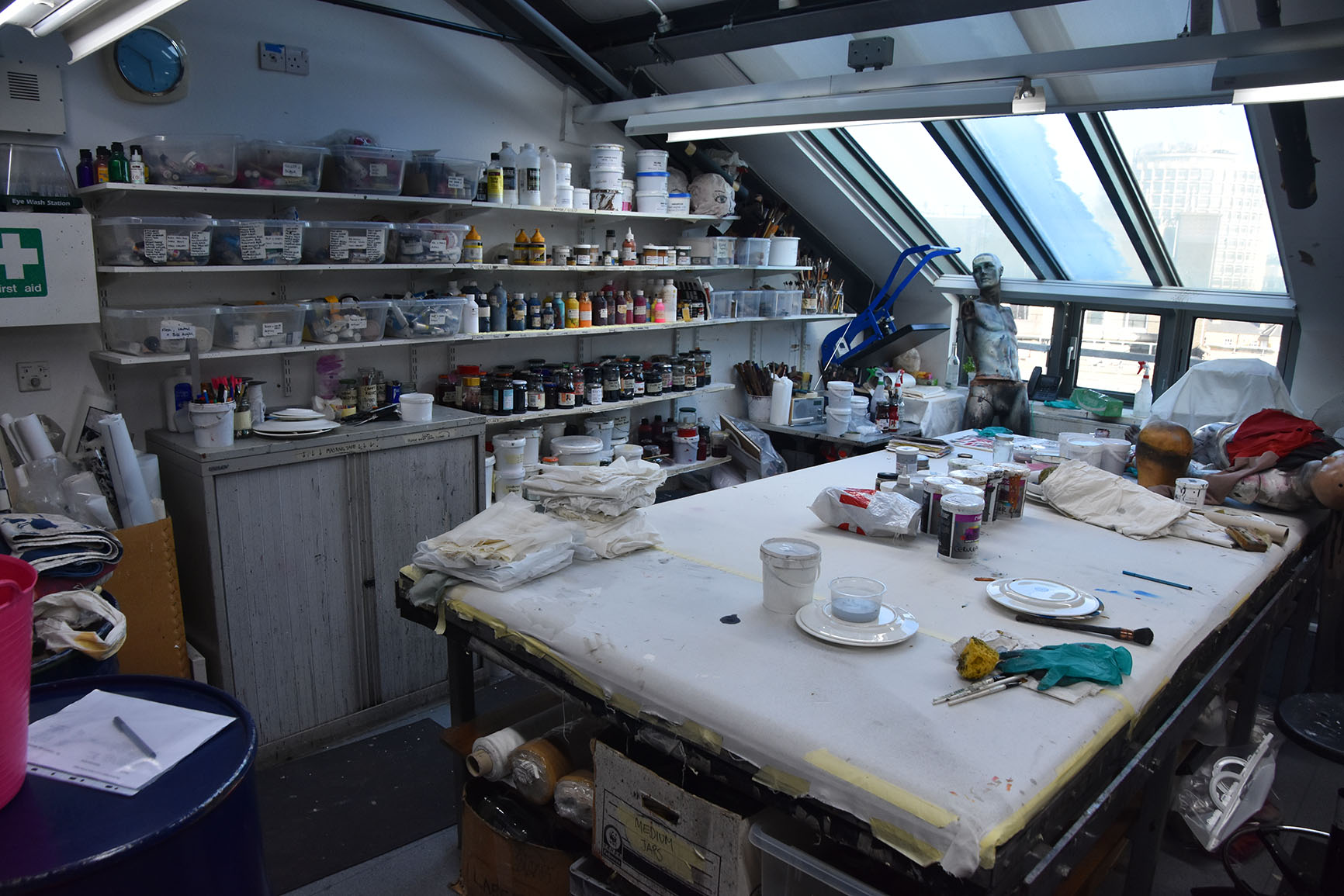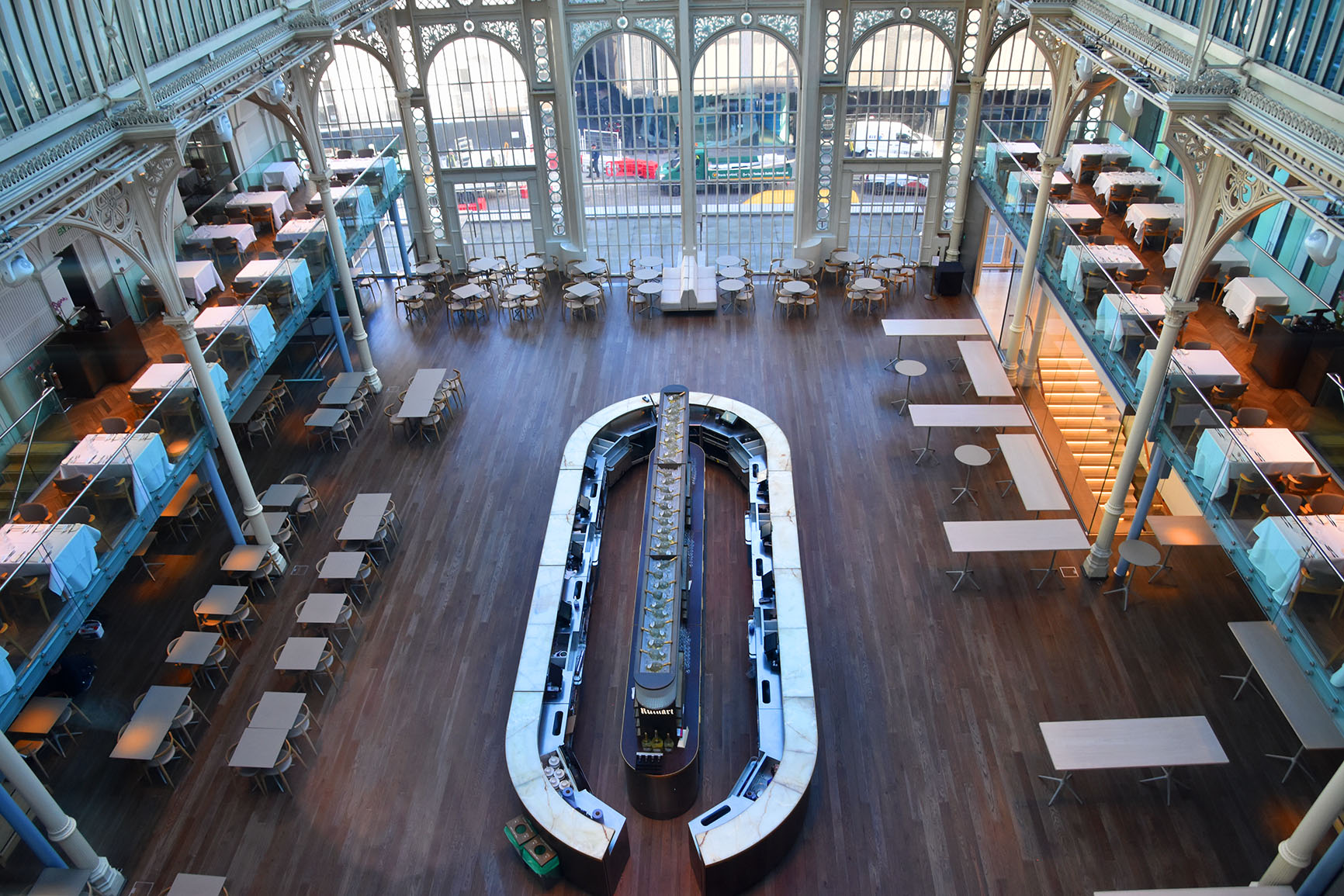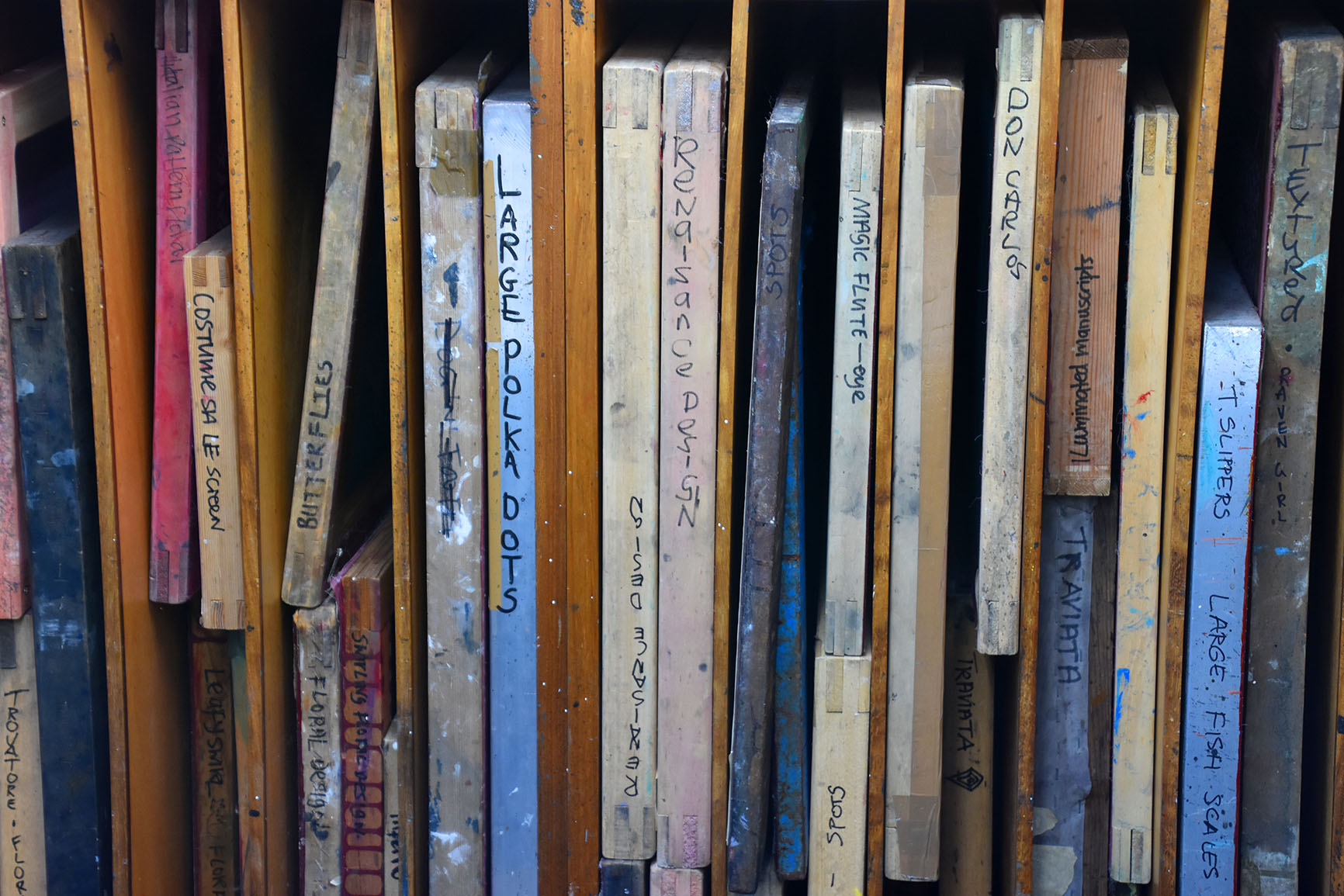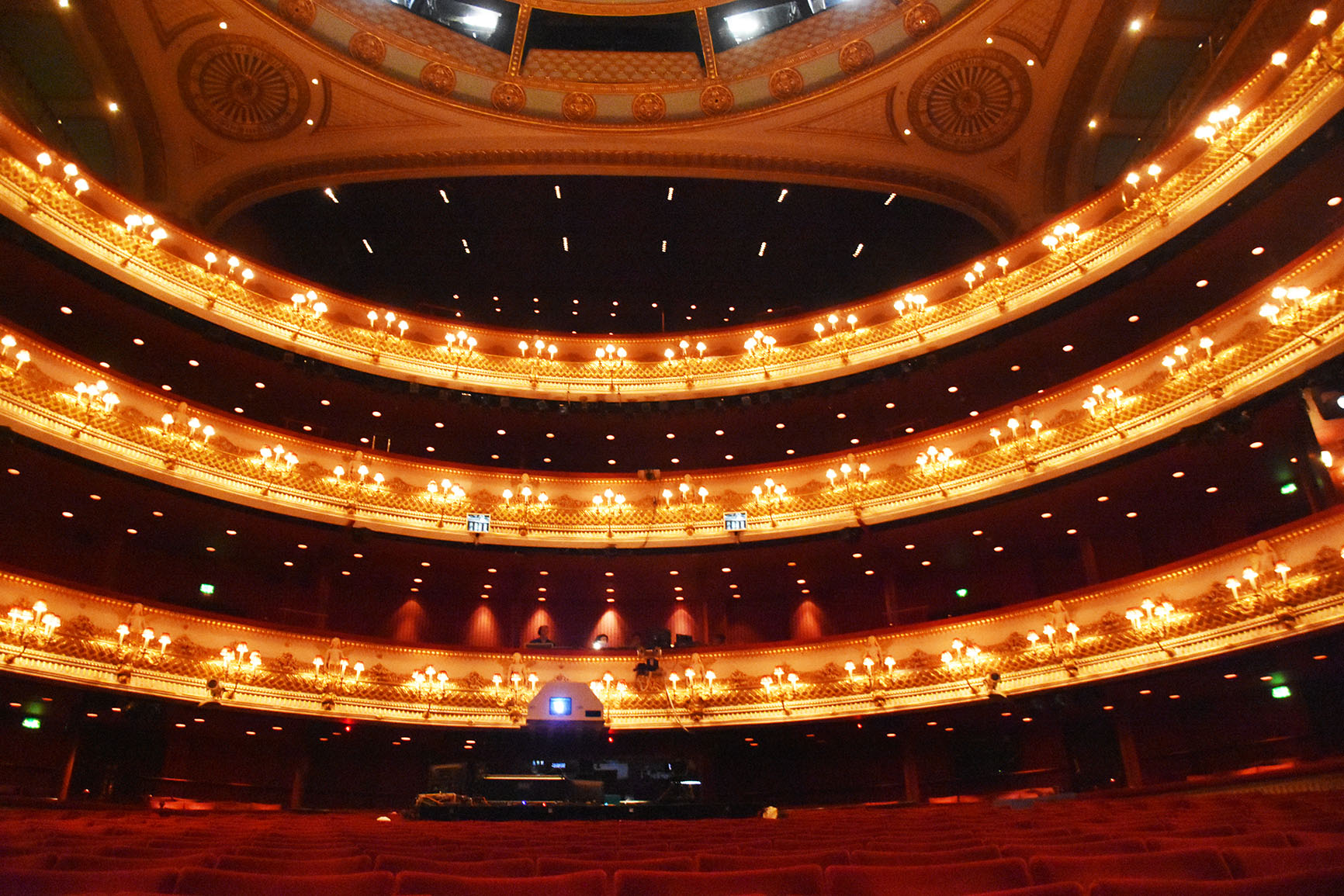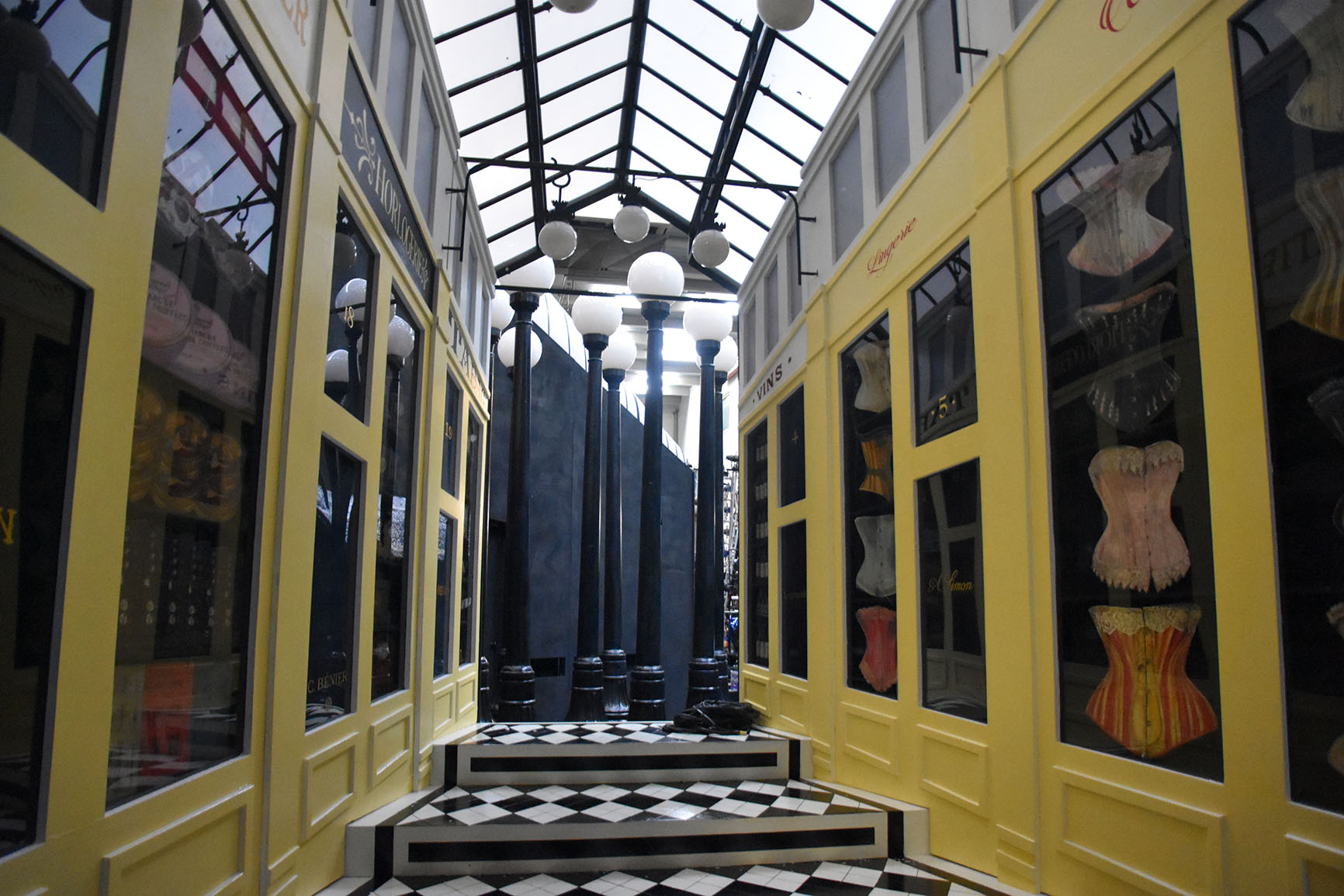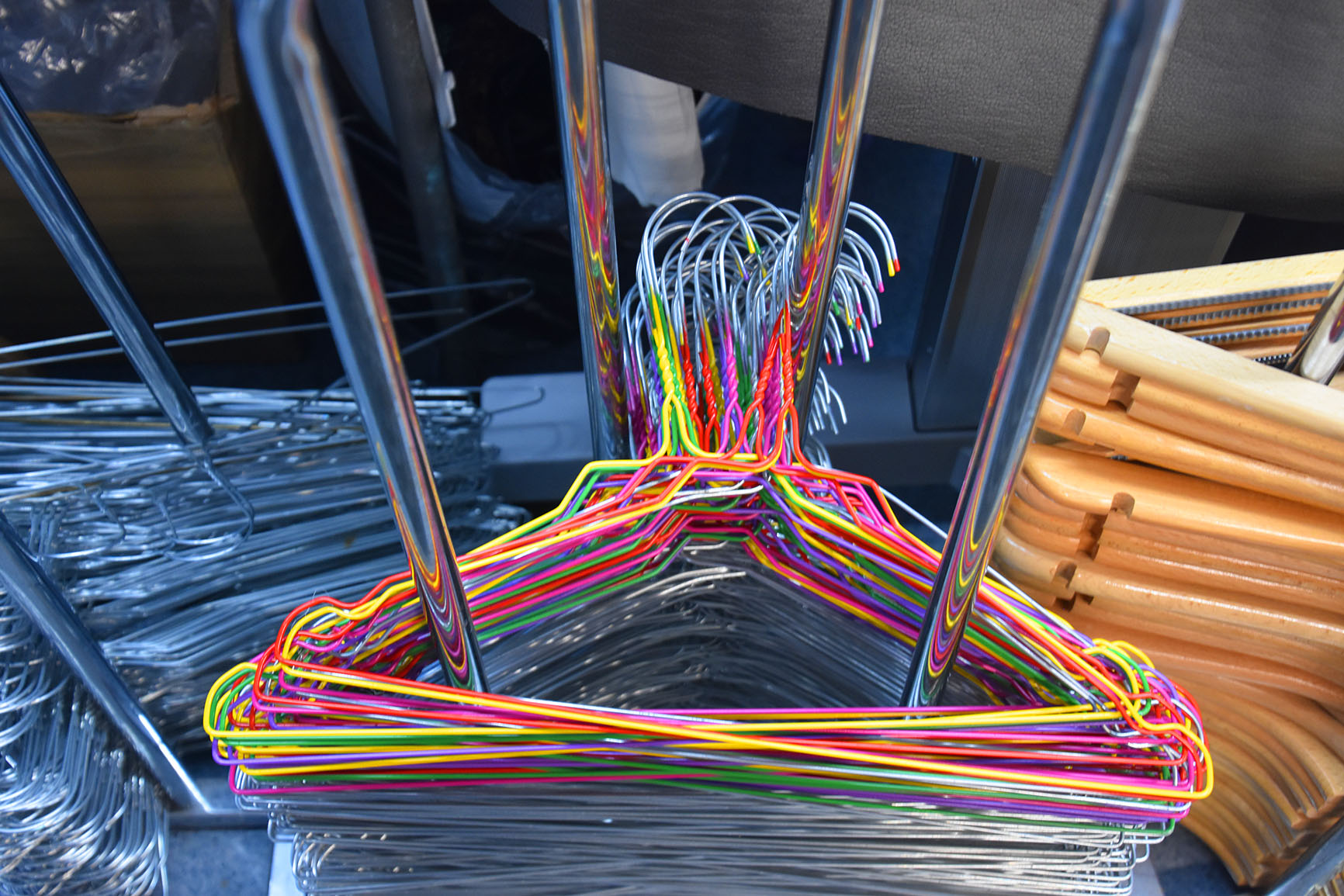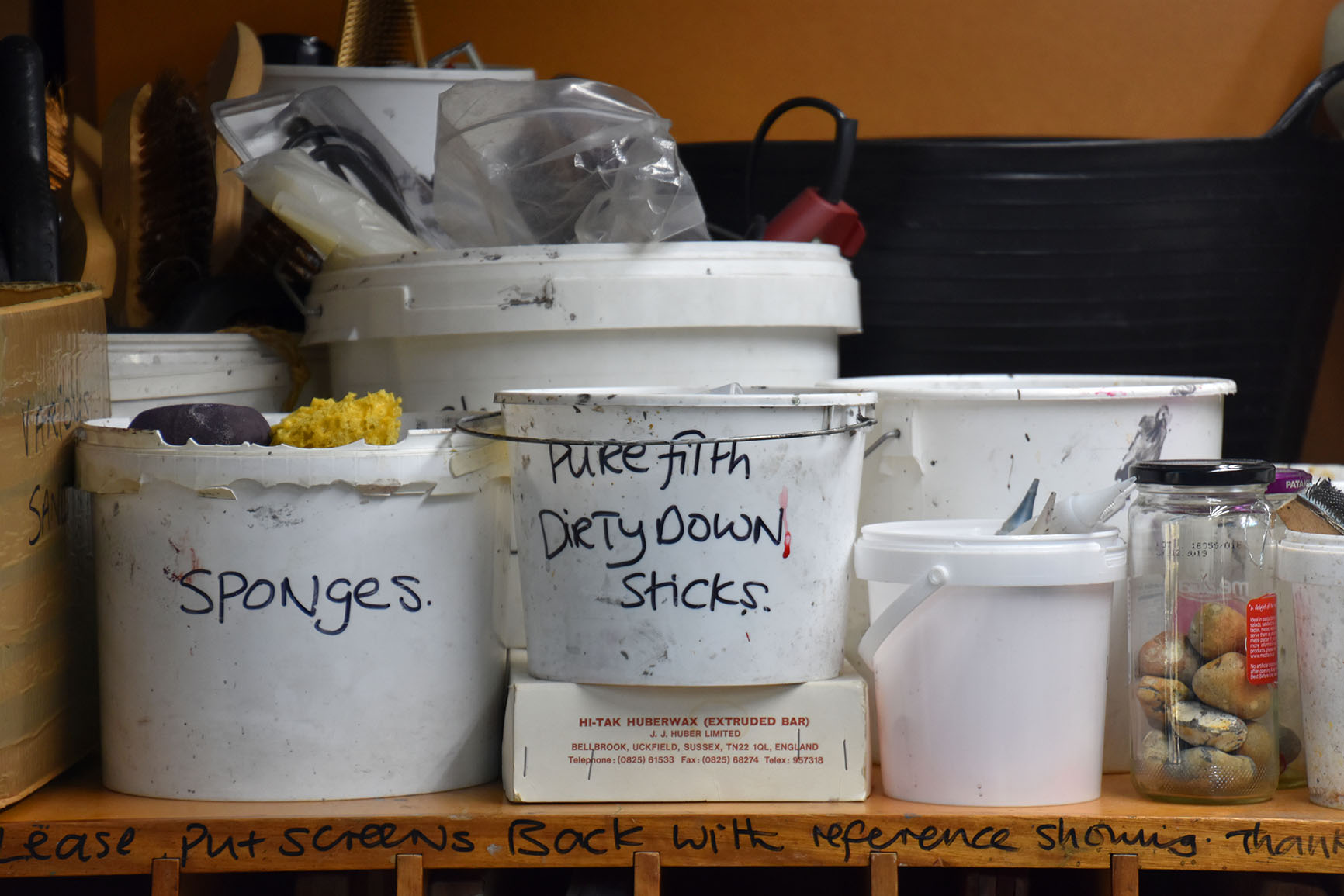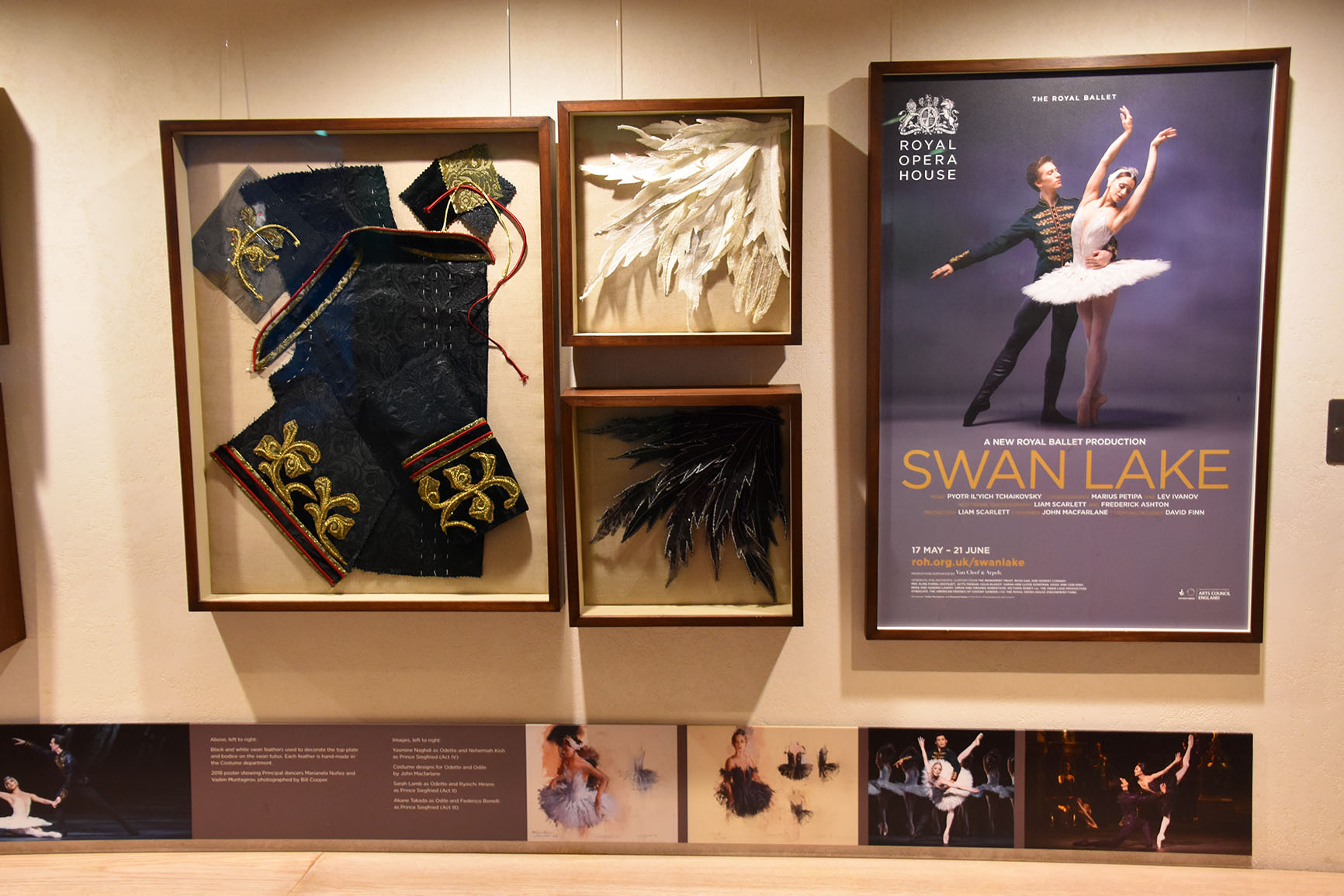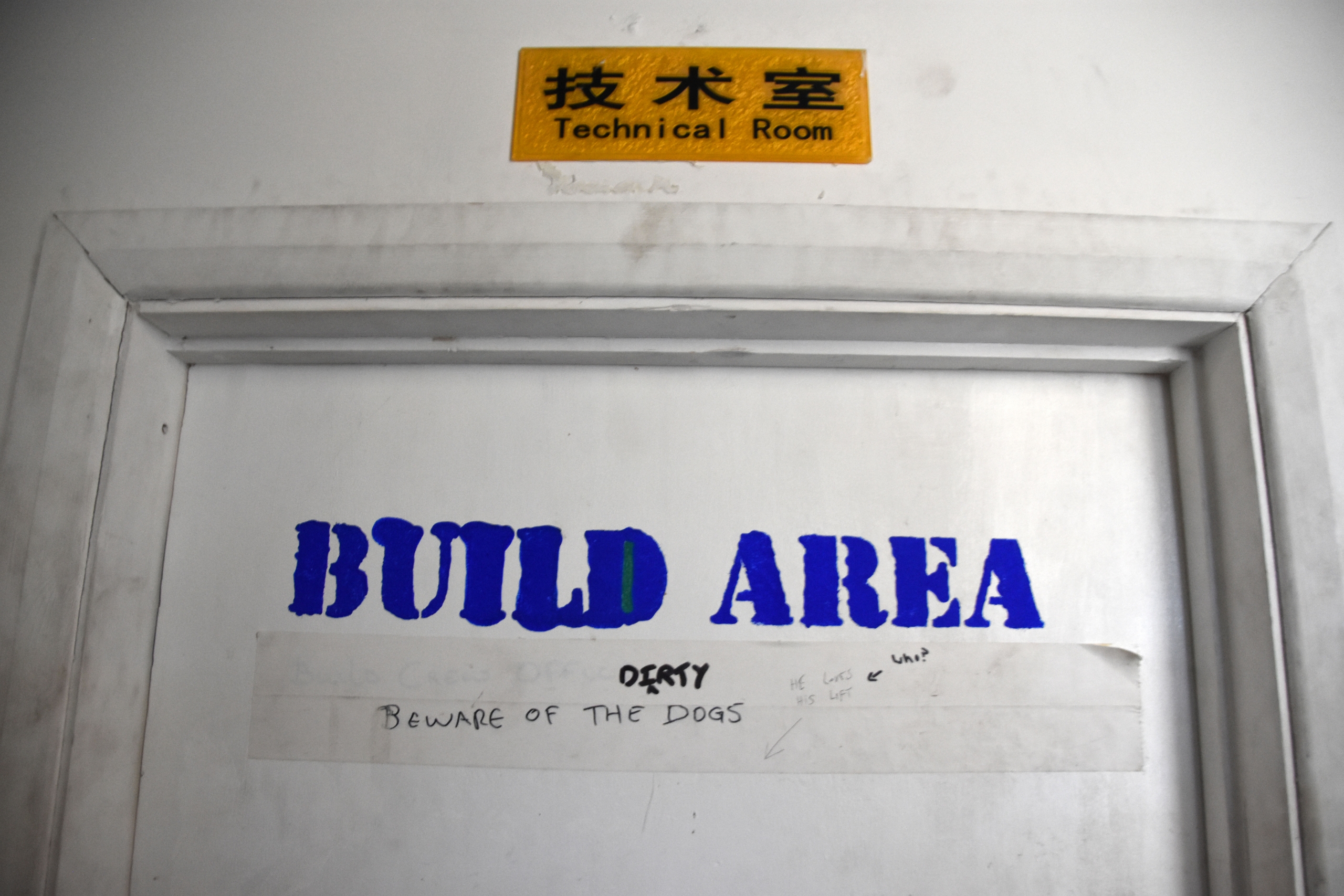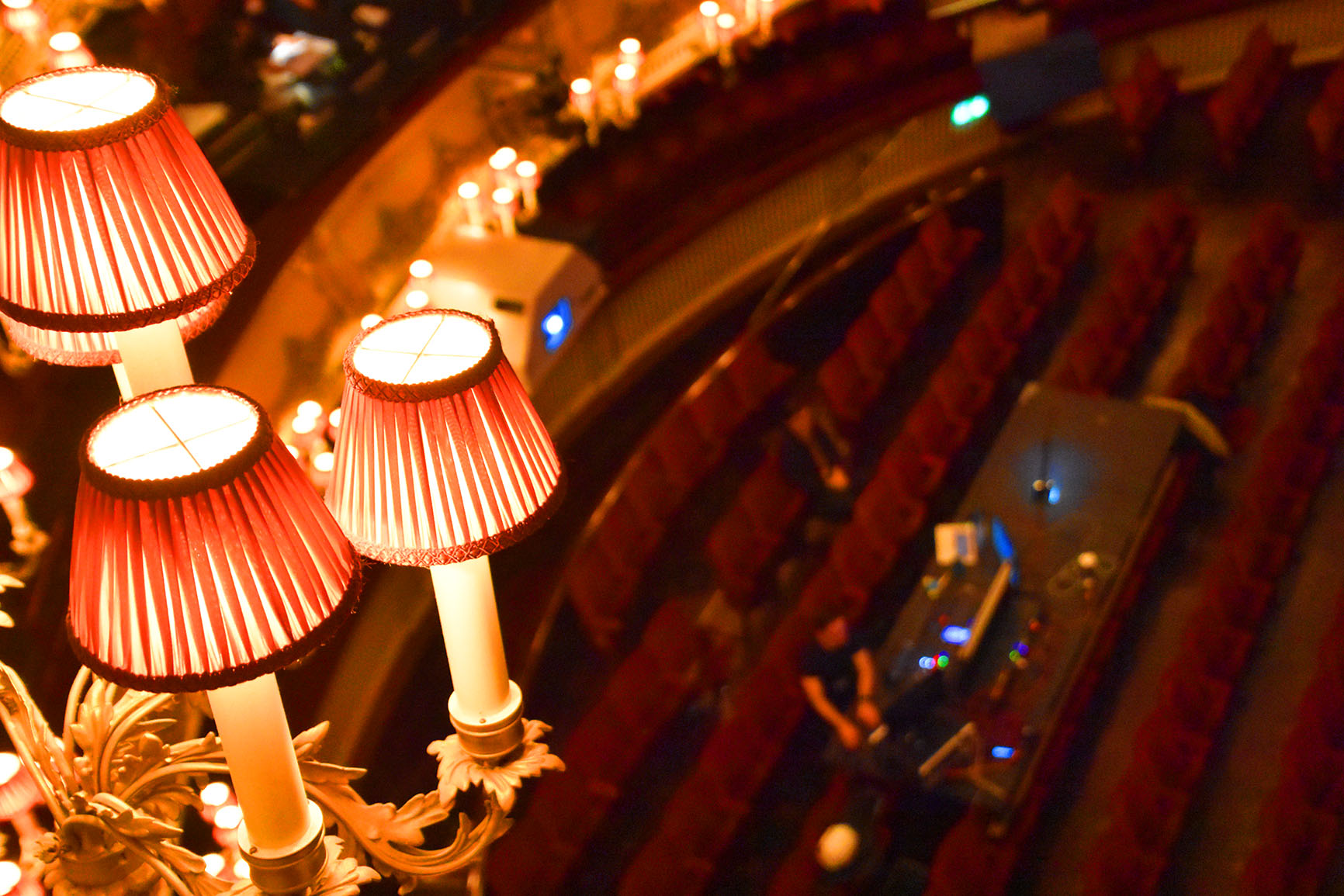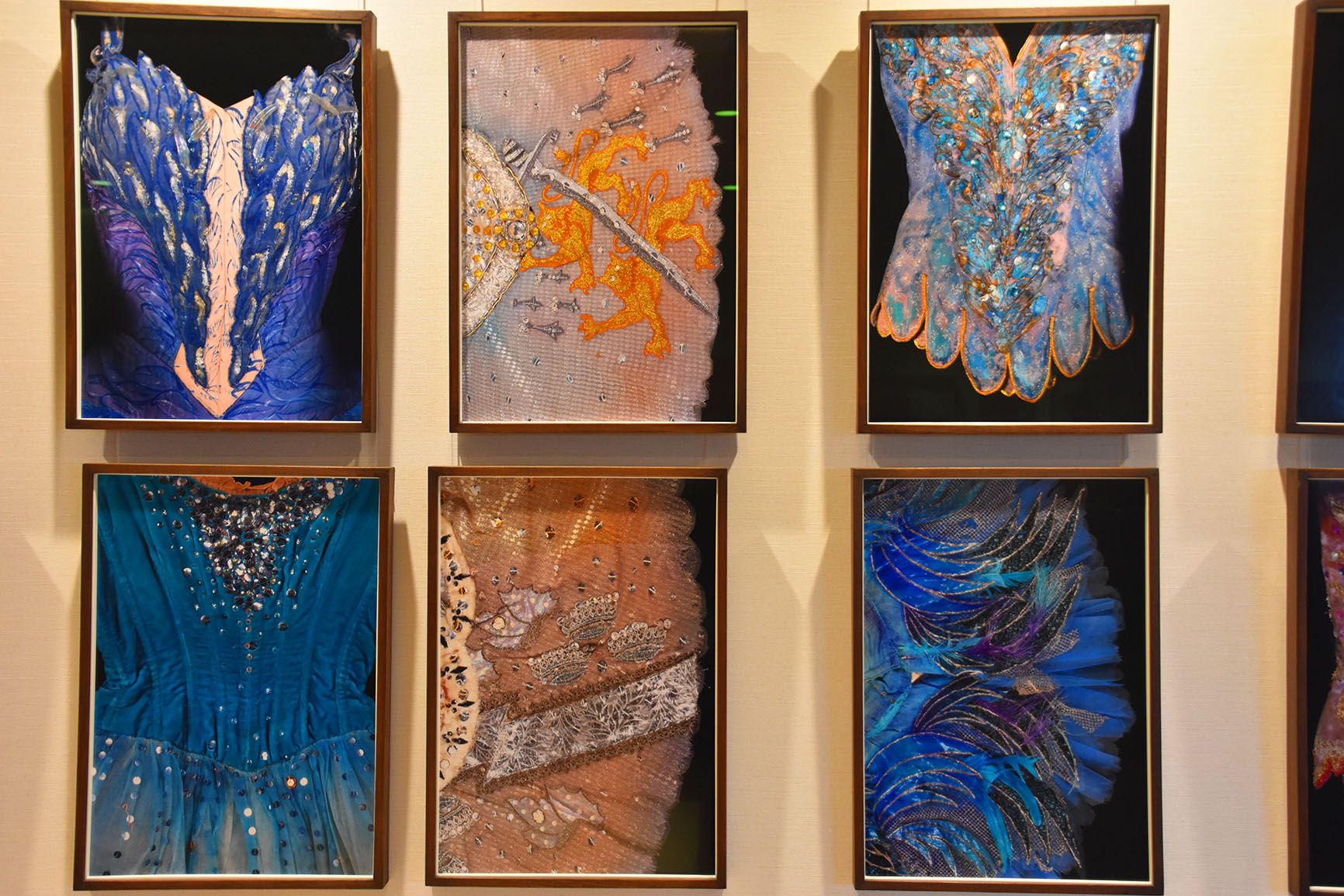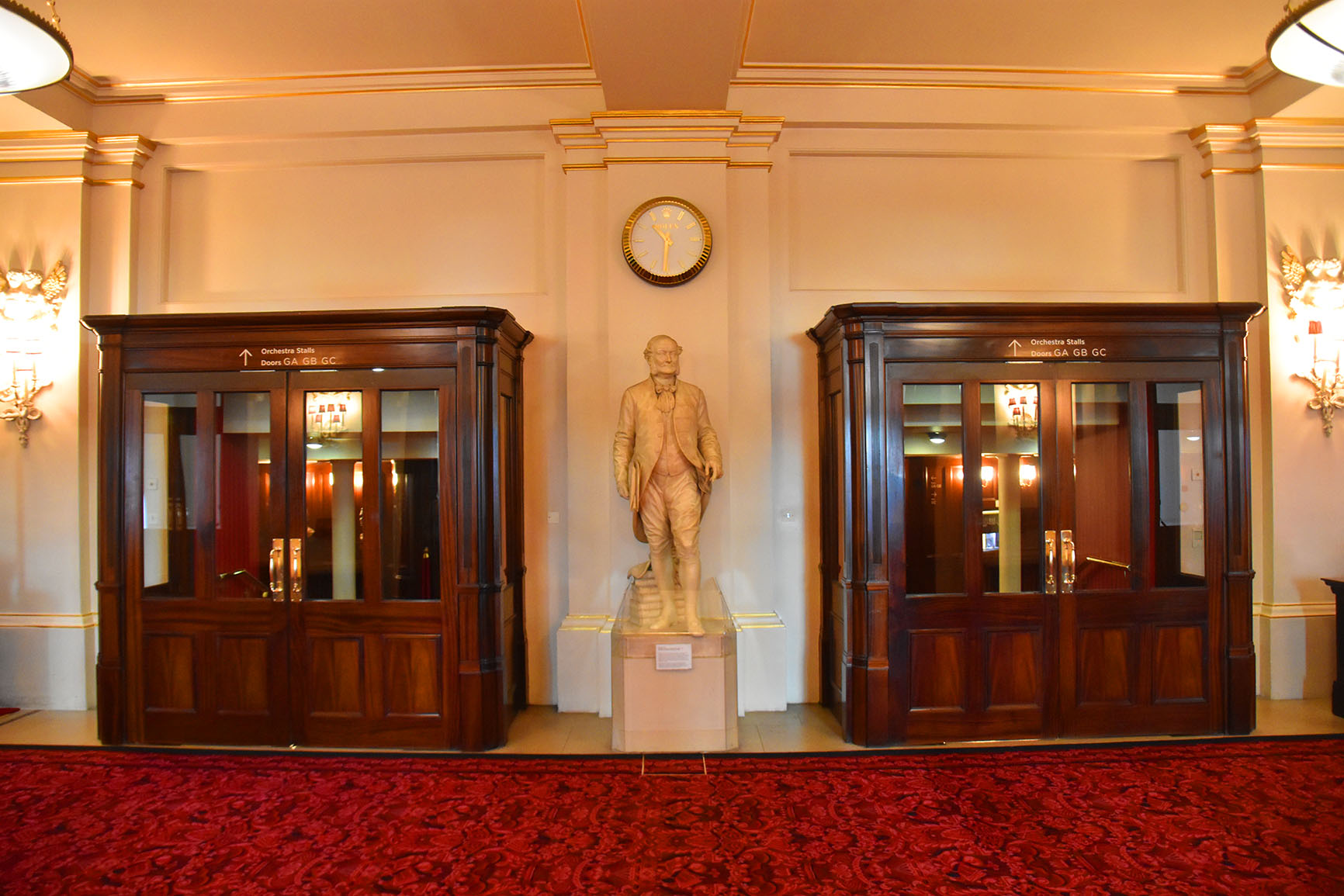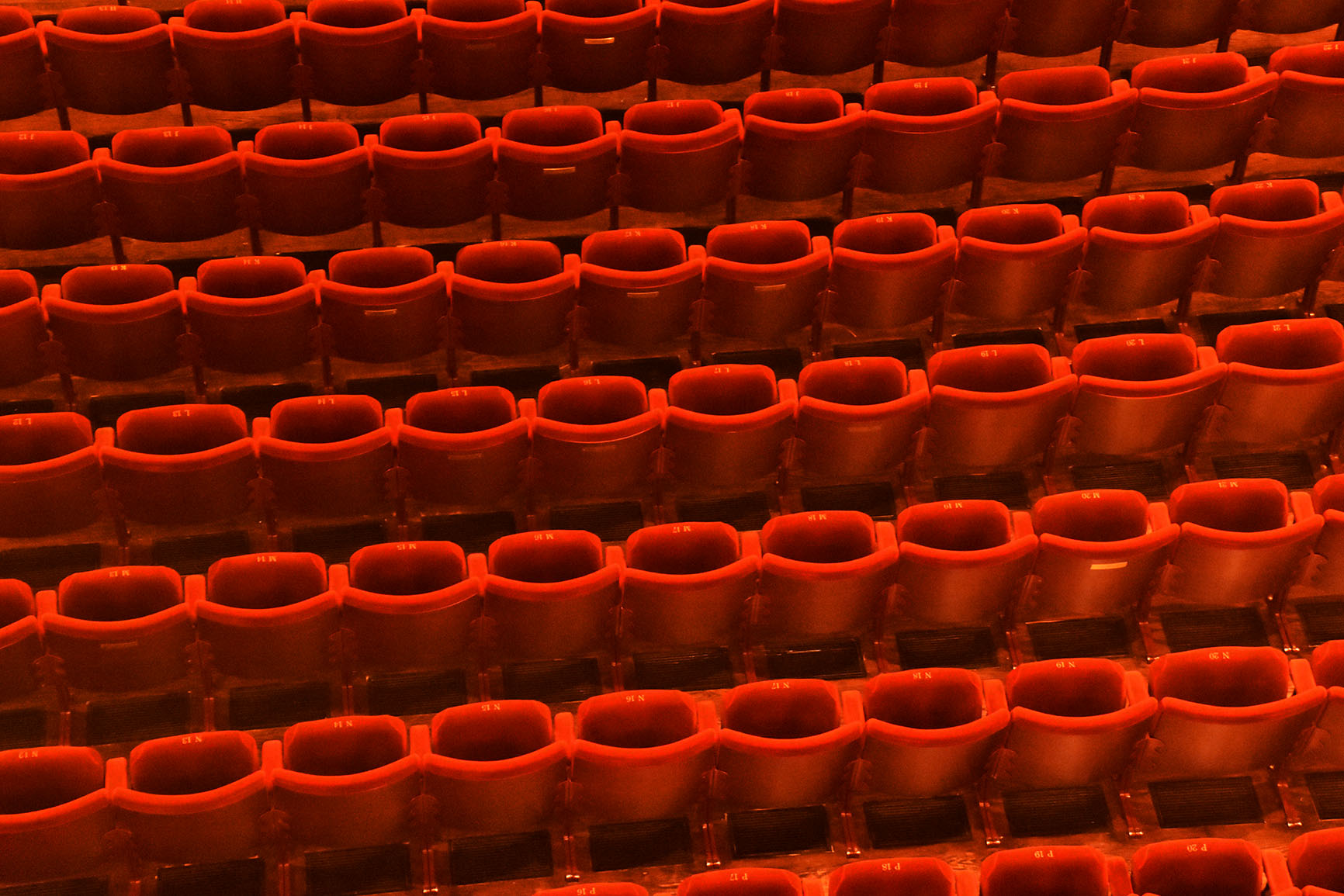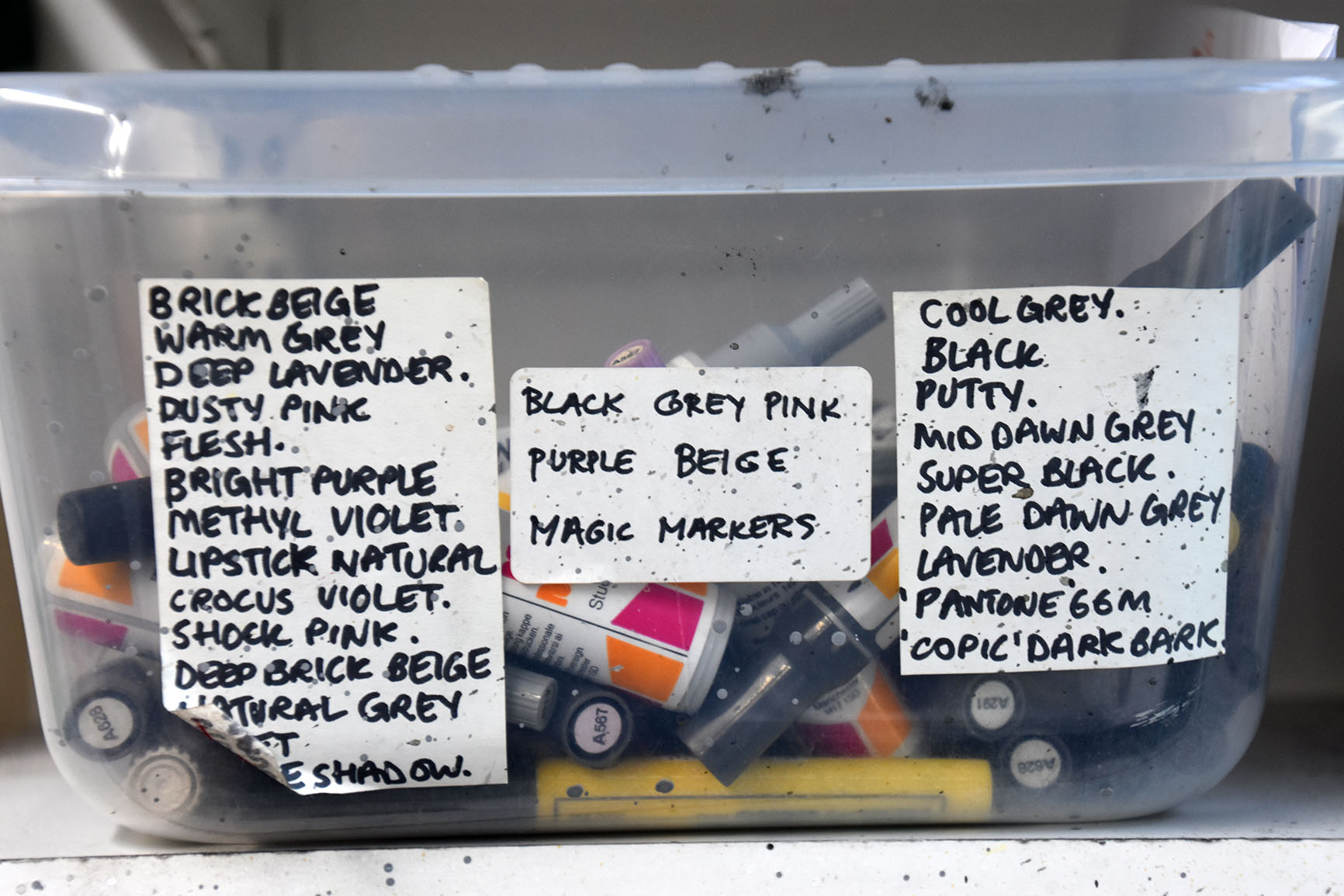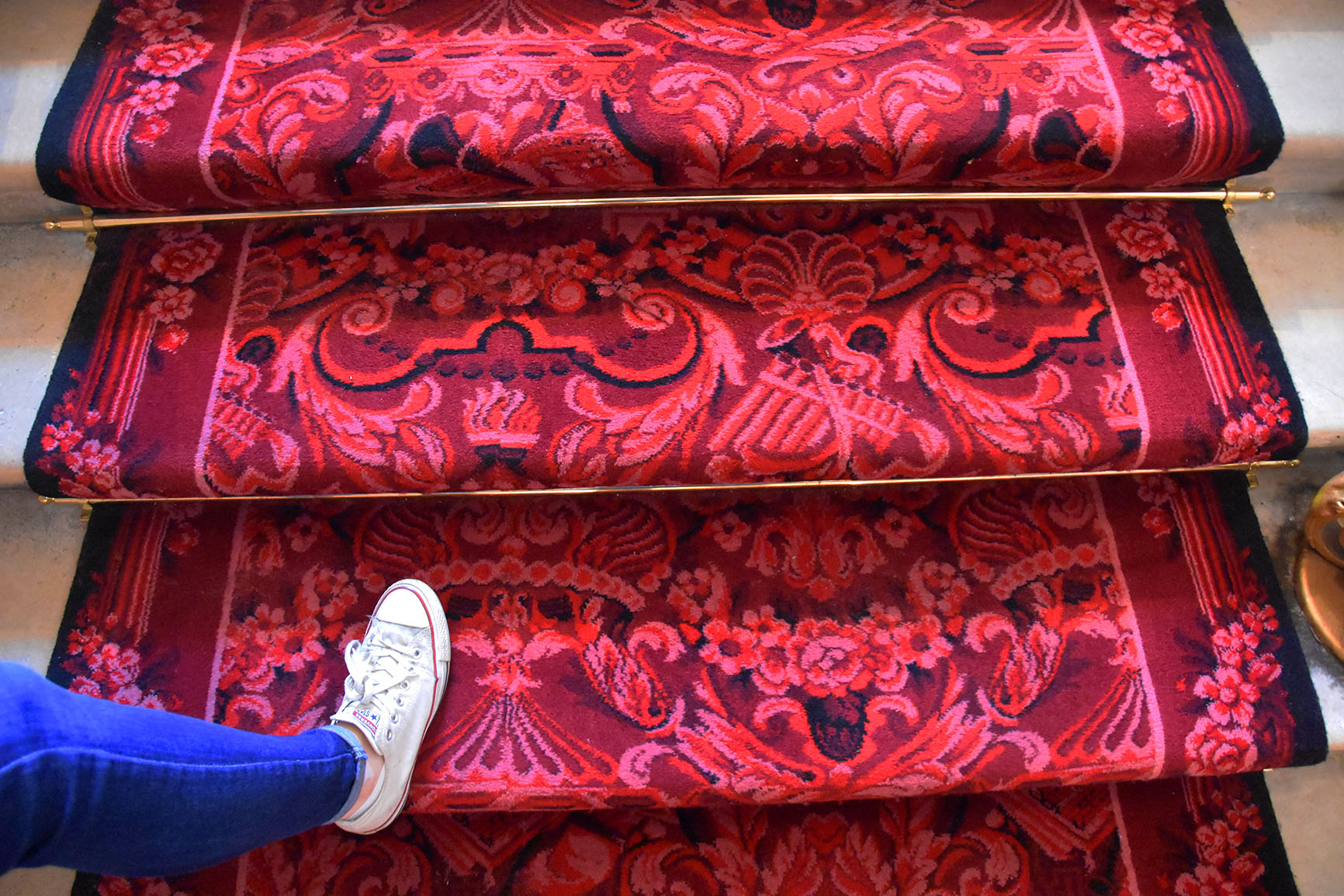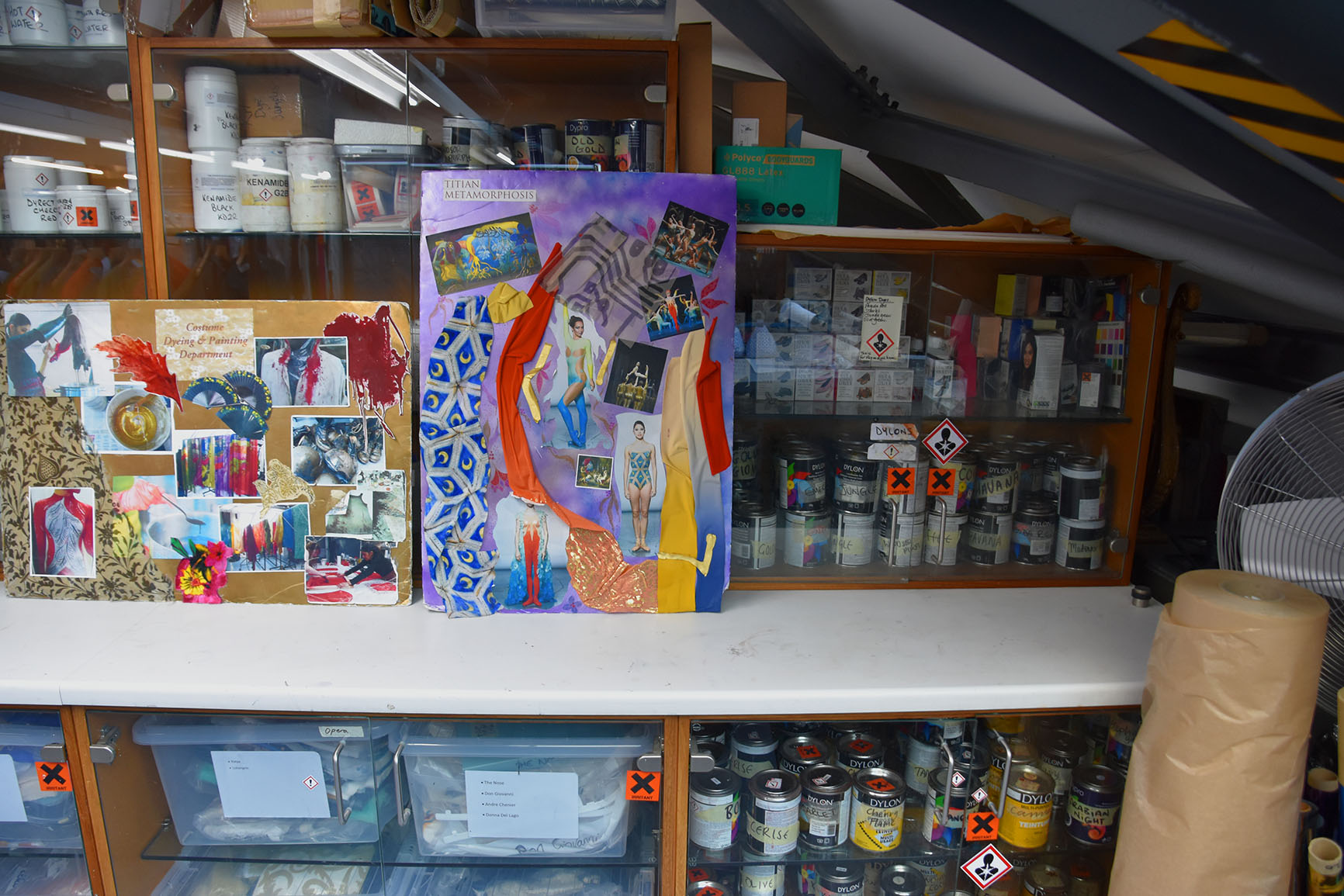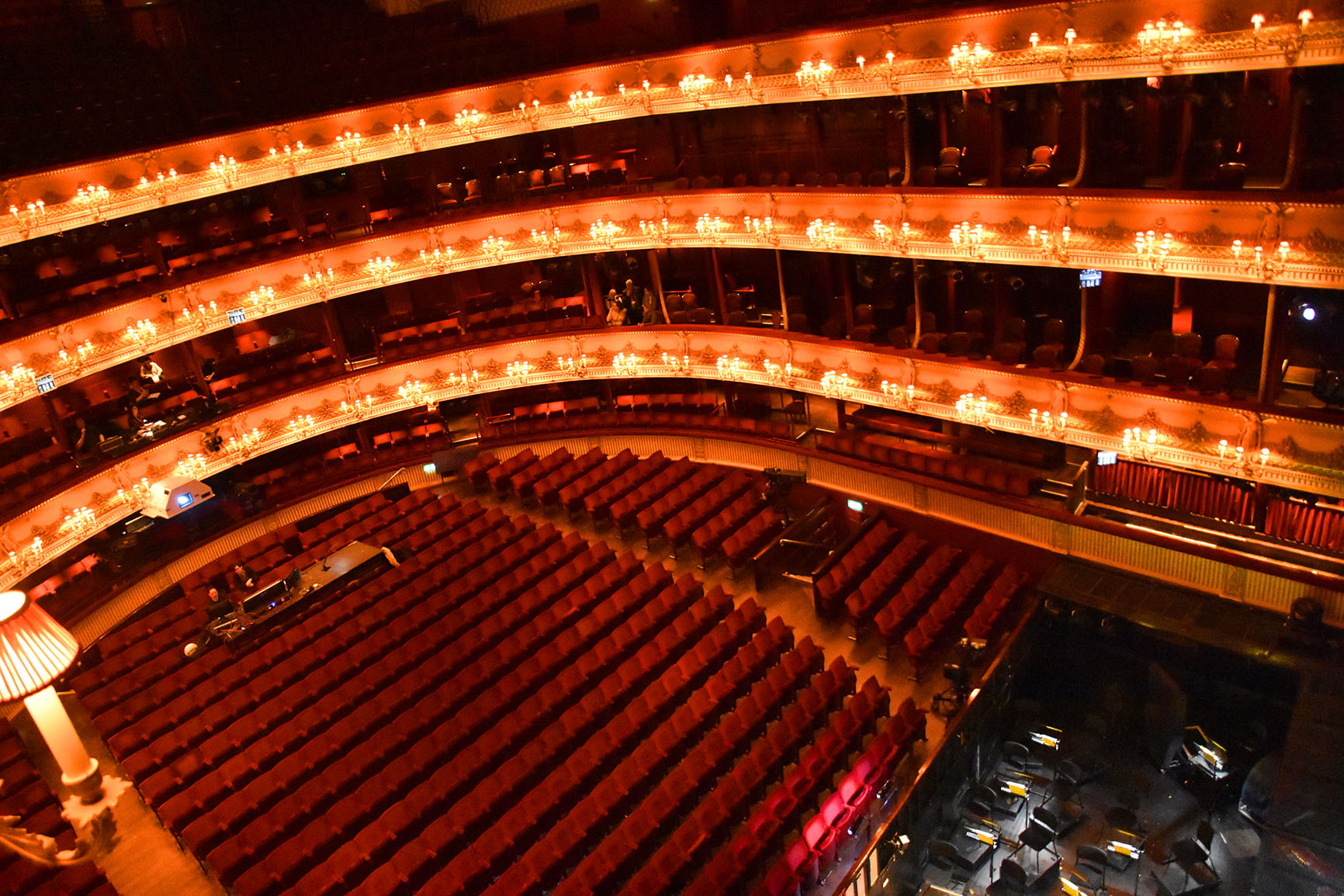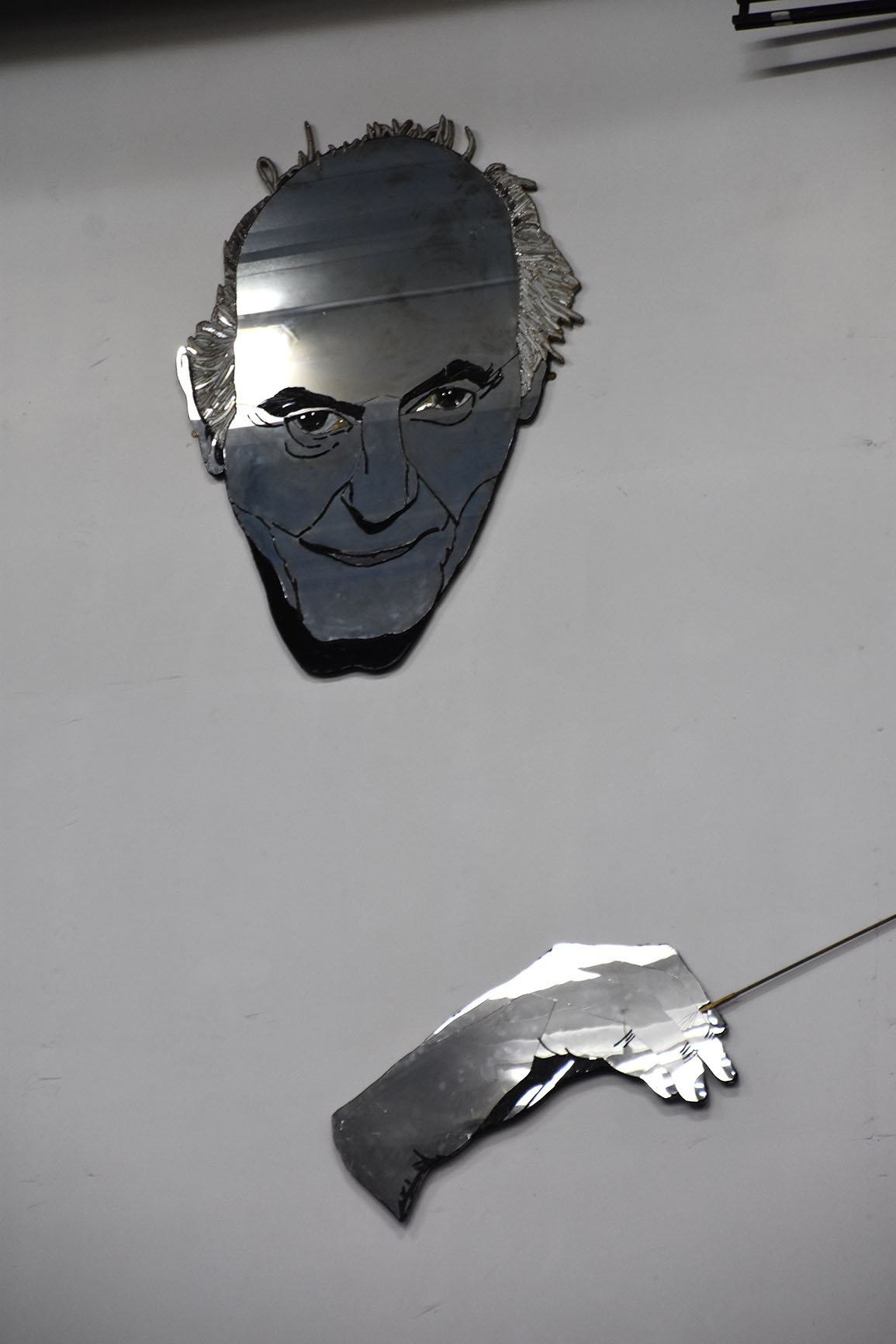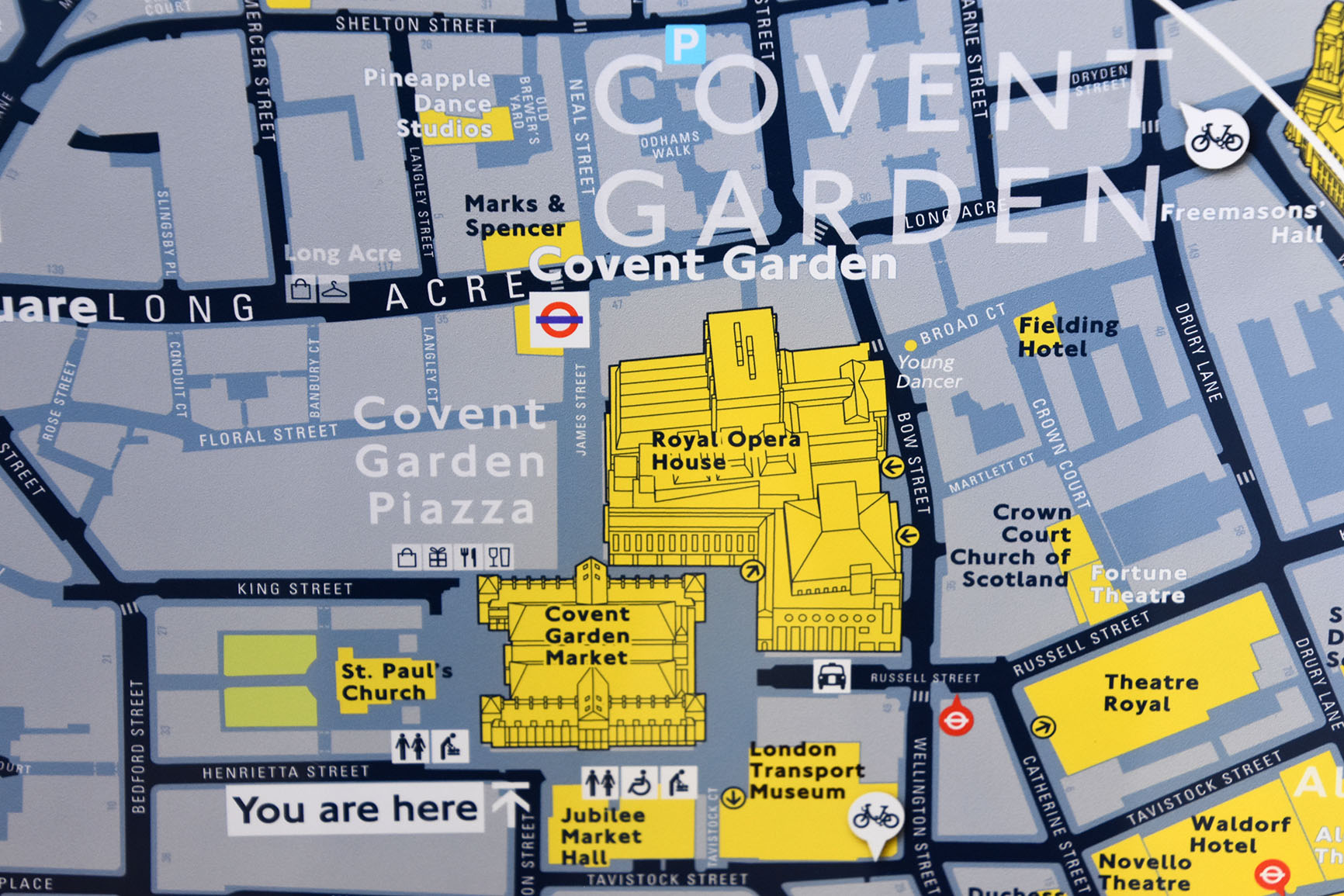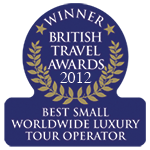Royal Opera House – London
I’m still flying high, having just experienced a double-whammy ‘through the looking-glass’ experience at the Royal Opera House (ROH).
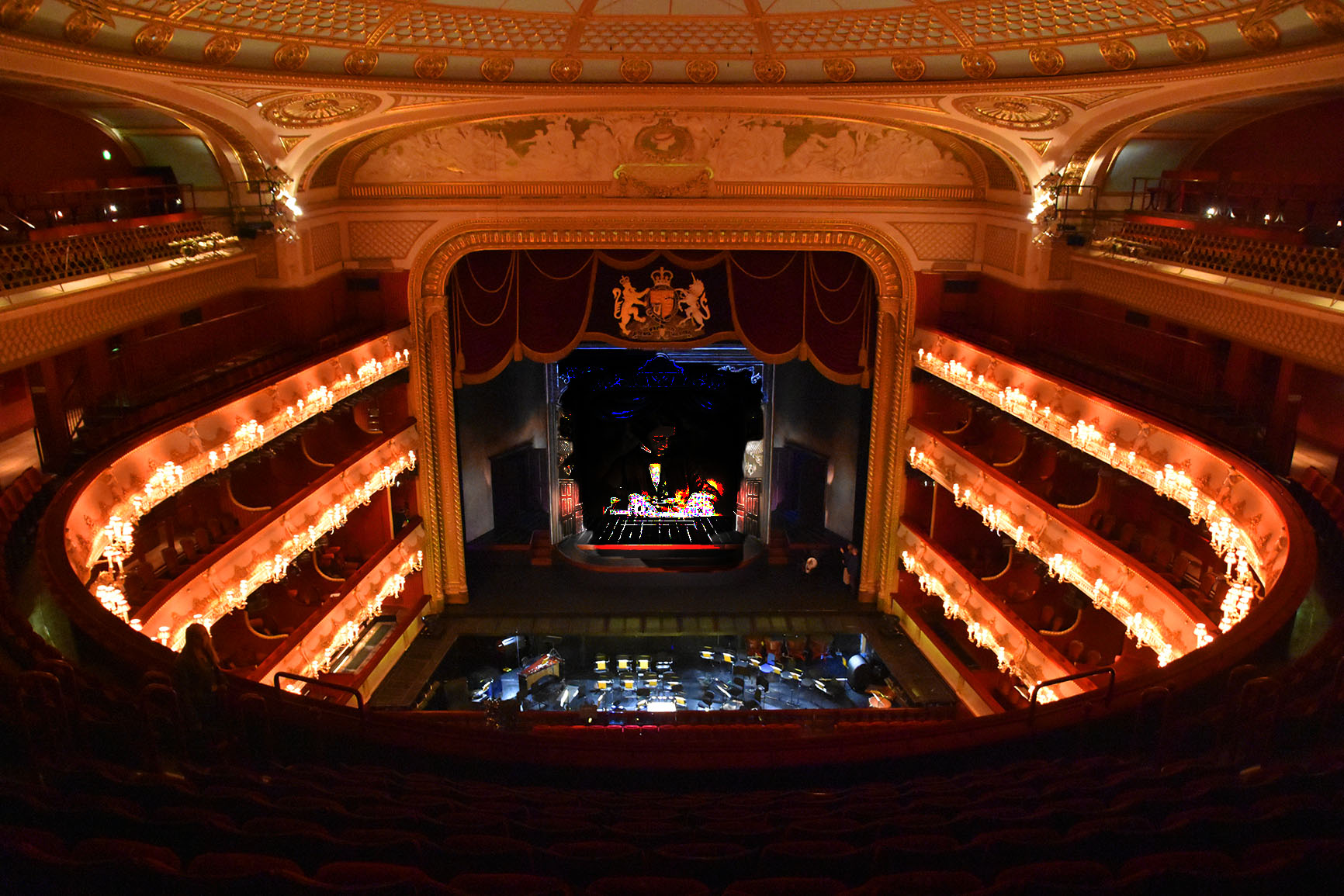
The delights of the new highly visual ‘Alice’s Adventures Under Ground’ funk opera followed an exciting private tour of the inner-workings of this magical rabbit-warren venue.
Two very different experiences. The noisy evening operatic performance, with its crescendo of appreciative roars from the audience throughout the amphitheatre, gallery, stalls, boxes and balconies was in great contrast to the comparative quiet of my previous Alice-style journey through the labyrinthine of passages.

A sense of history and grandeur pervades. The glide from traditional to modern architecture is almost a performance in itself, the mix and match buildings providing a fitting home to The Royal Opera, The Royal Ballet and the Orchestra of the Royal Opera House.
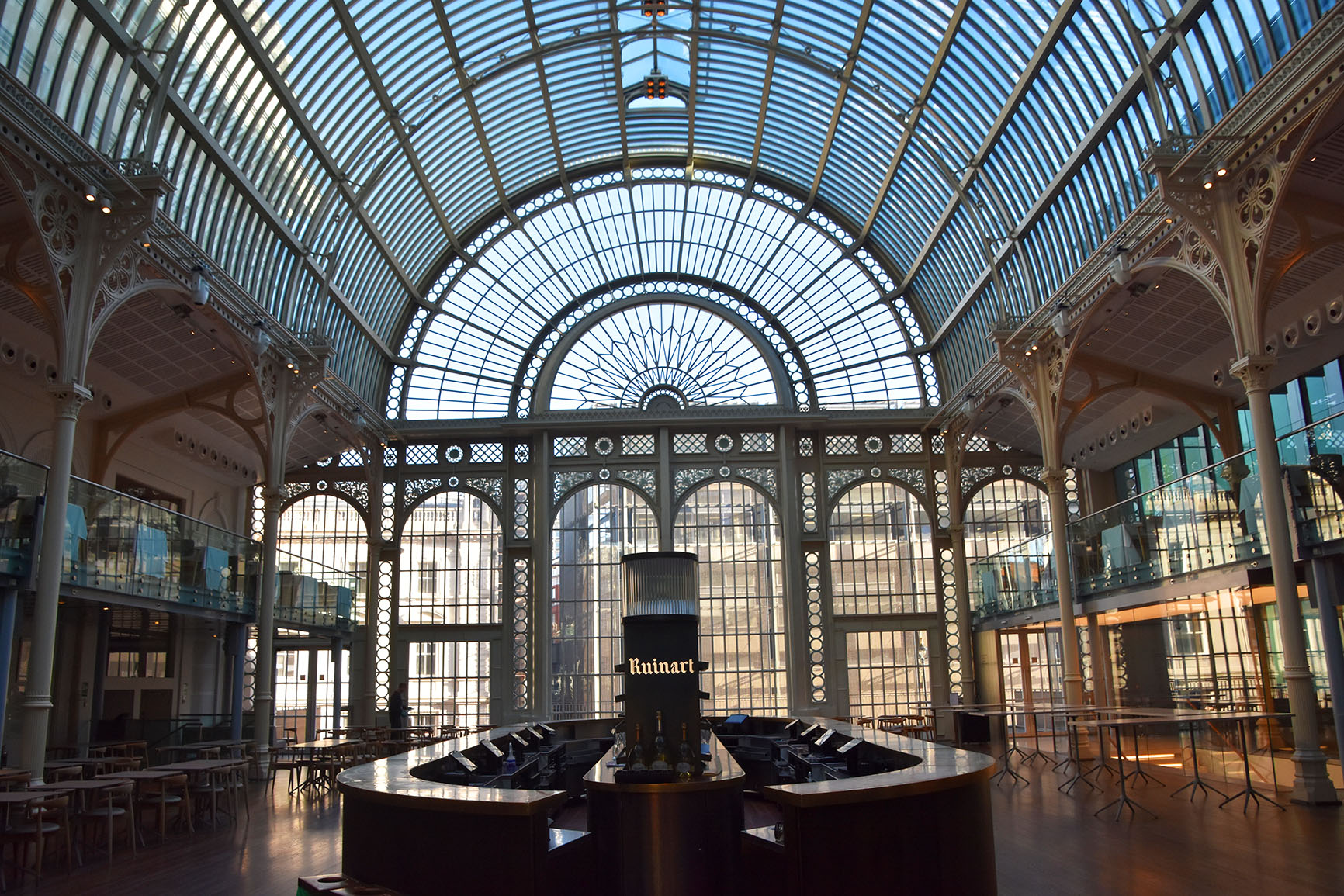
Since its original construction in 1734 the ROH (historically referred to as ‘Covent Garden’) has welcomed the great and the good, from performance artists to a wide range of international audiences.
Although it looks simple and square from the outside, don’t be fooled. It feels much bigger on the inside.
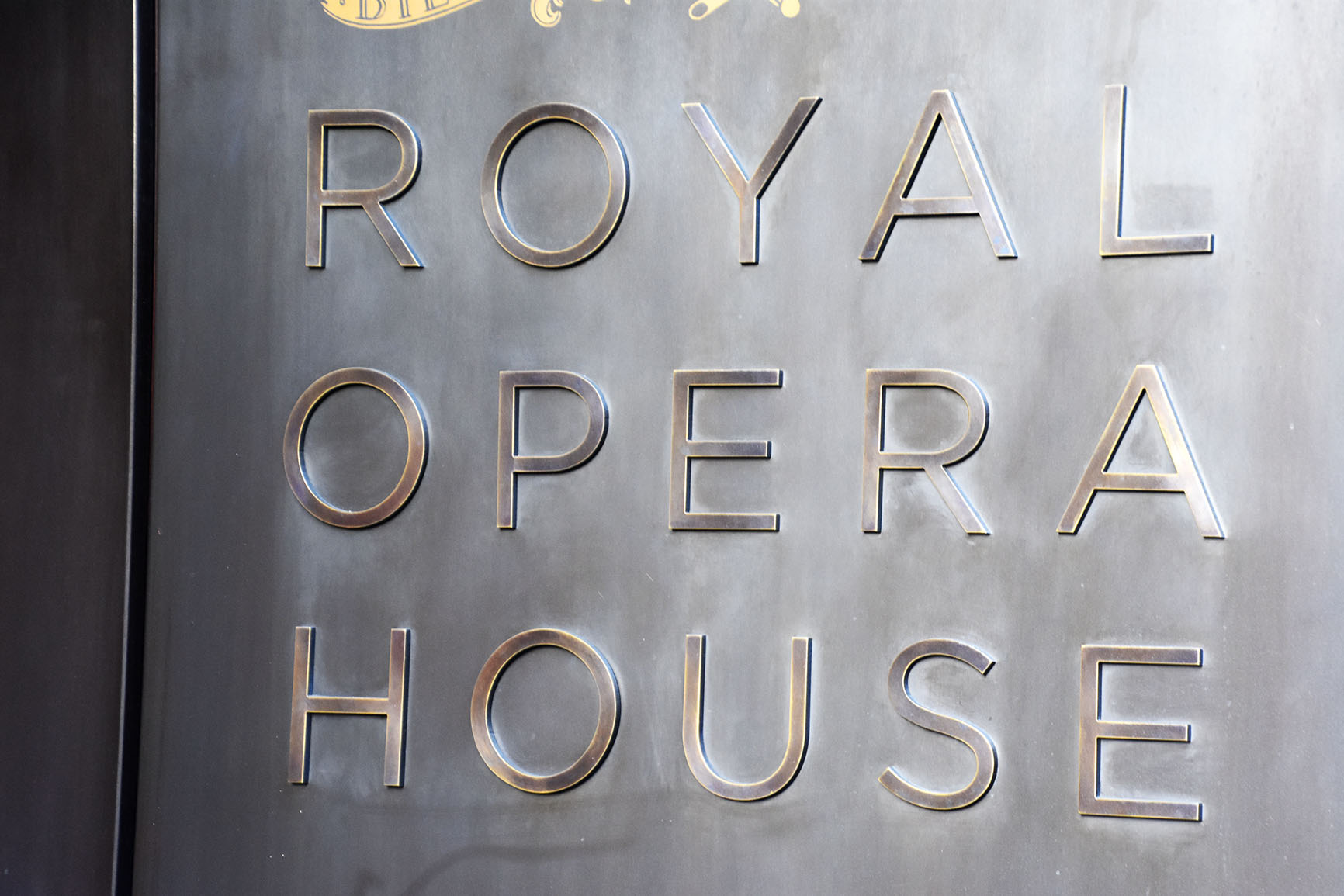
I was seduced by the majesty of this most famous of auditoriums. Invited to take a privileged peek in, around and through this extraordinary building, I felt like the ghost of Christmas past drifting through the glass façade, foyer, restaurants, bars, dye-room areas, practice halls, backstage areas, glass-clad Paul Hamlyn Hall (PHH) and ruby-red main theatre.
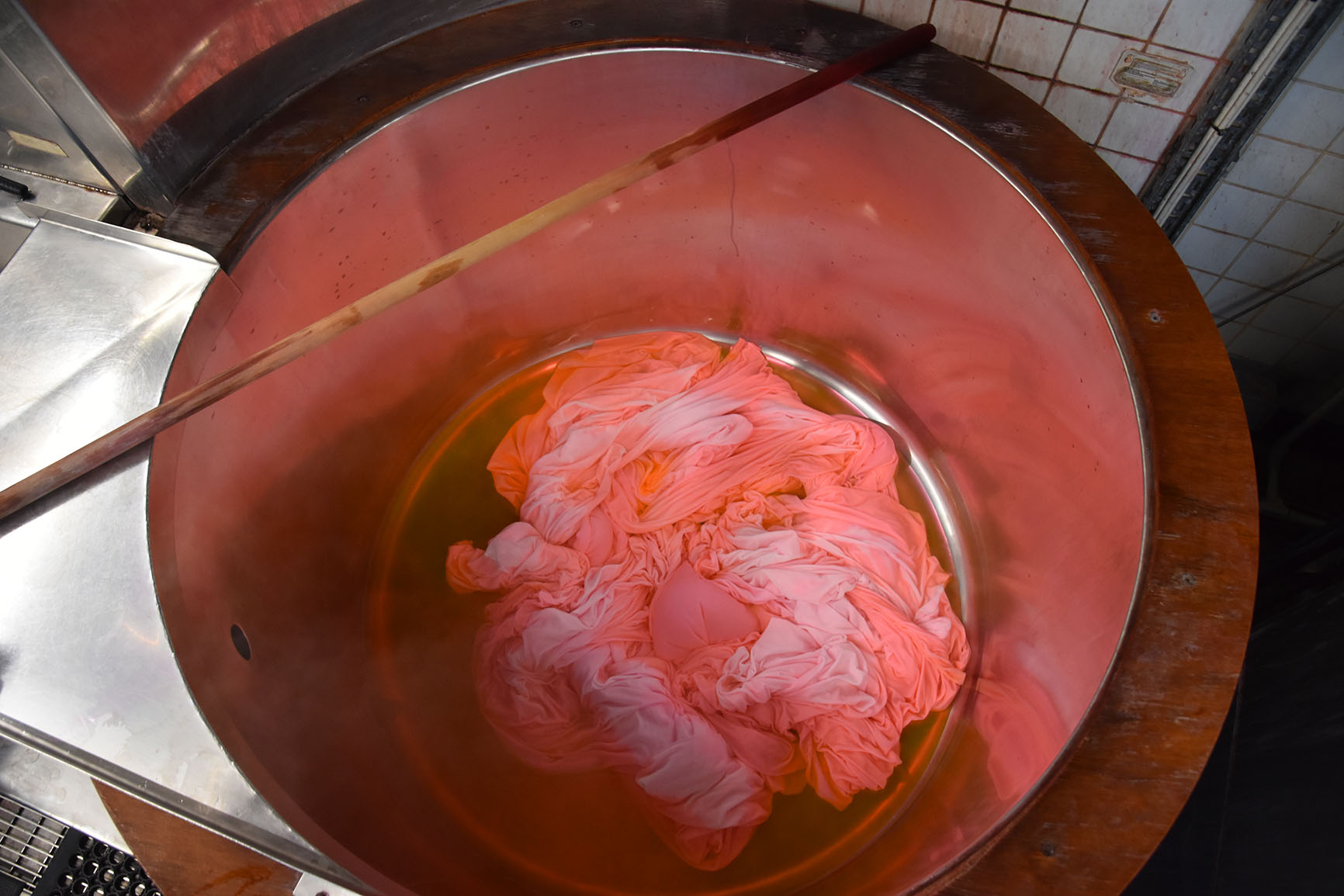
As my photographs show, the building was almost empty during my visit. But for the distant sound of choral practice, main stage rehearsals and the quiet burble of visitors queuing for tickets, it was more akin to journeying through the Mary Celeste, than one of the world’s most famous performance buildings.
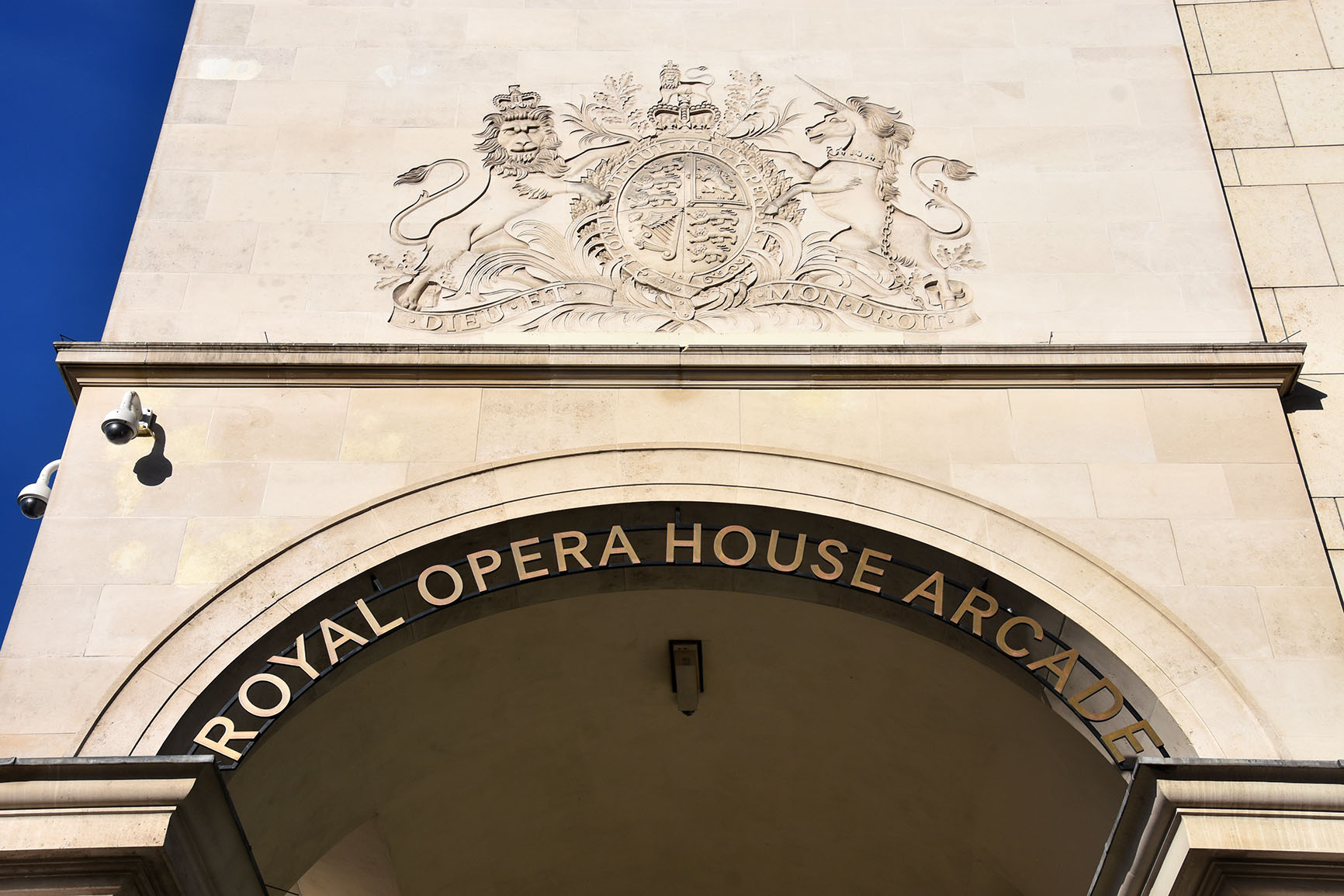
Navigating my way from the façade into the building and between the various floors and foyers would have been impossible without the welcome direction of my friend Alex Beard (CEO) and Dani Patrick. I was ushered past backstage props (La Traviata bed), sound studios, costumes (Mad Hatter’s coat), dye-room paraphernalia, practice hall corridors, dressing rooms, open sky PHH and jaw-dropping 2,256 seat main theatre auditorium.
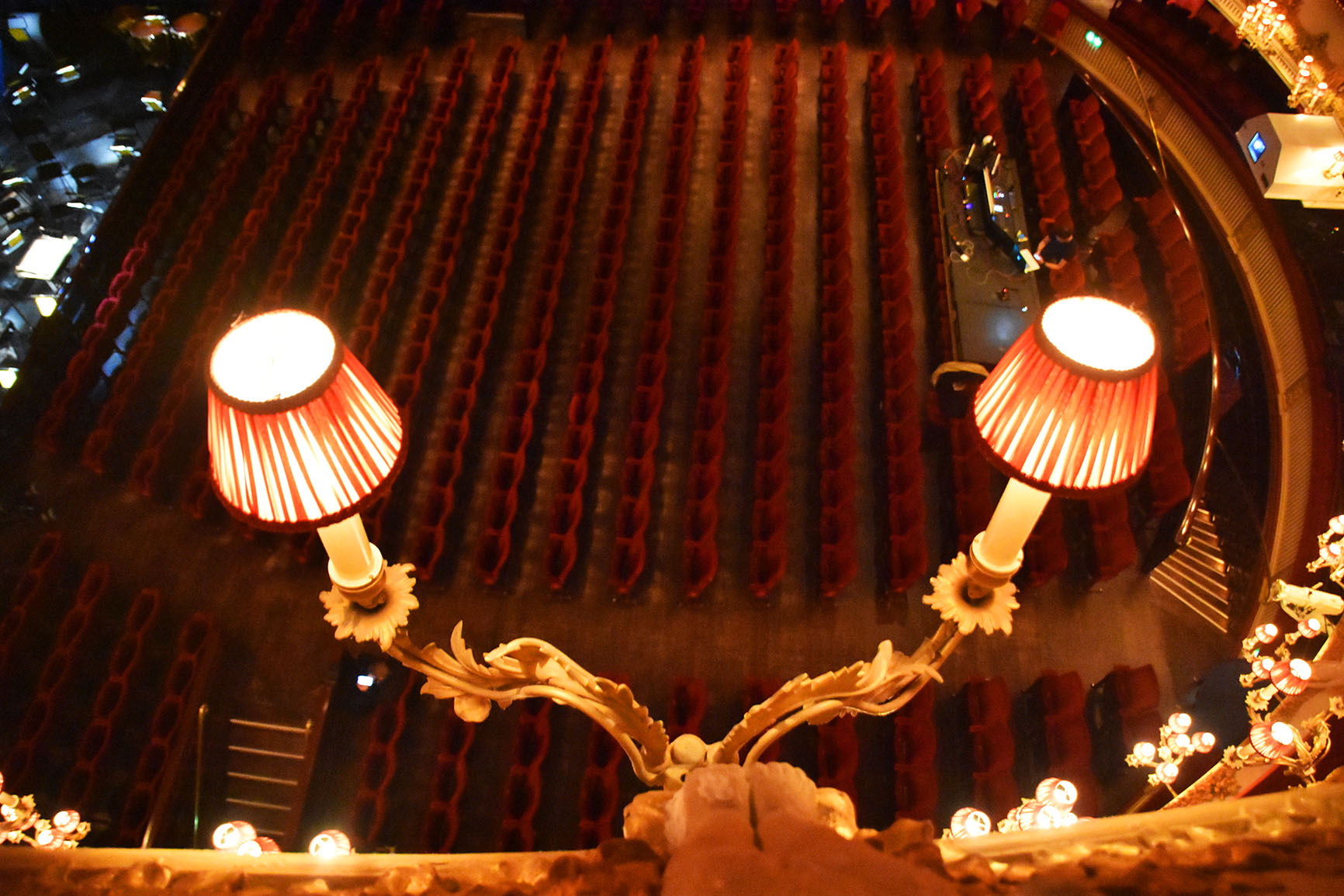
Observing quirkiness at every turn, I felt dizzy by the end. From the Sky Bridge that connects the Royal Ballet School to ROH (4th floor), the fabulous costumes and tutus (top bar), historical posters (main stage foyers), artistic stencil motifs (shop), crystal palace champagne bar (PHH), industrial back-stage hydraulics, military-precision audio decks, precisely parked stage sets and photos, statues and bills stickers of past performers (Rudolph Nureyev, Margot Fonteyn, Falstaff et al) – it is clear that Alice and all things Wonderland have found their rightful home.
